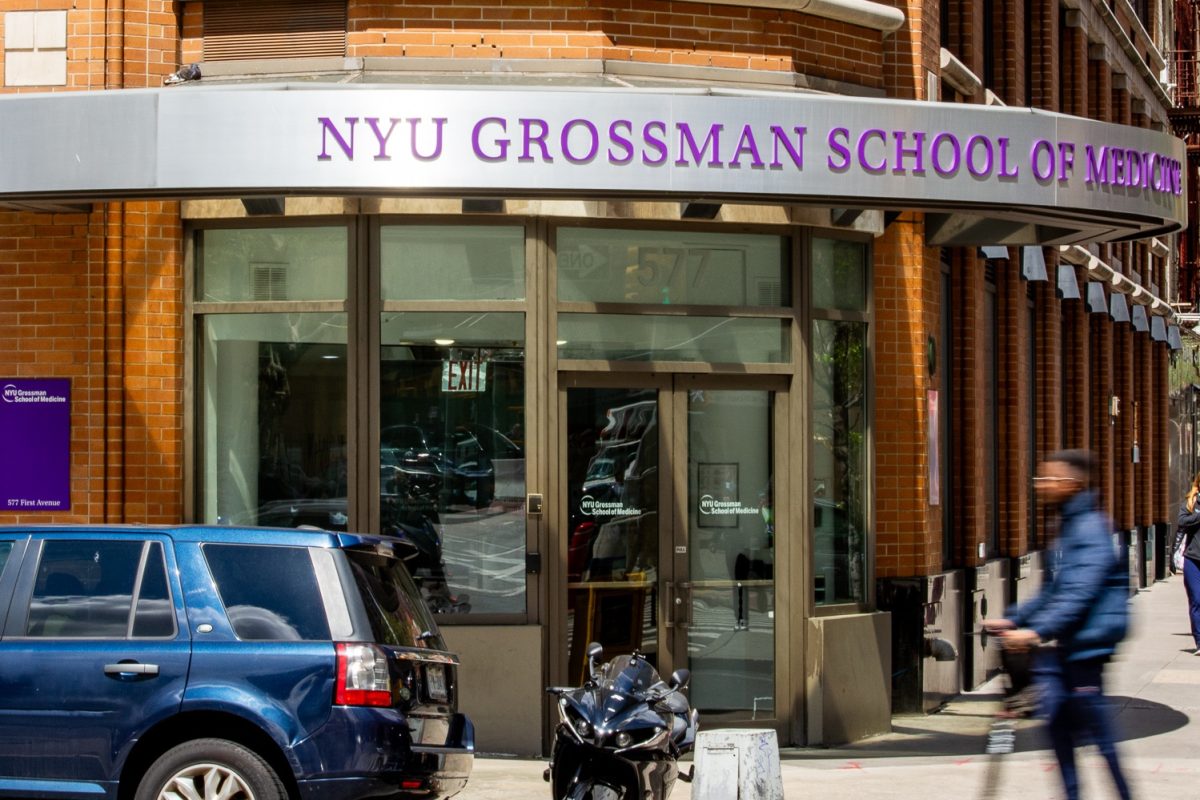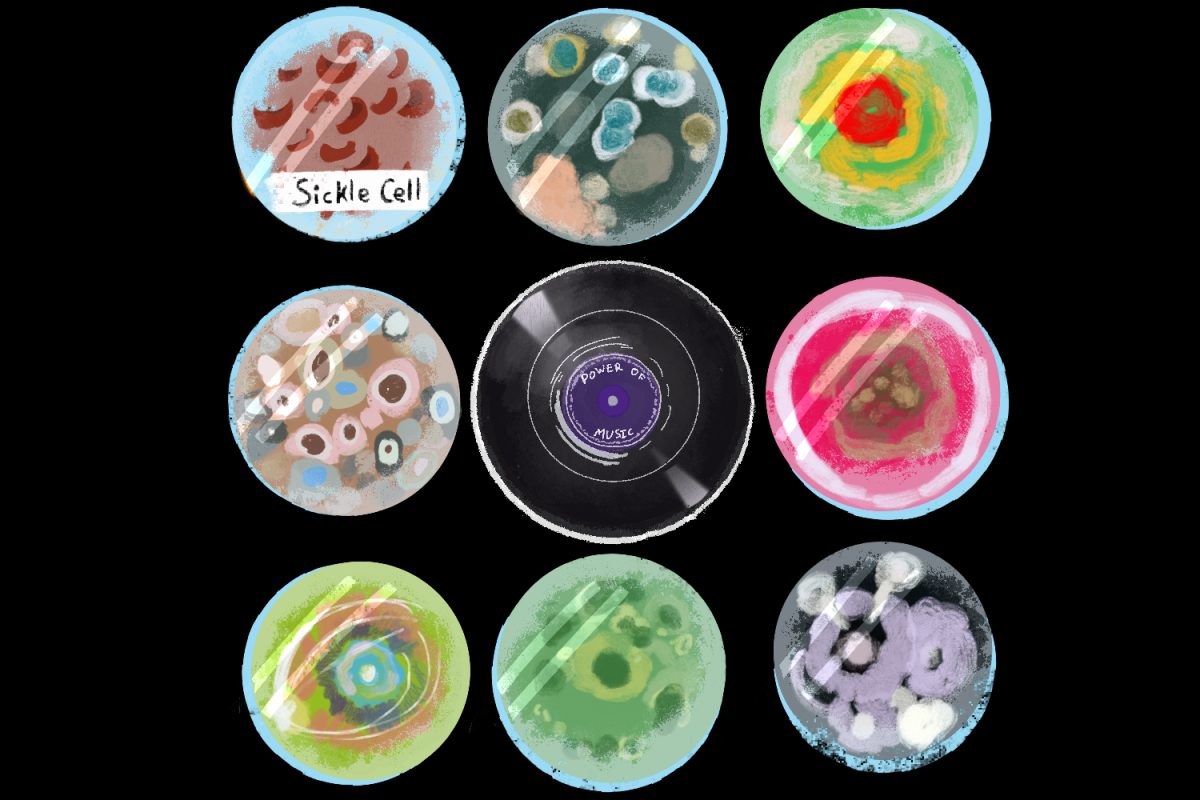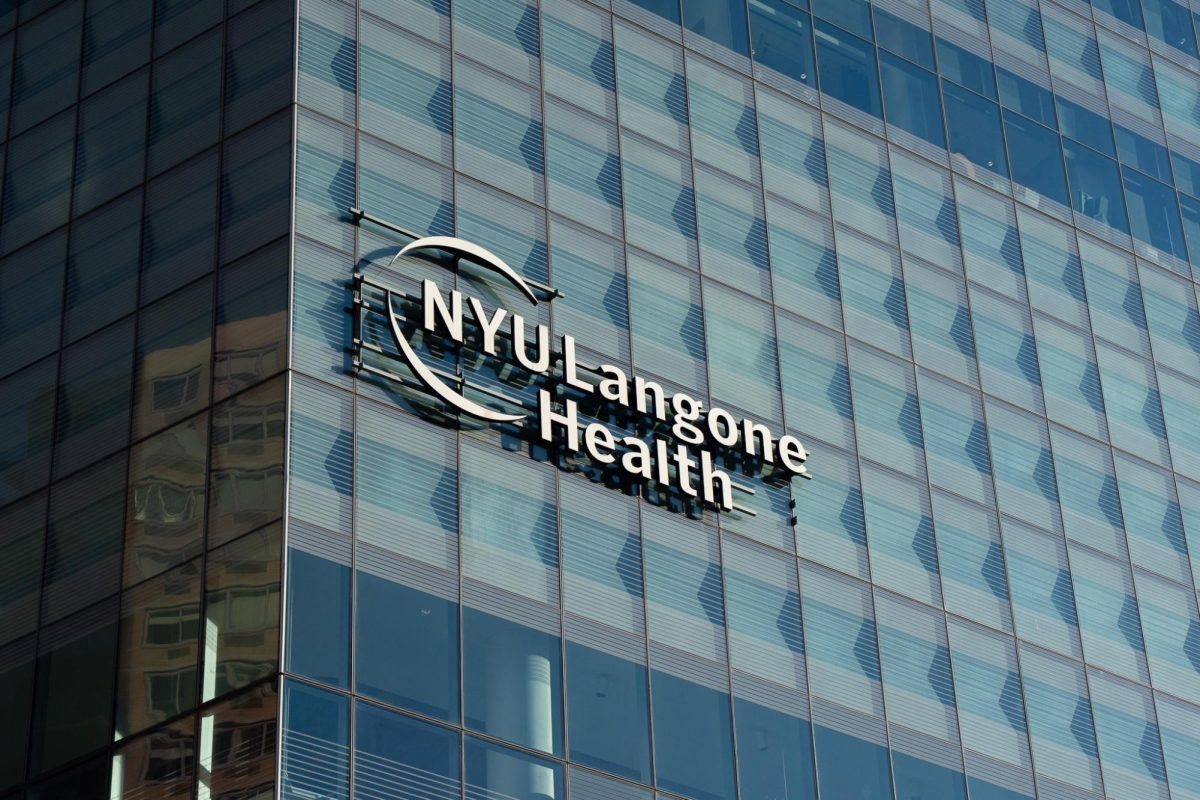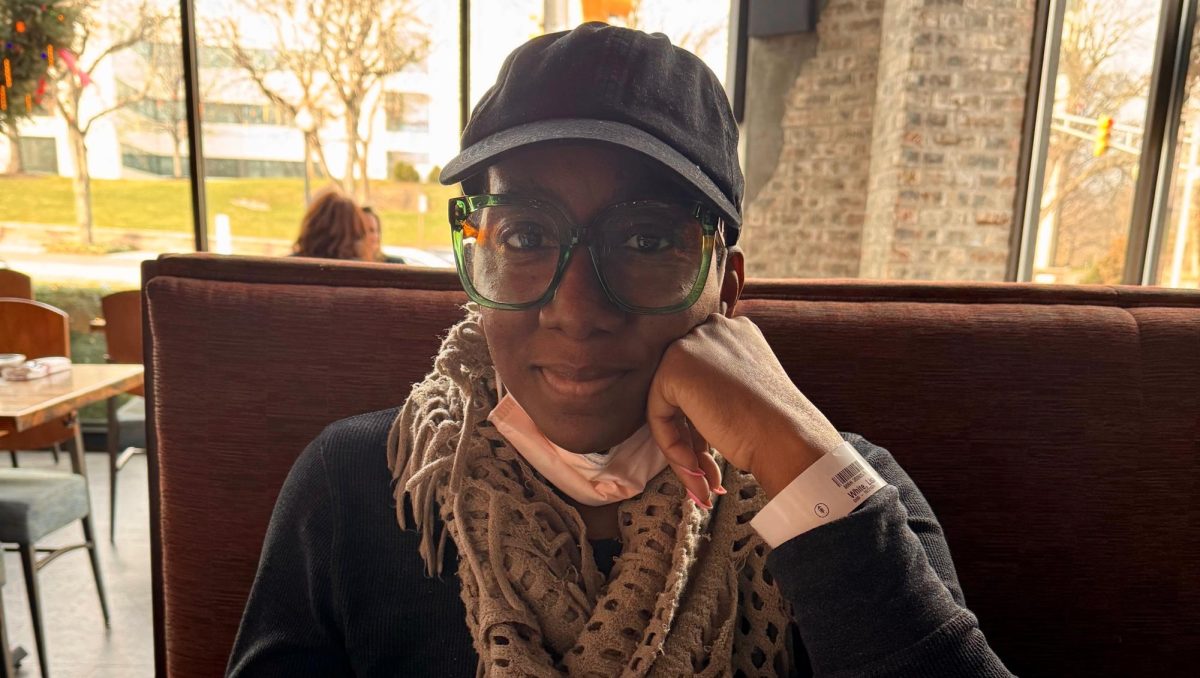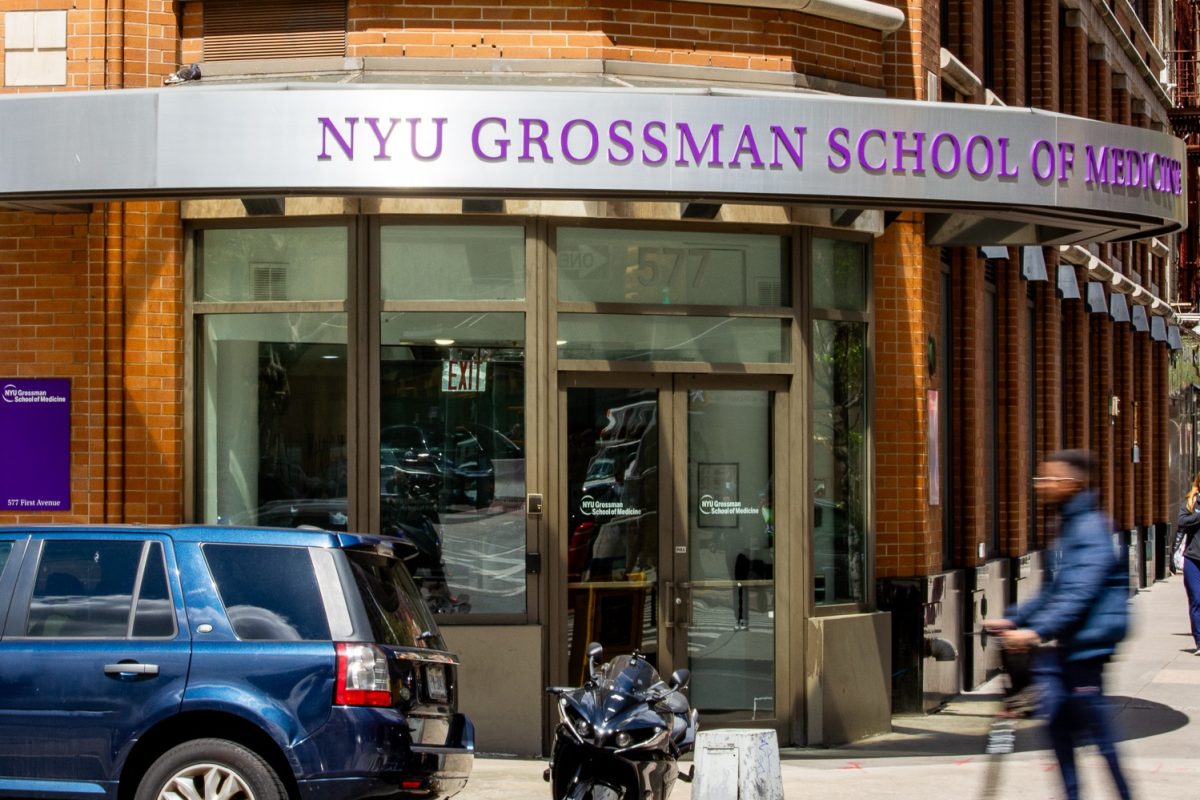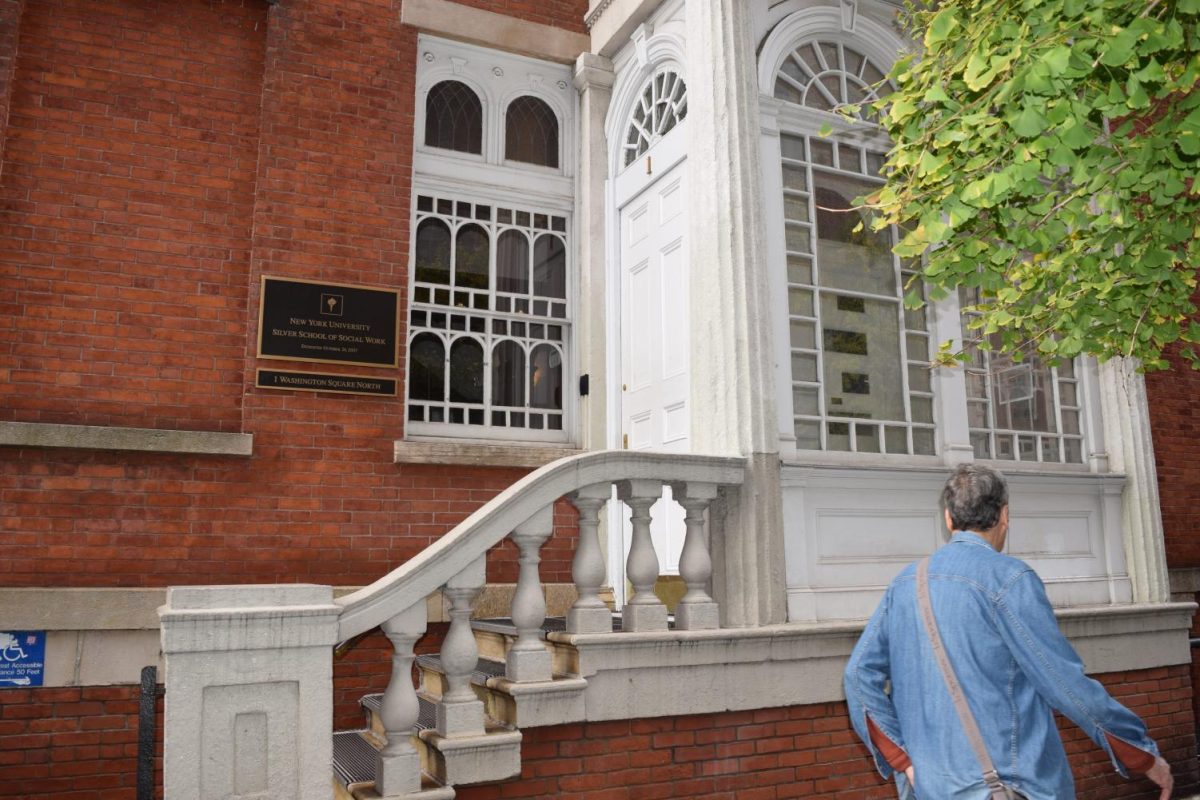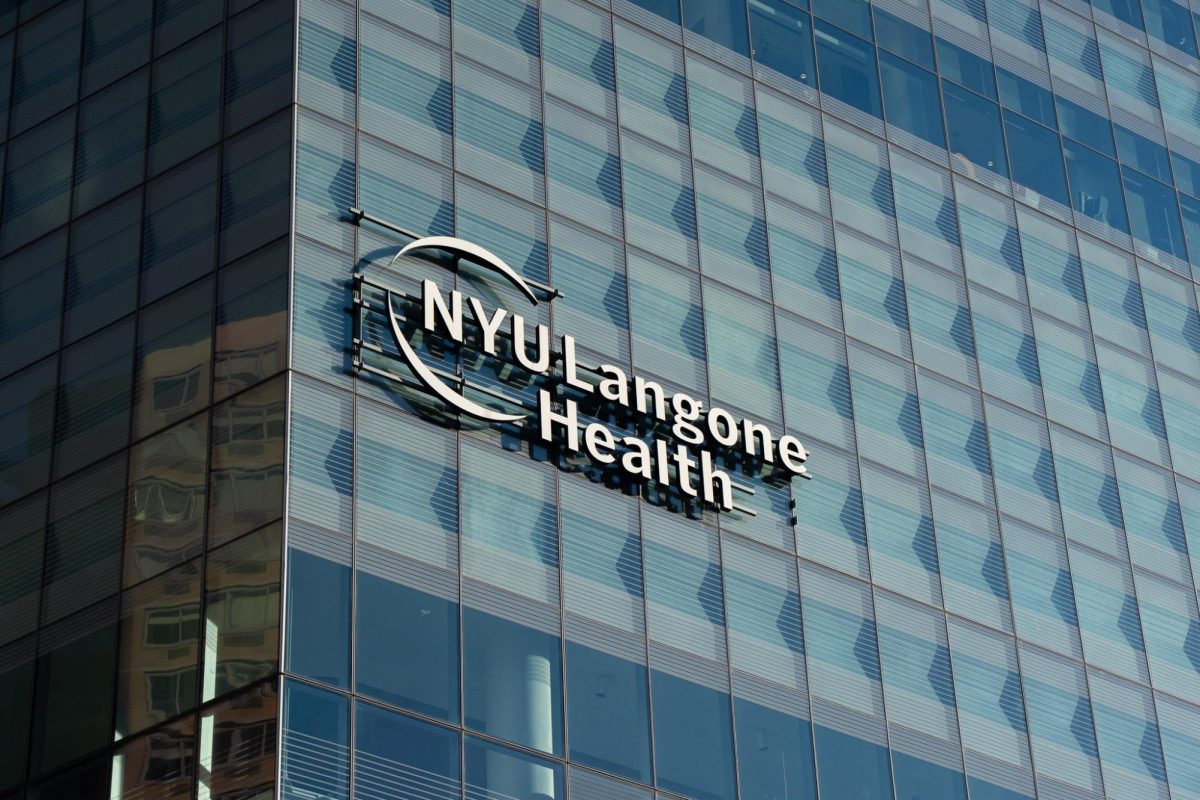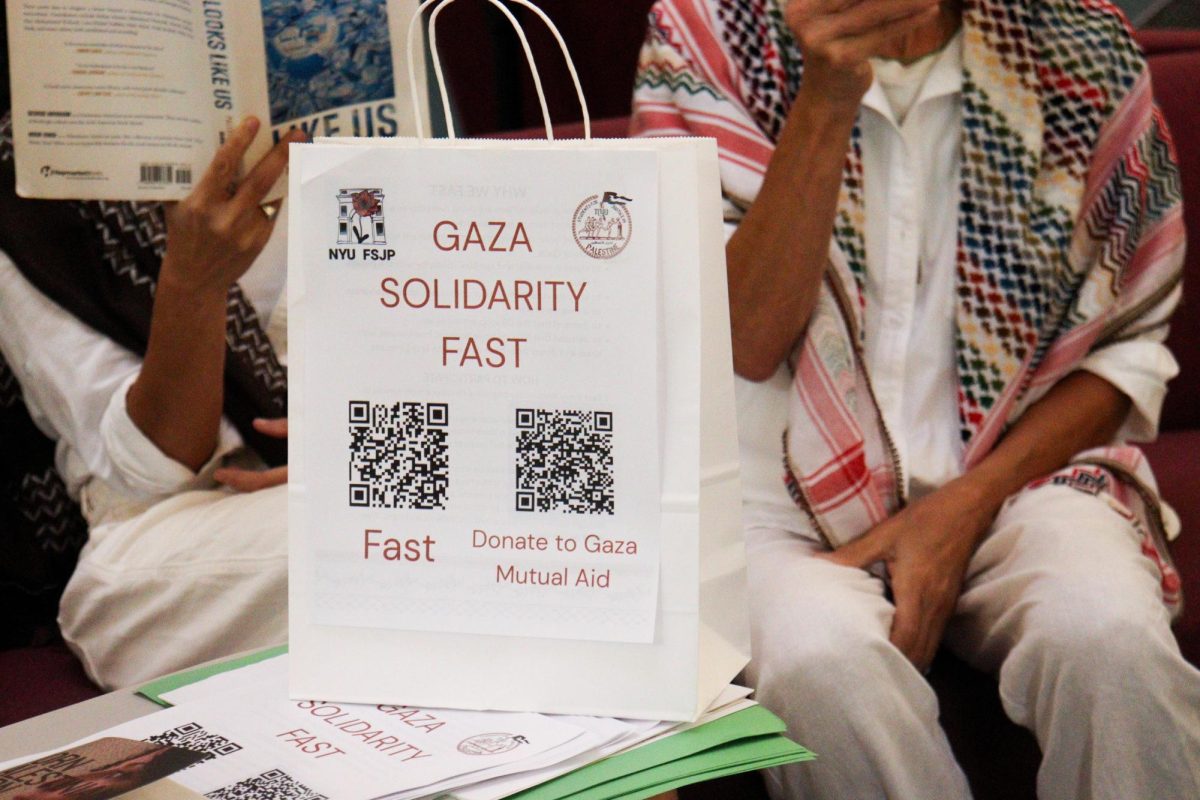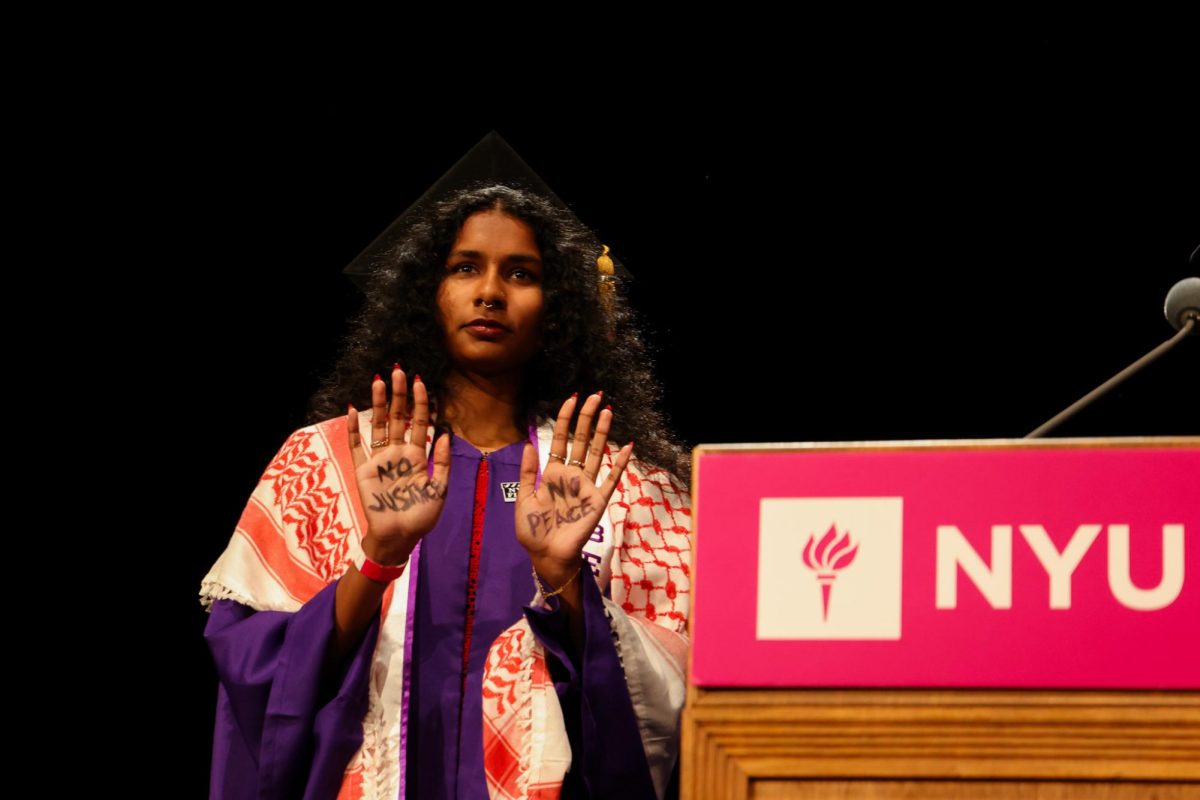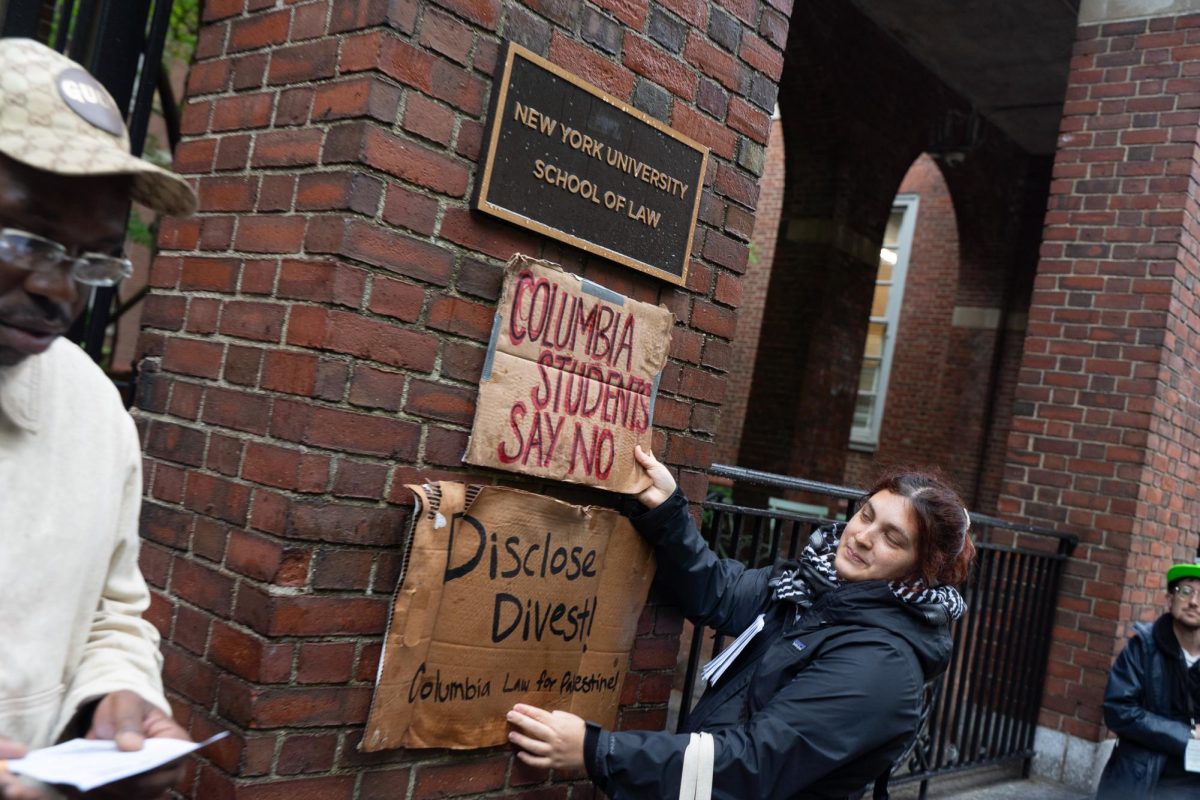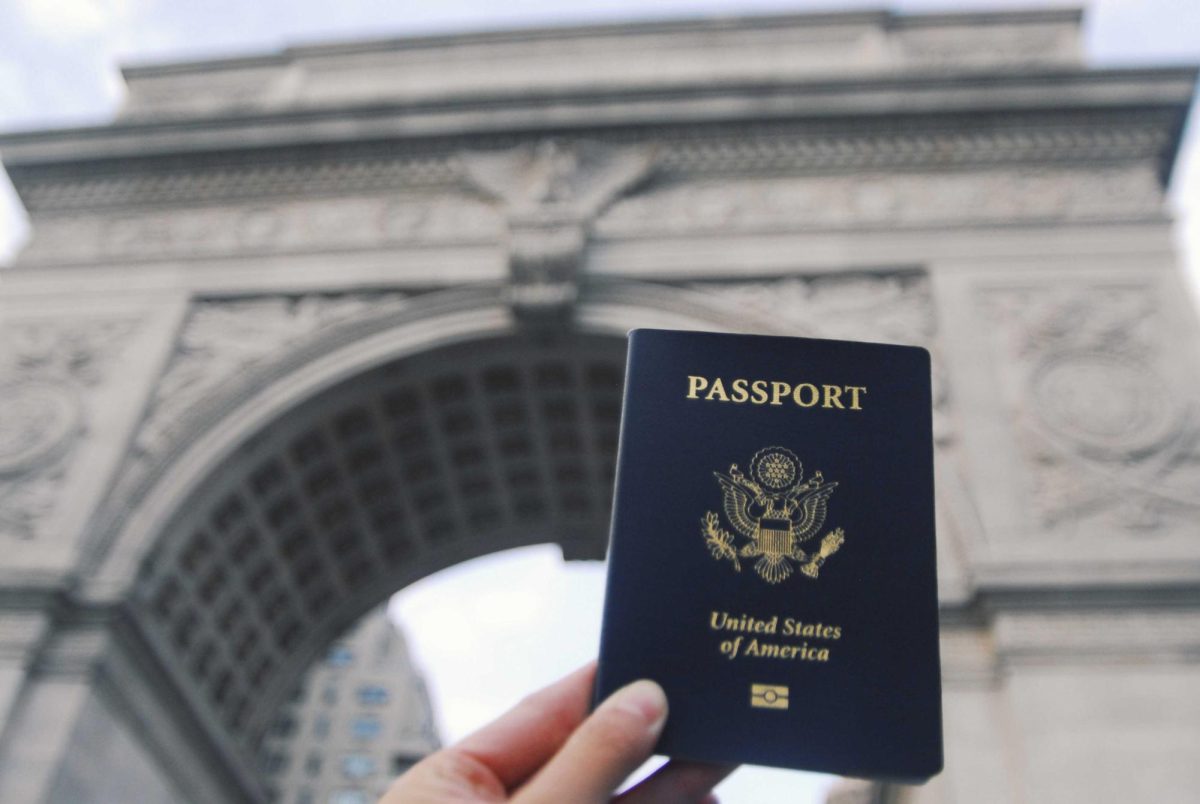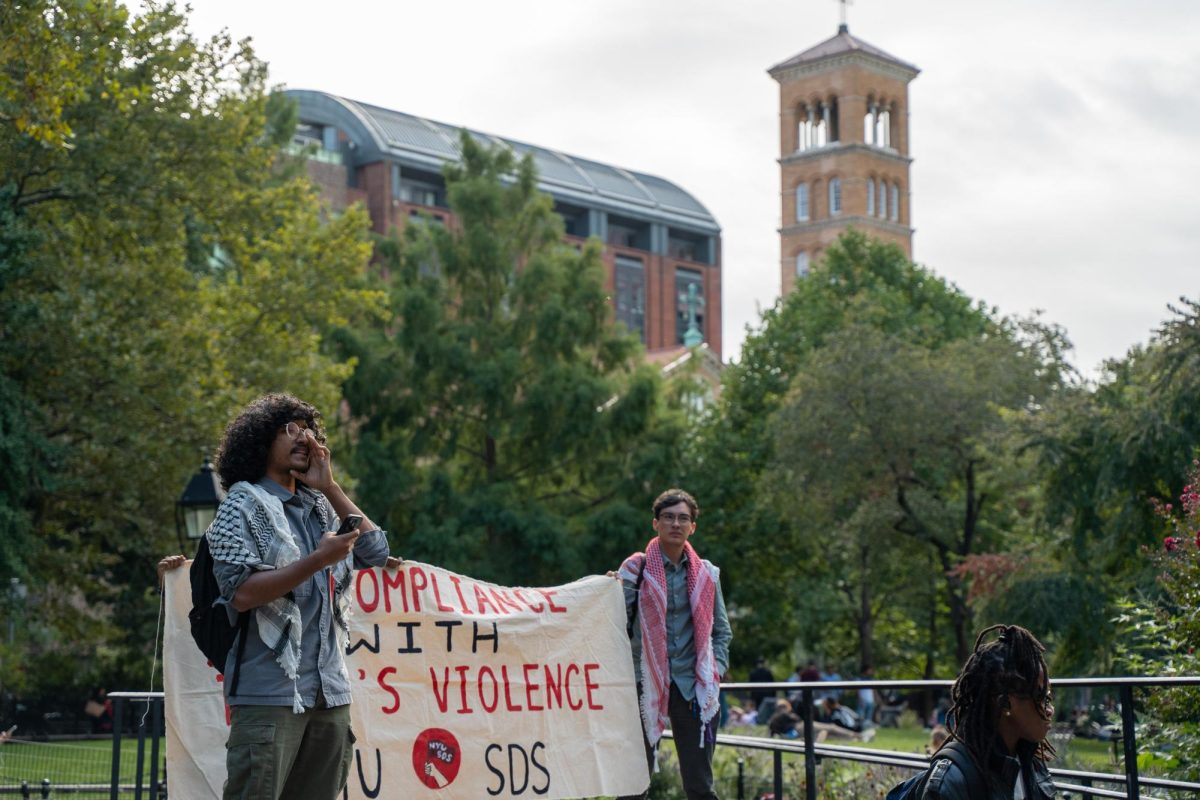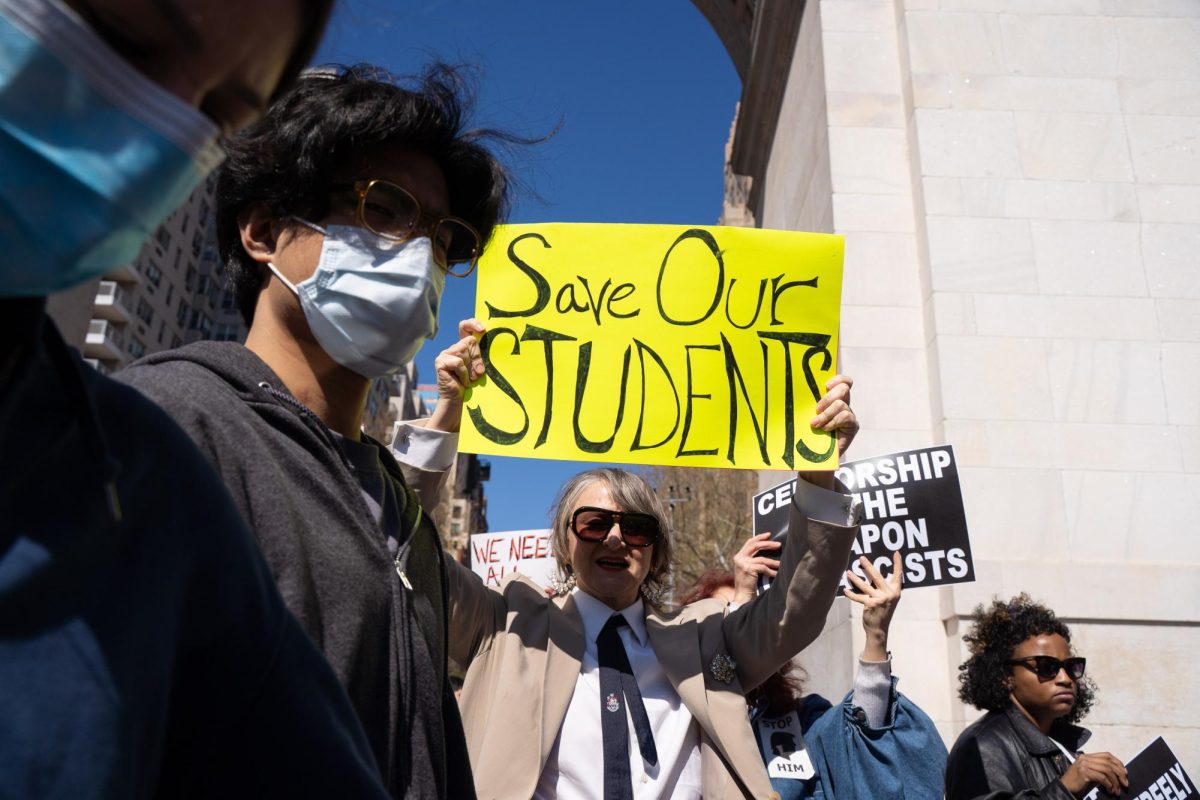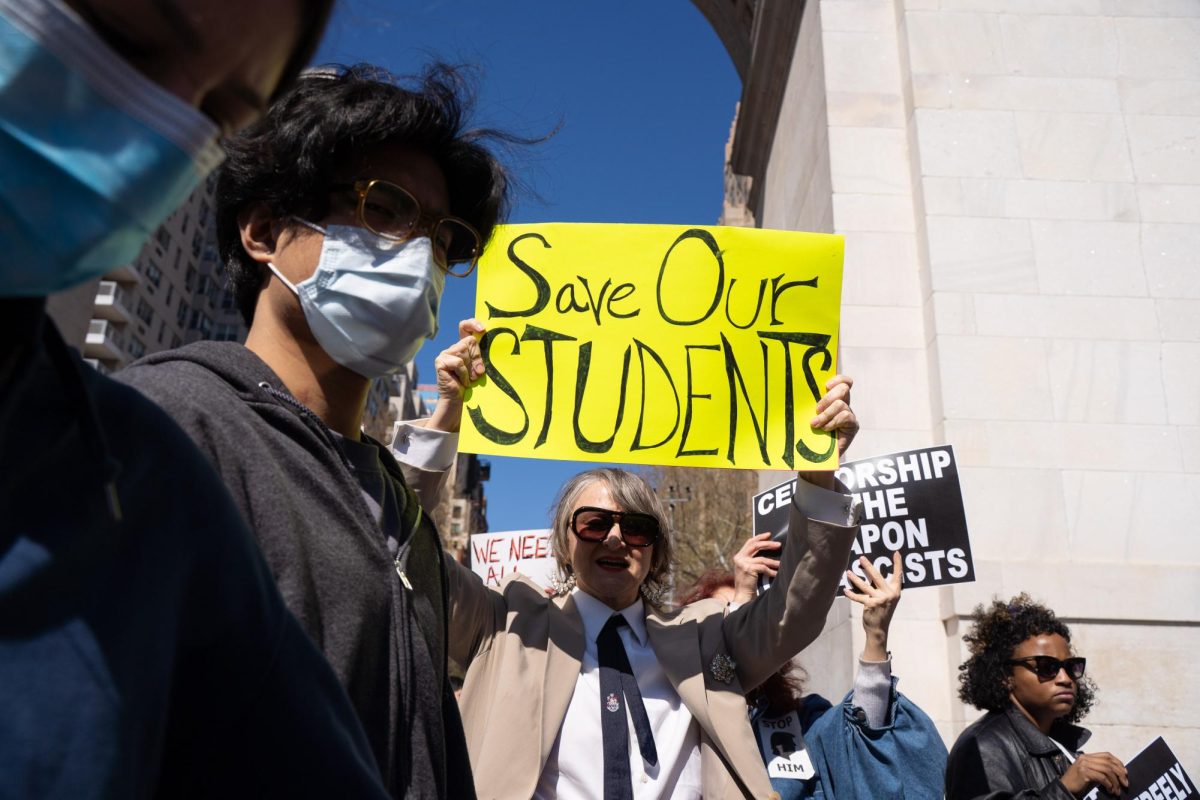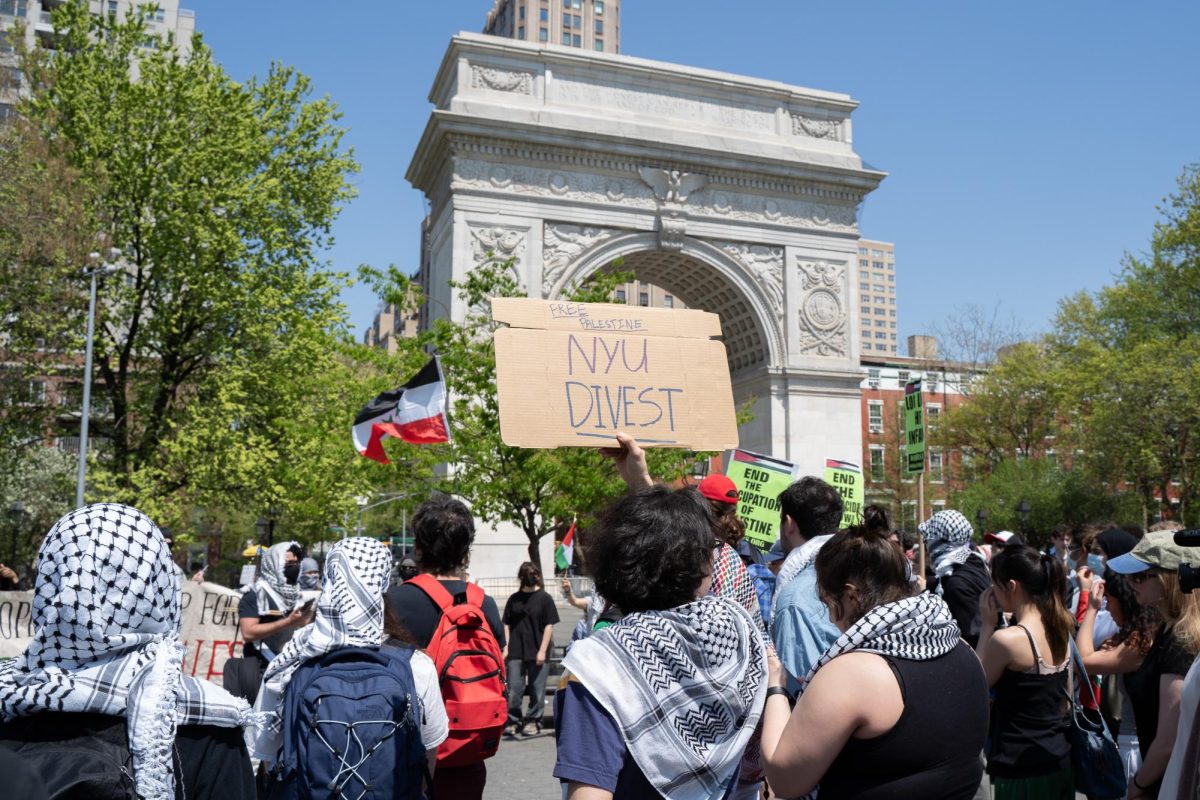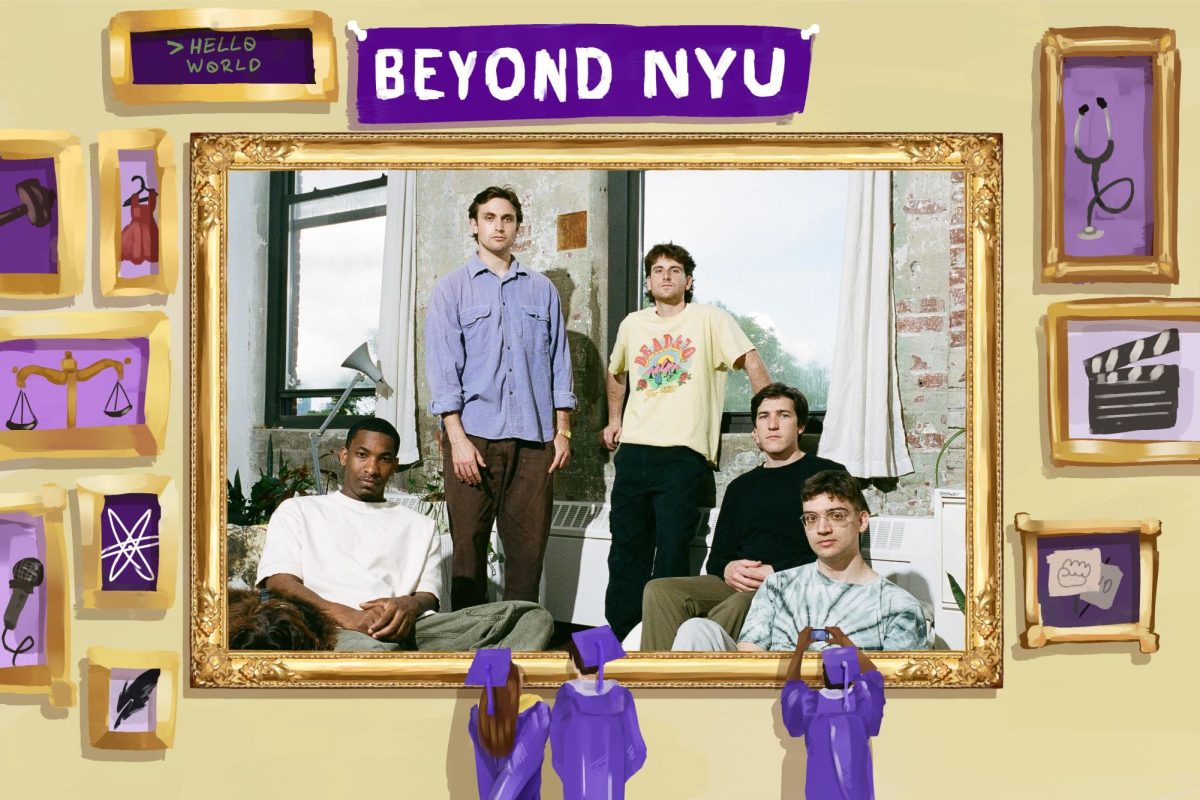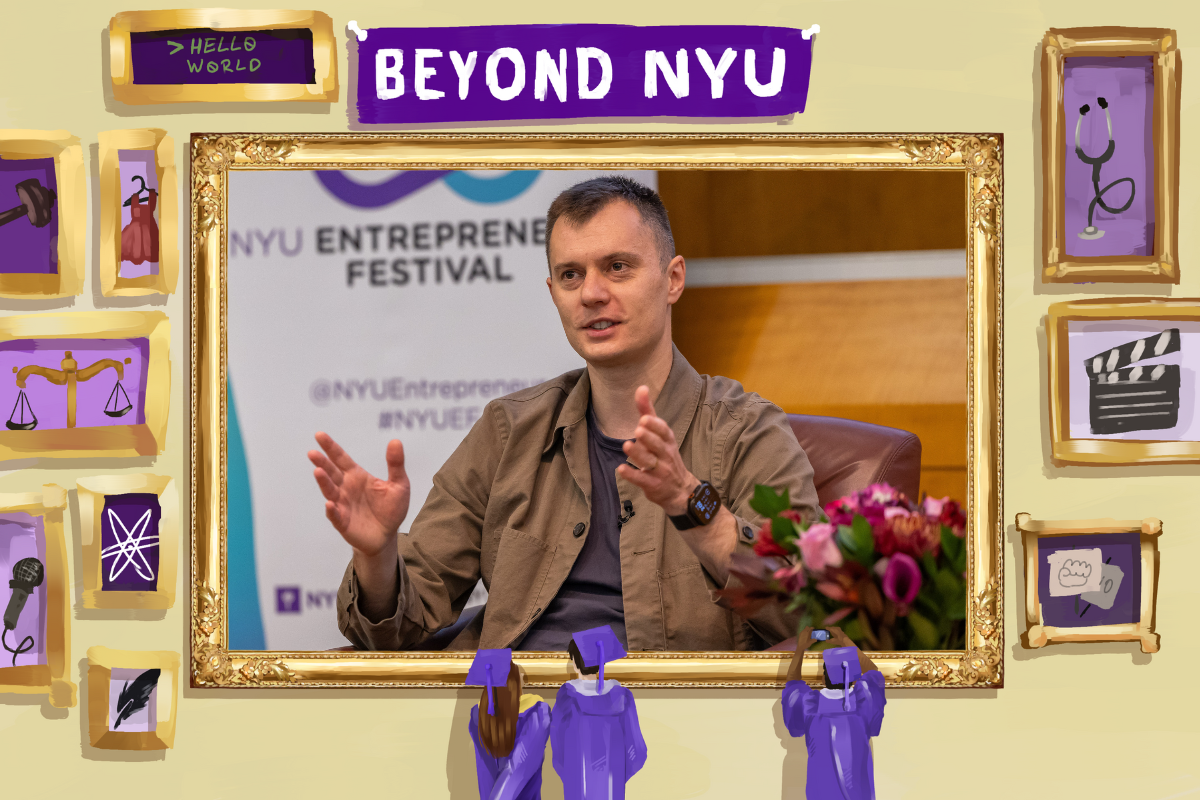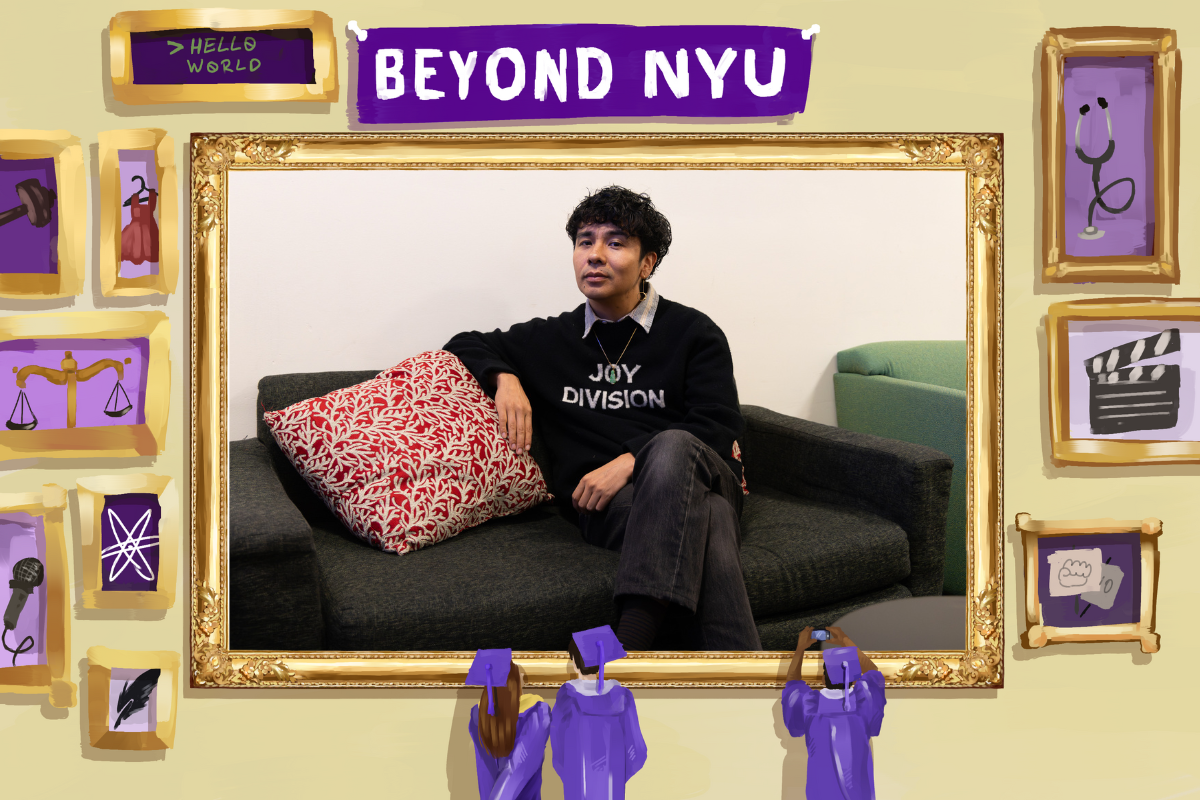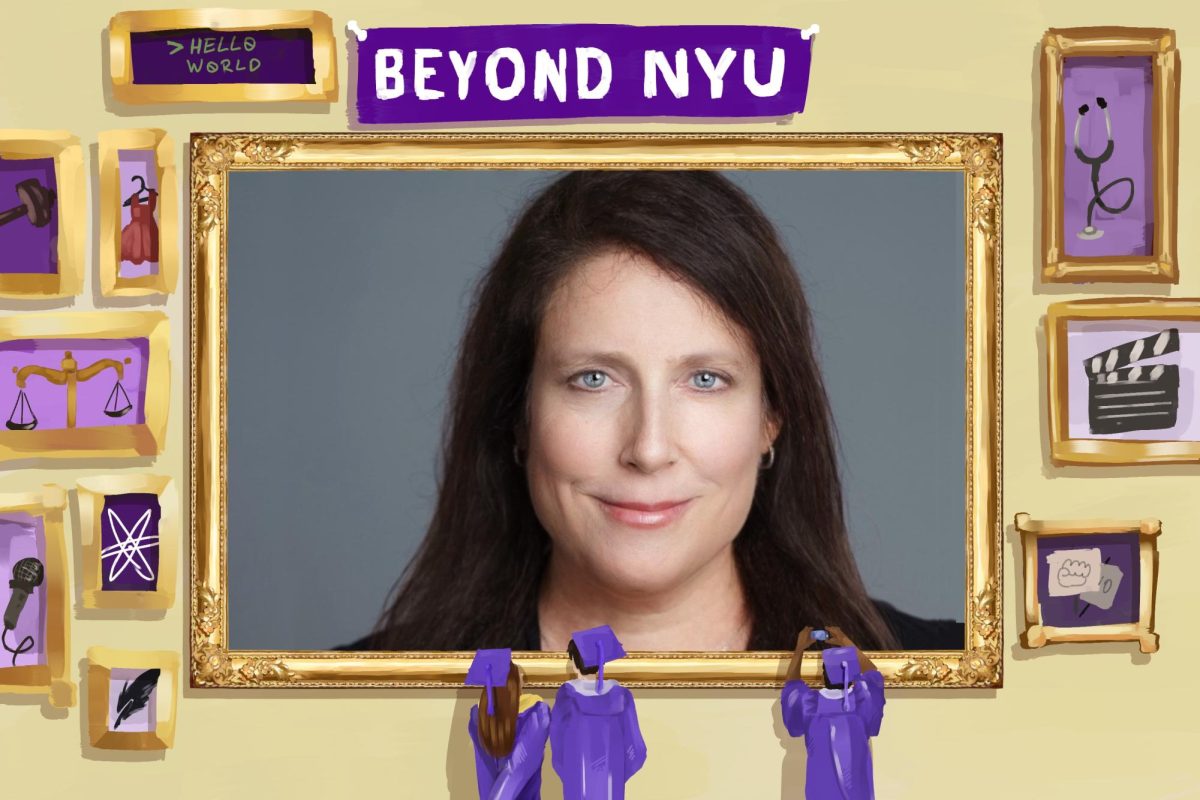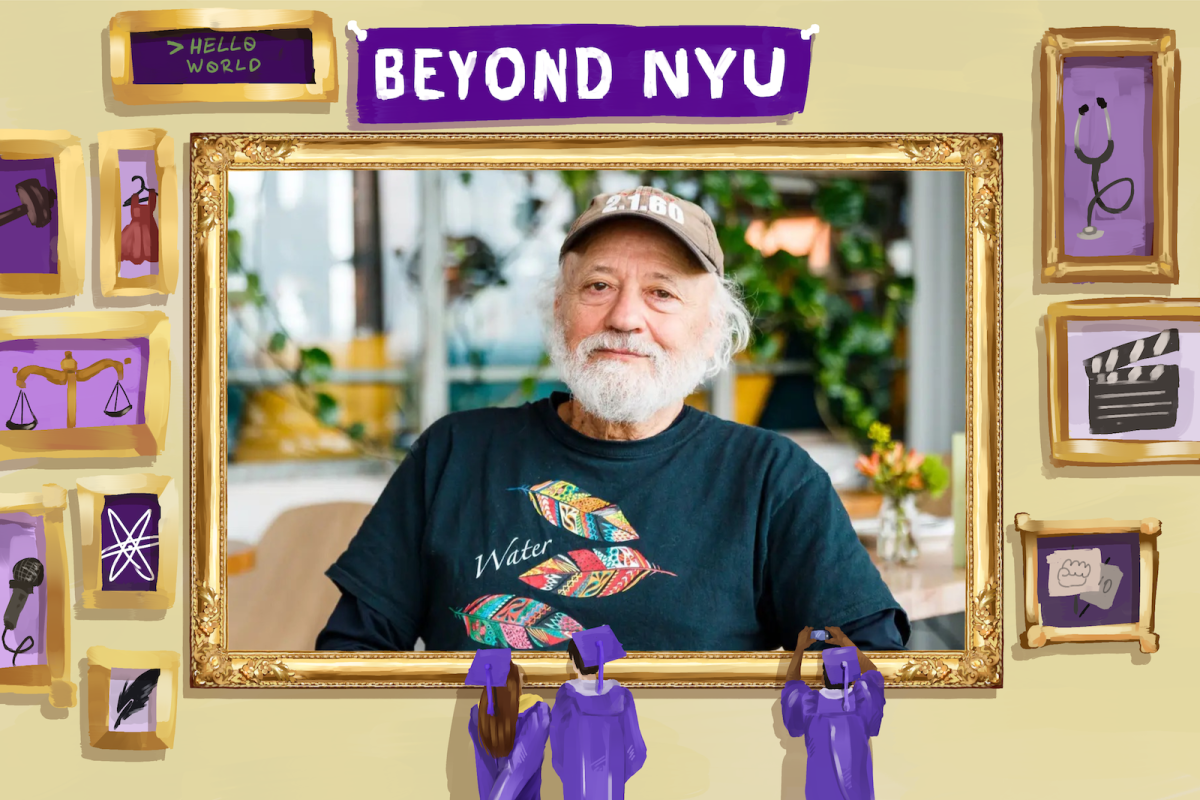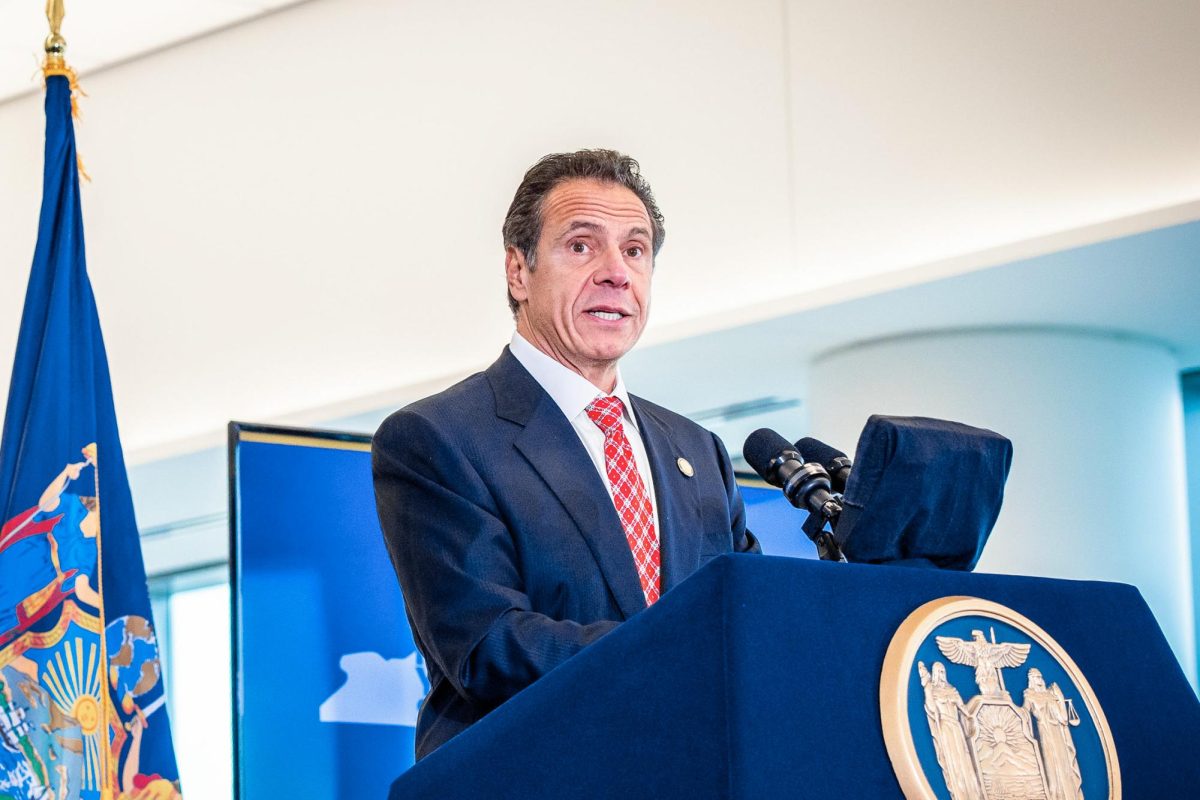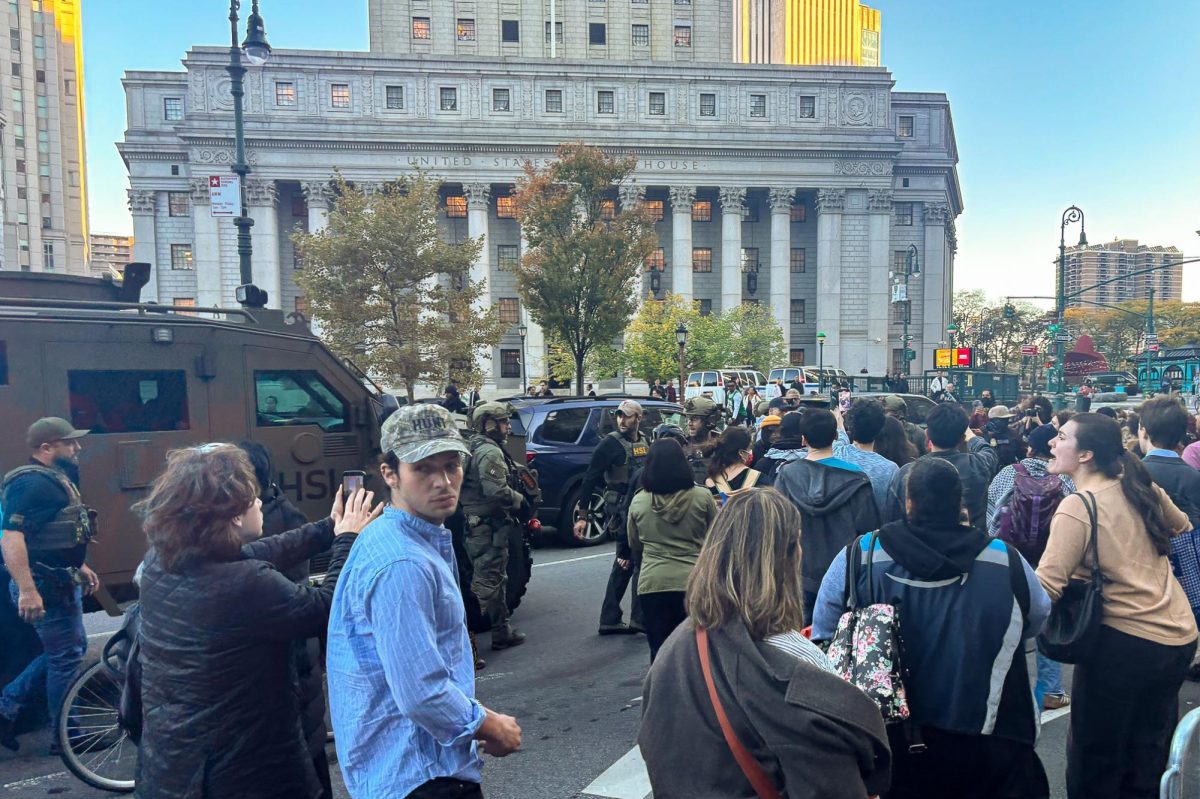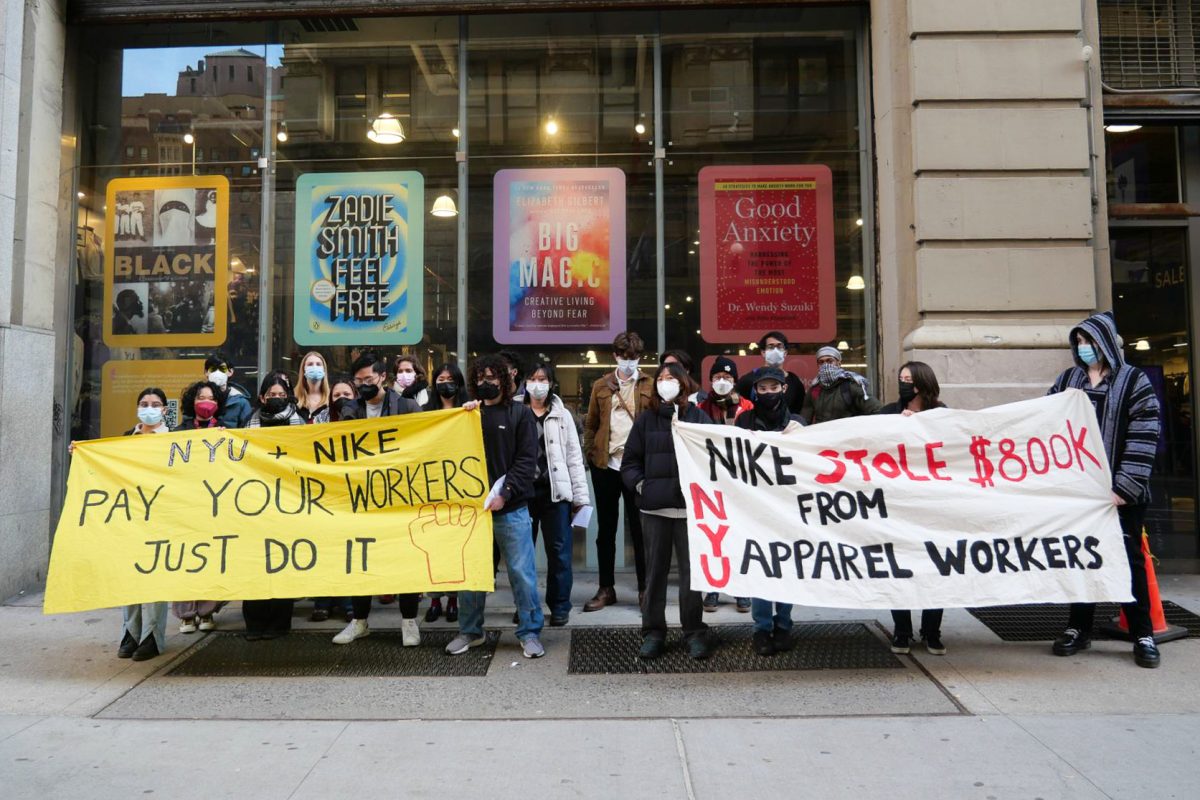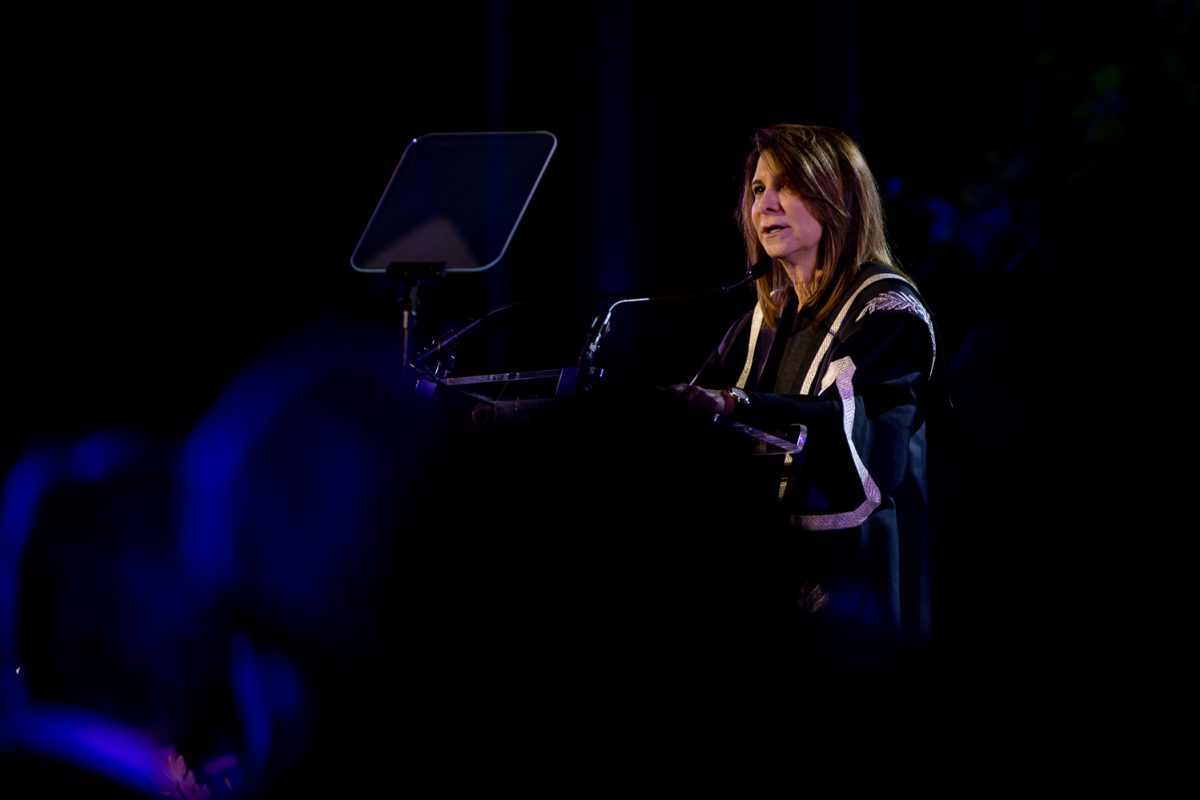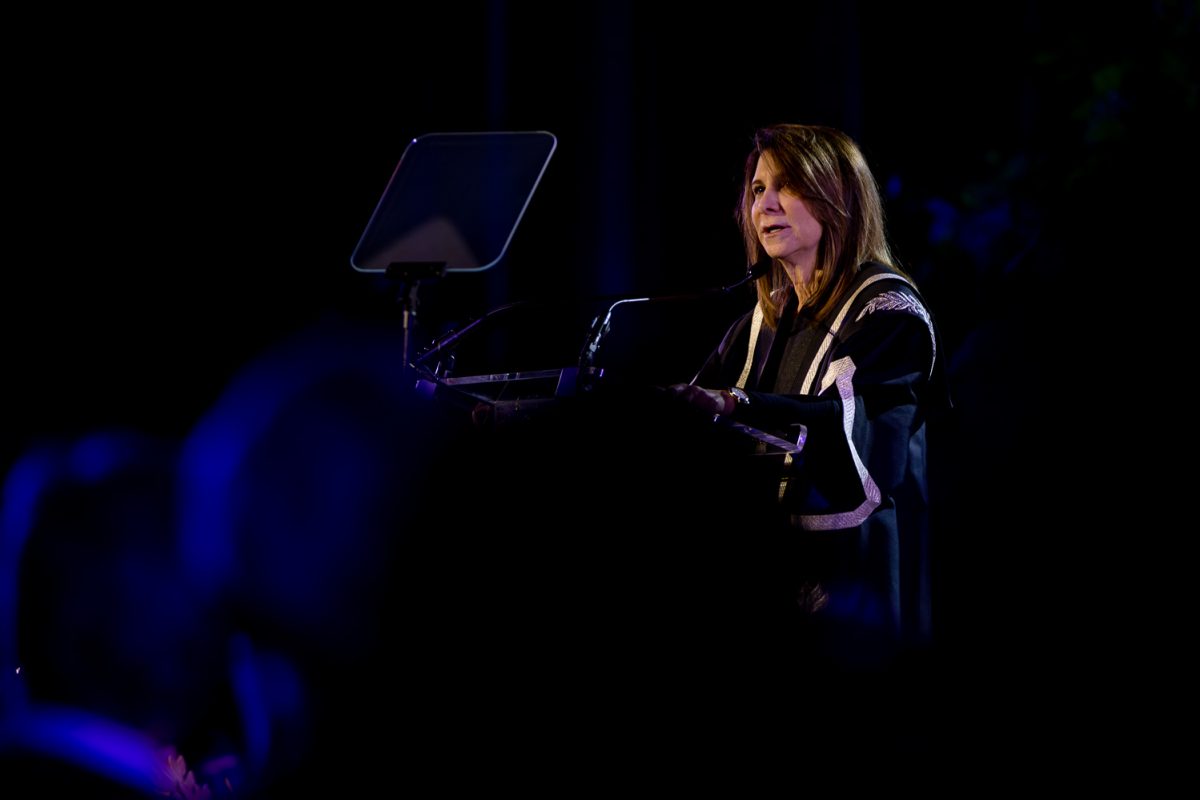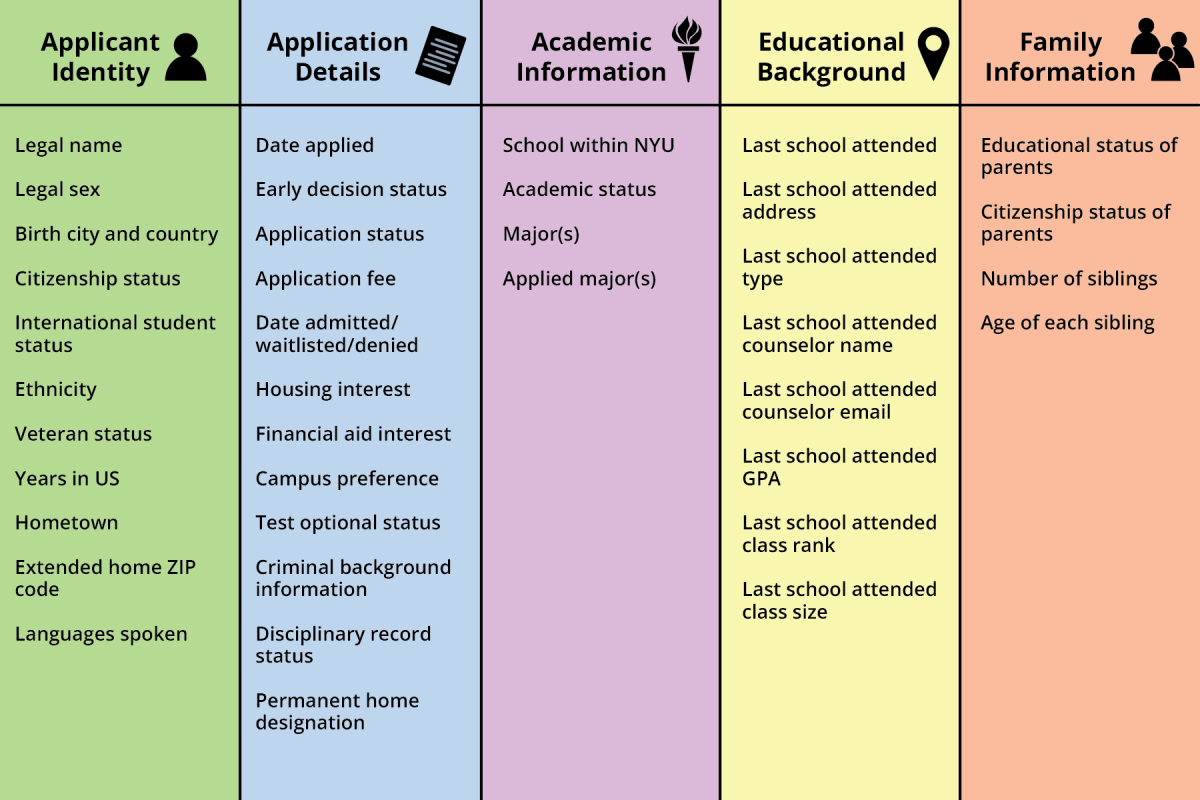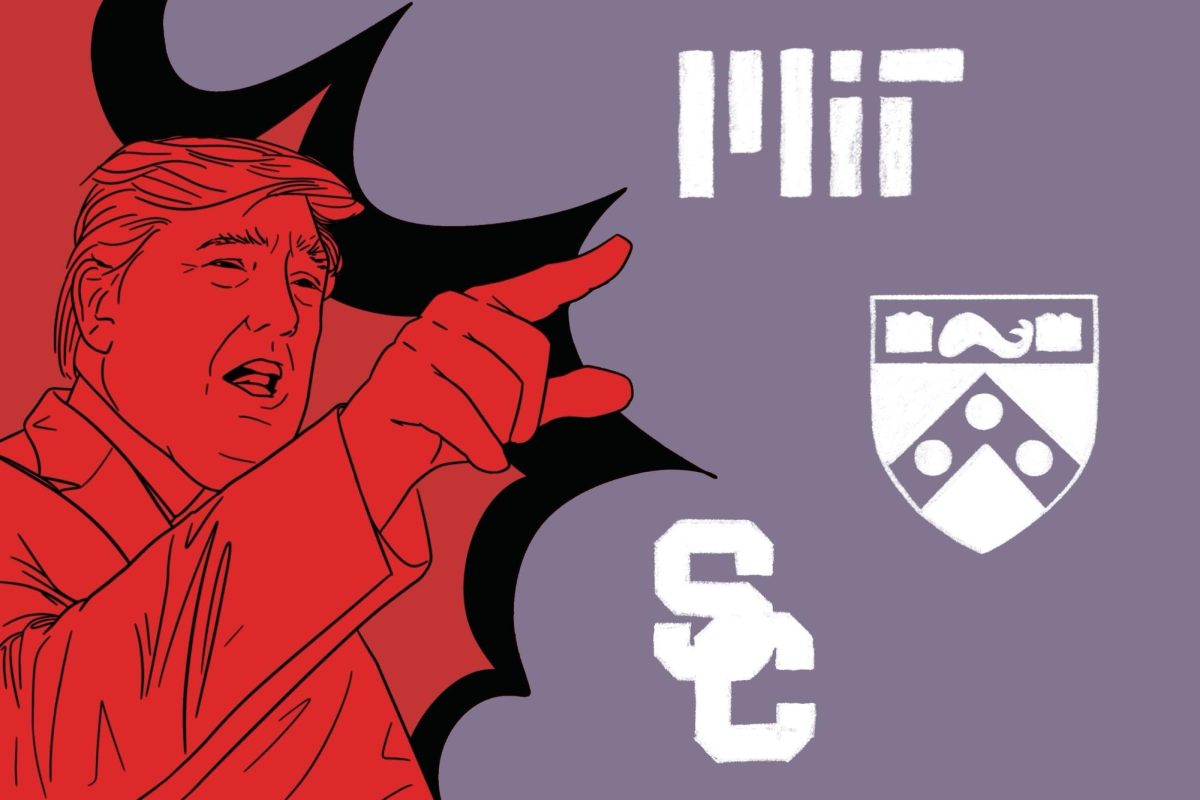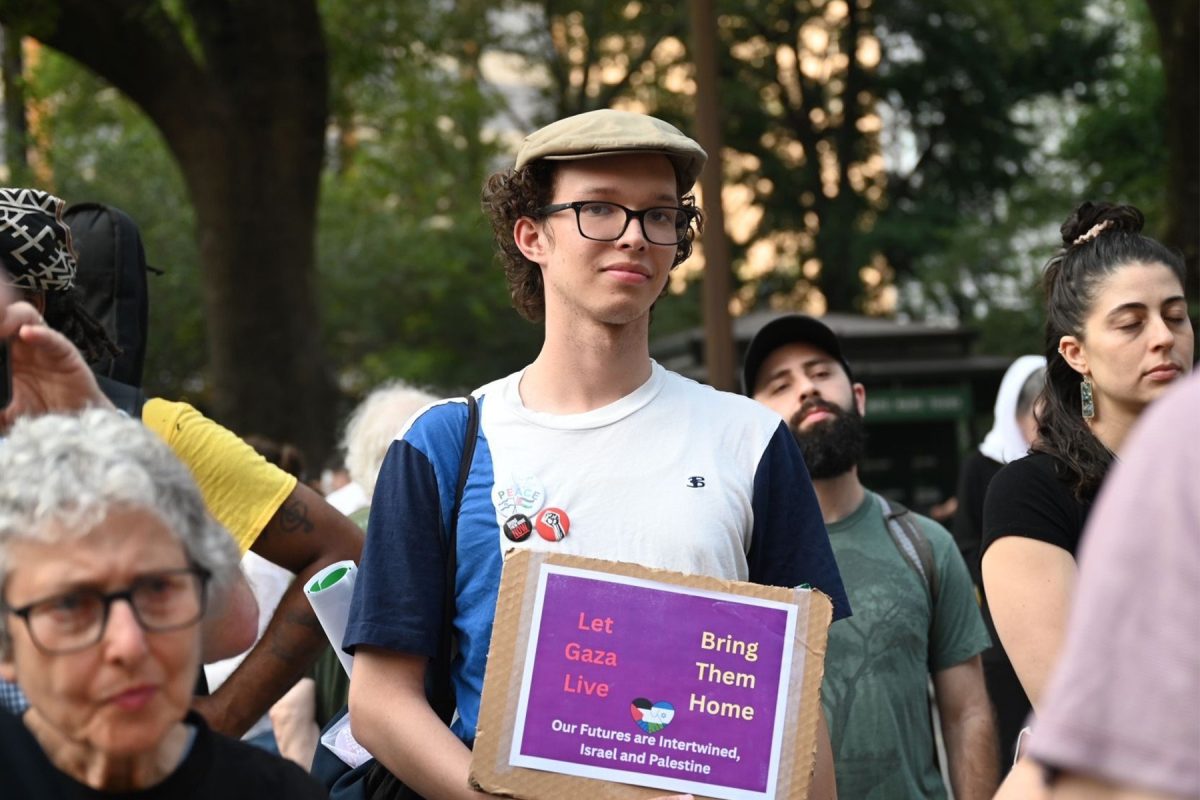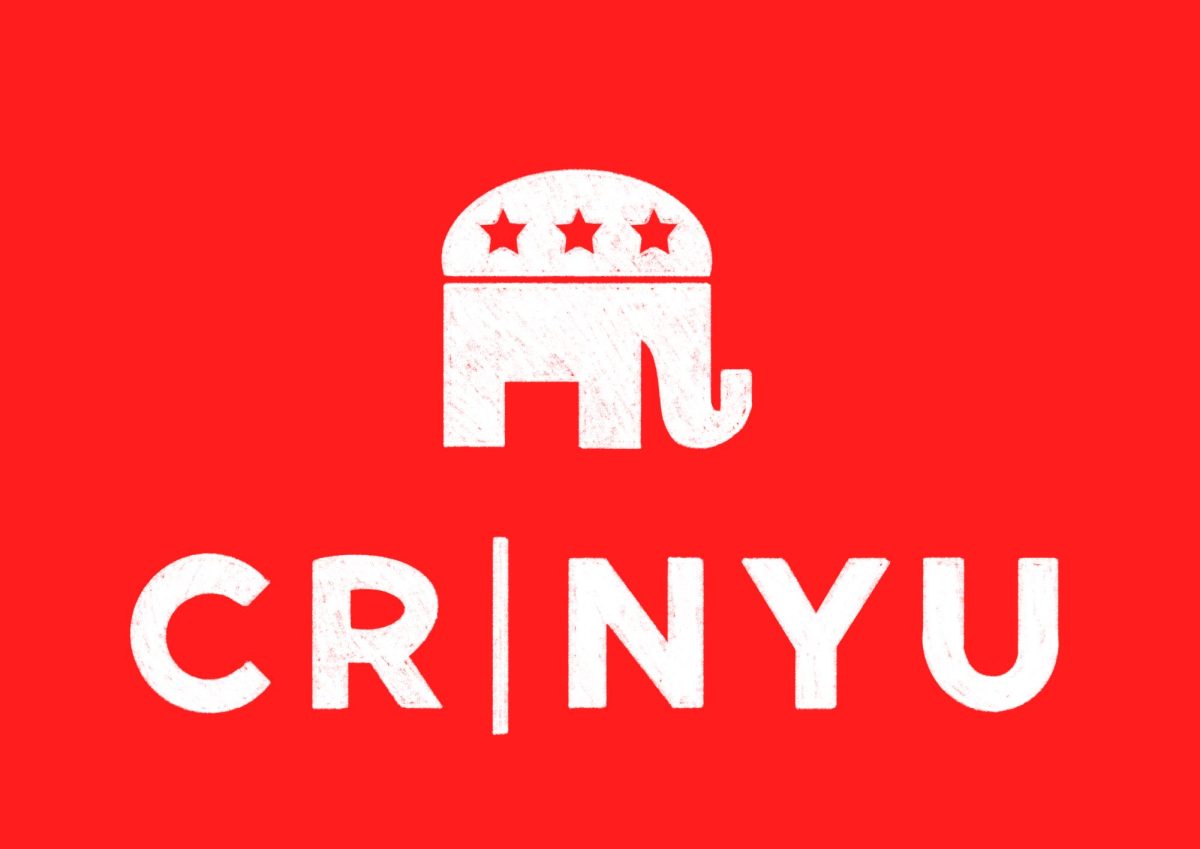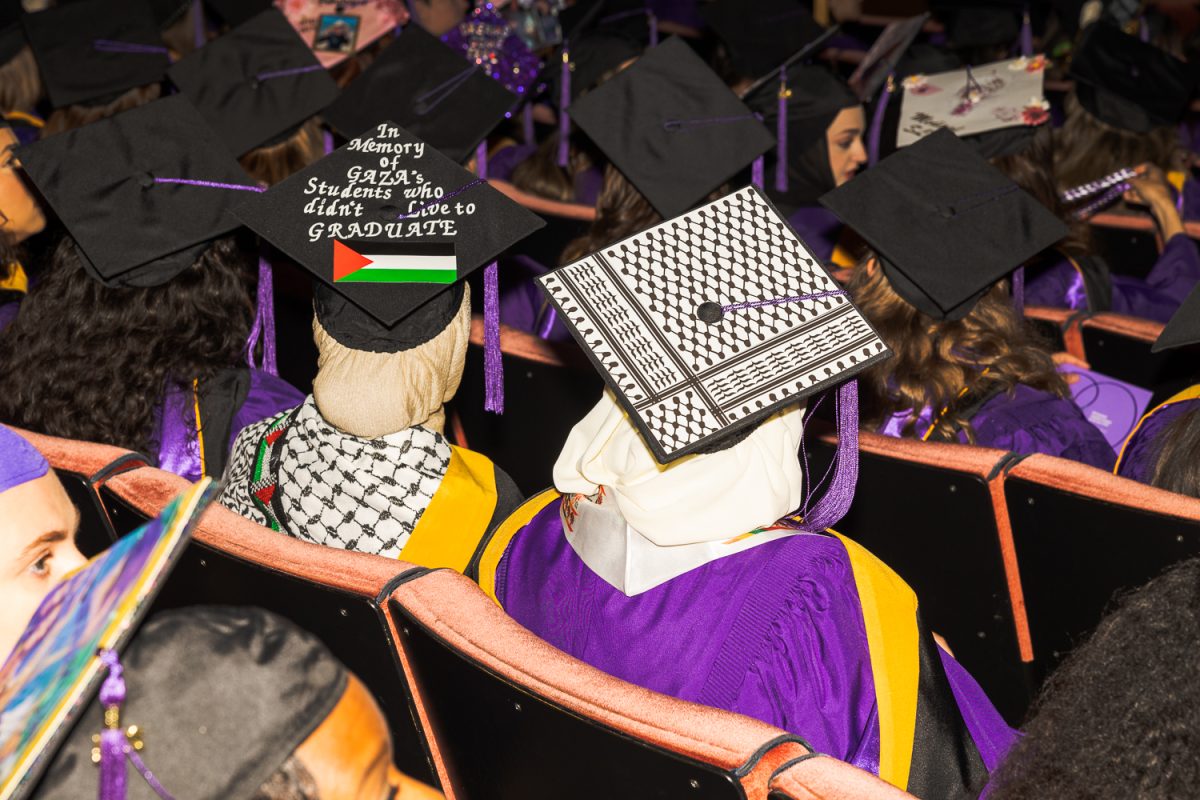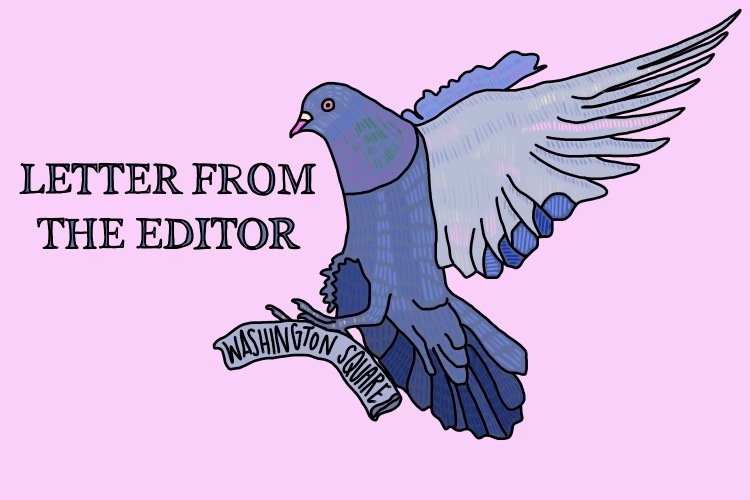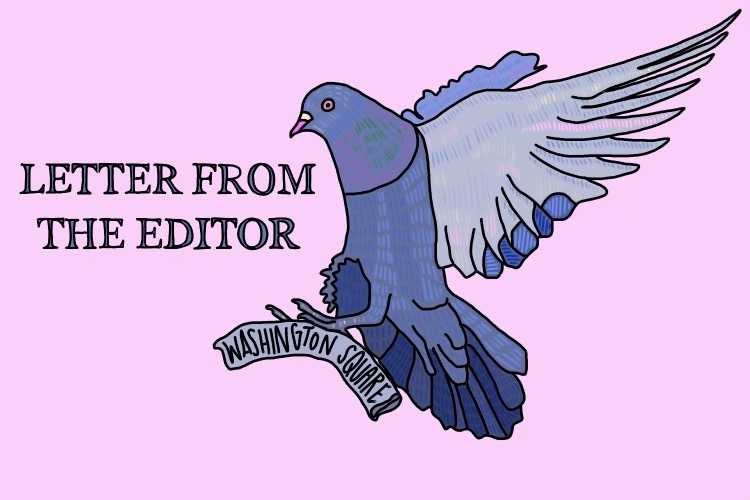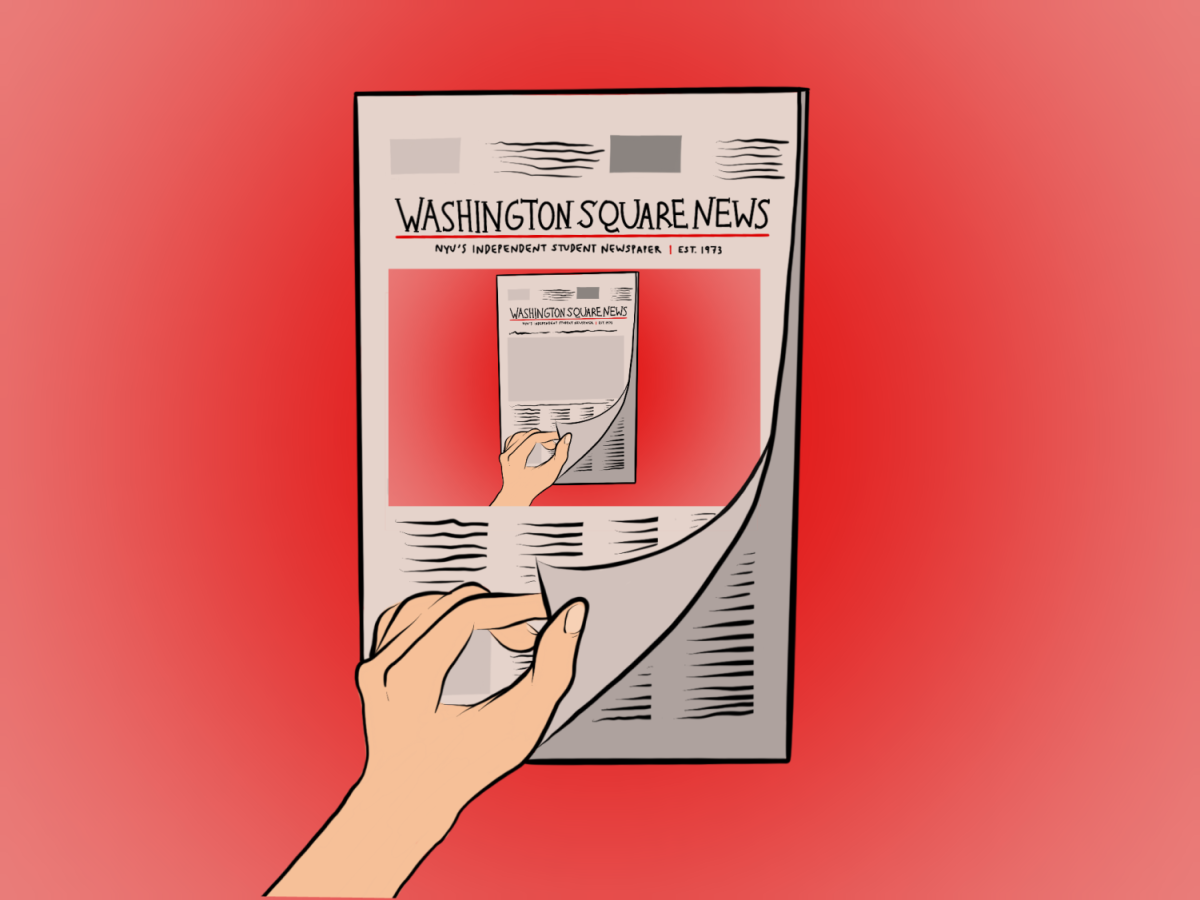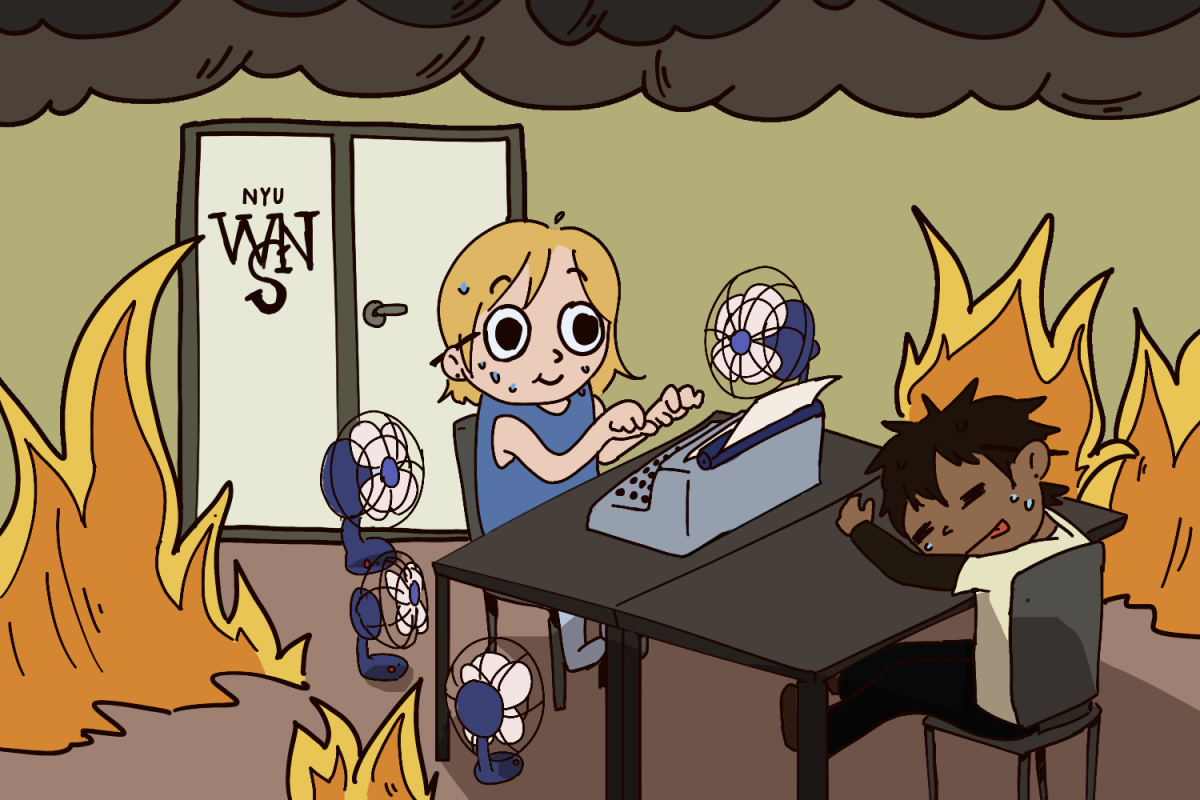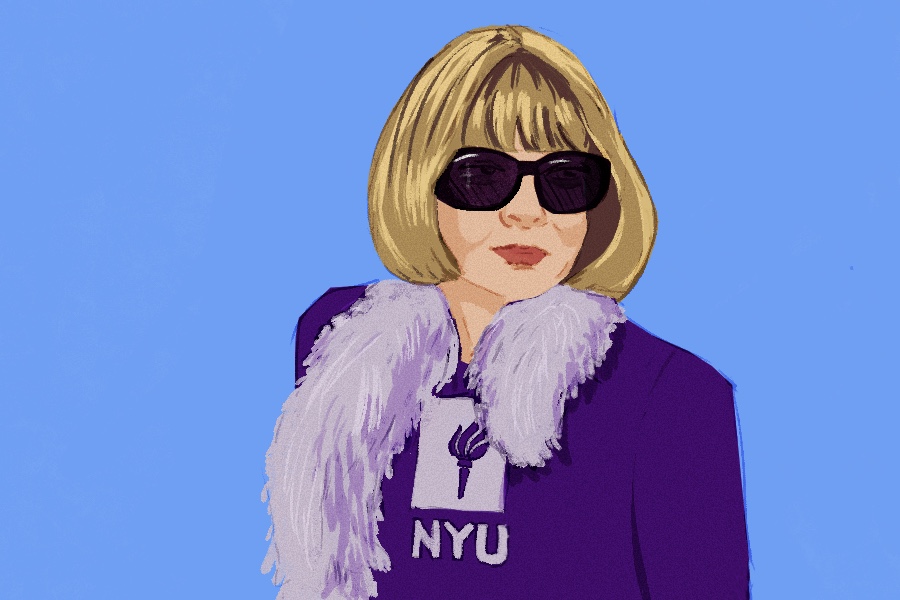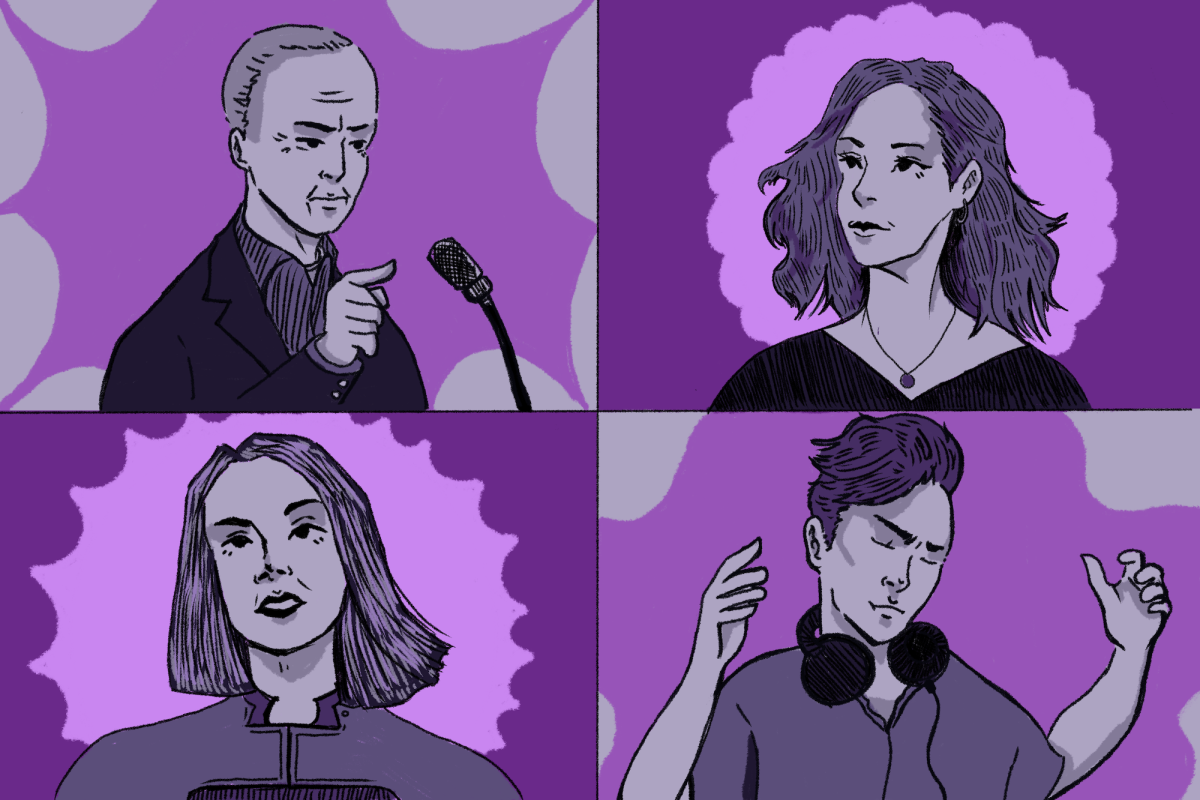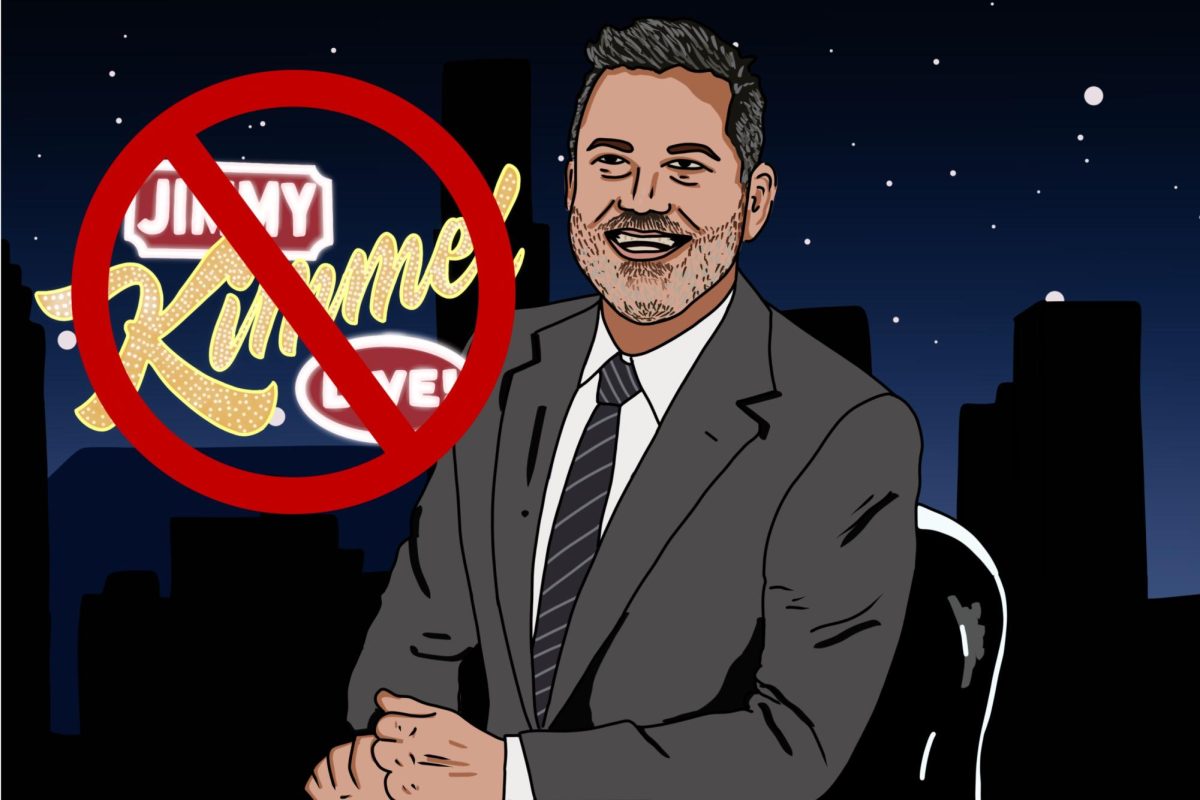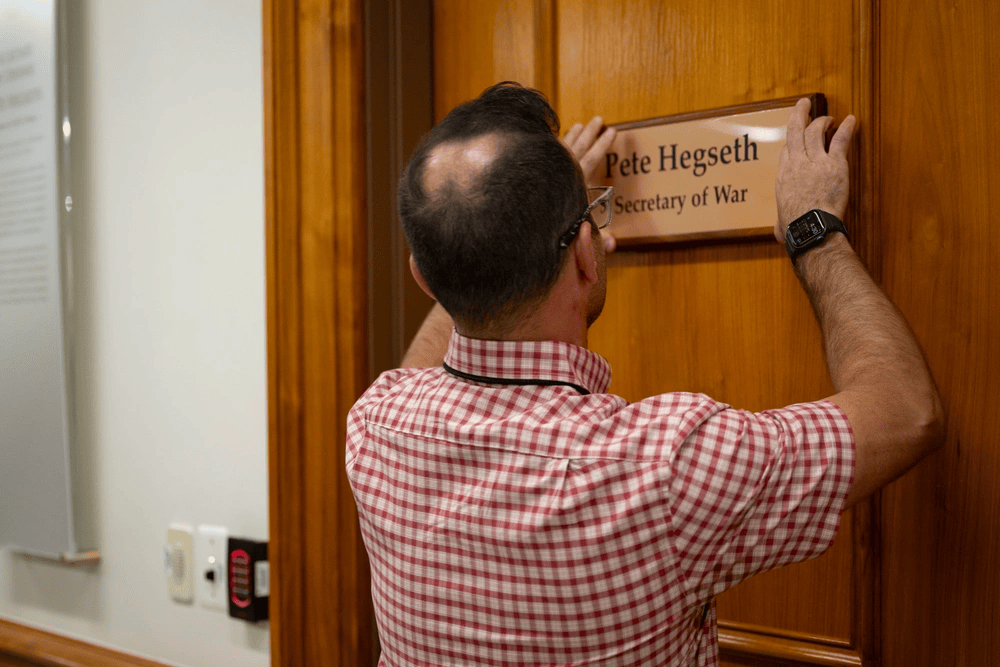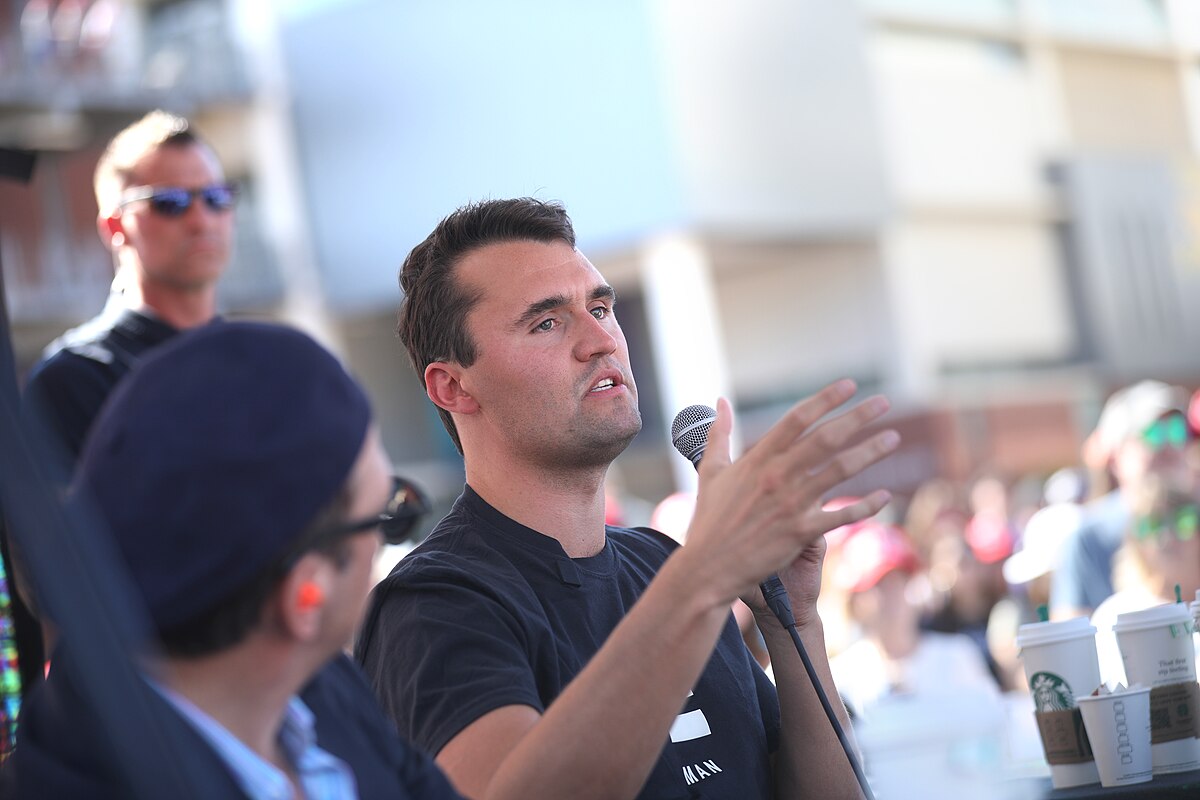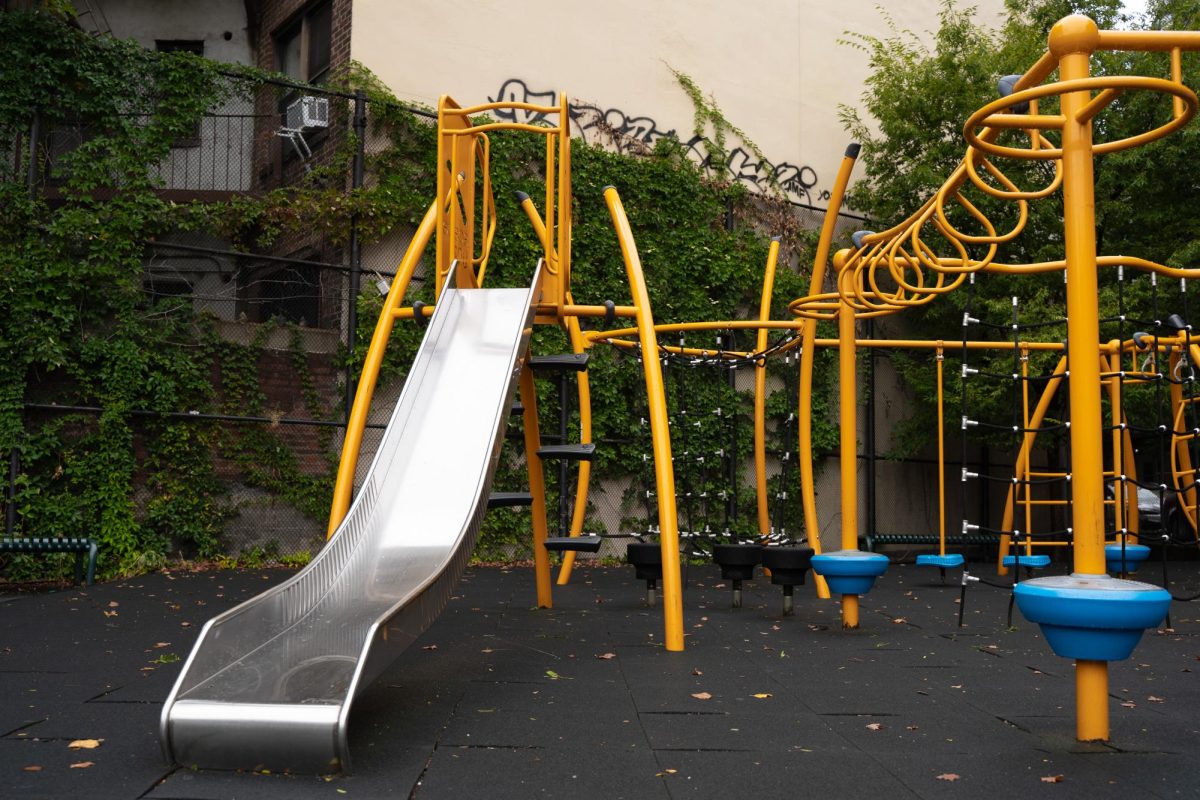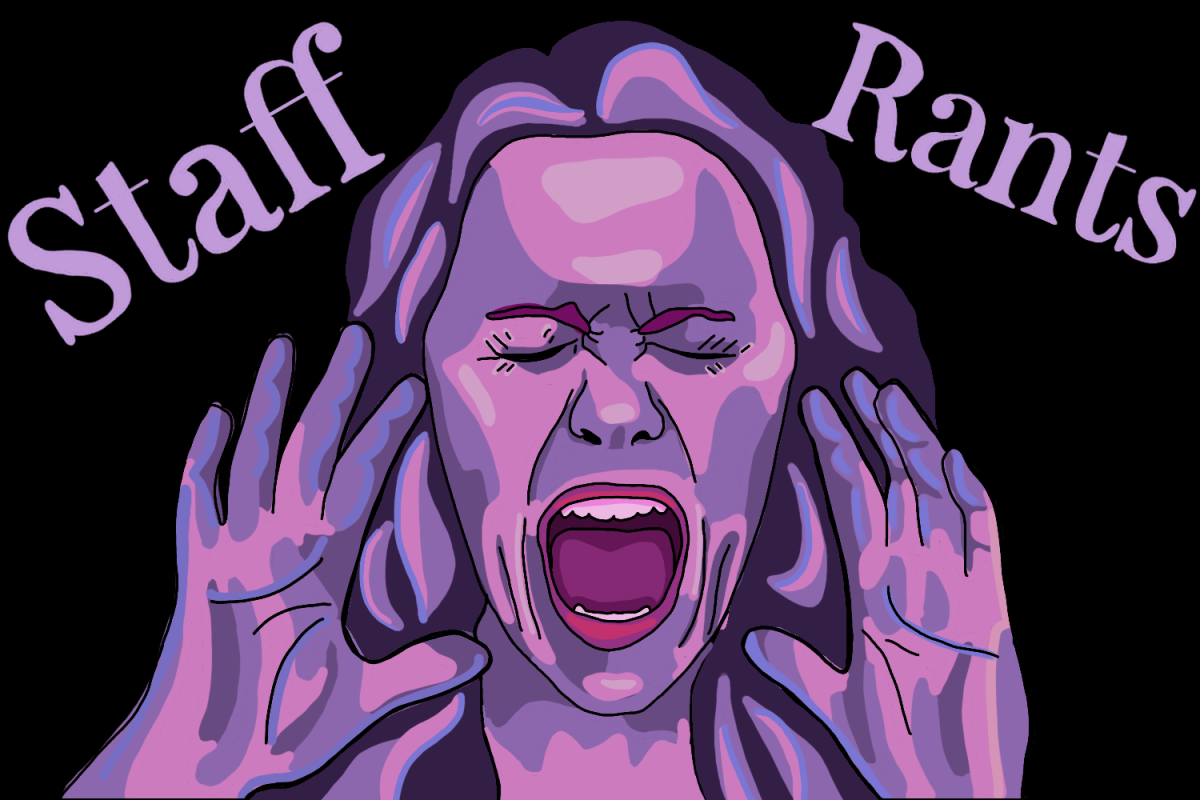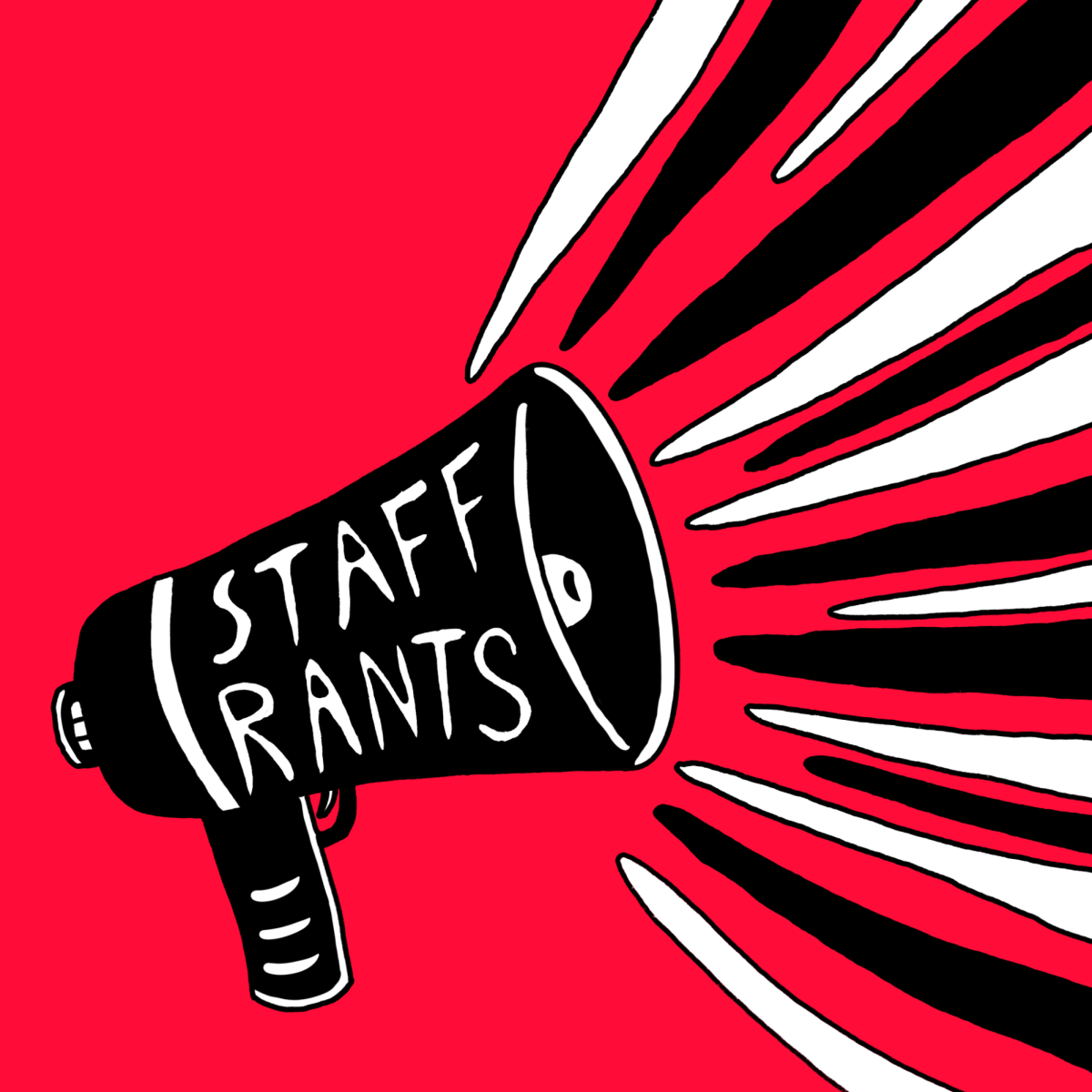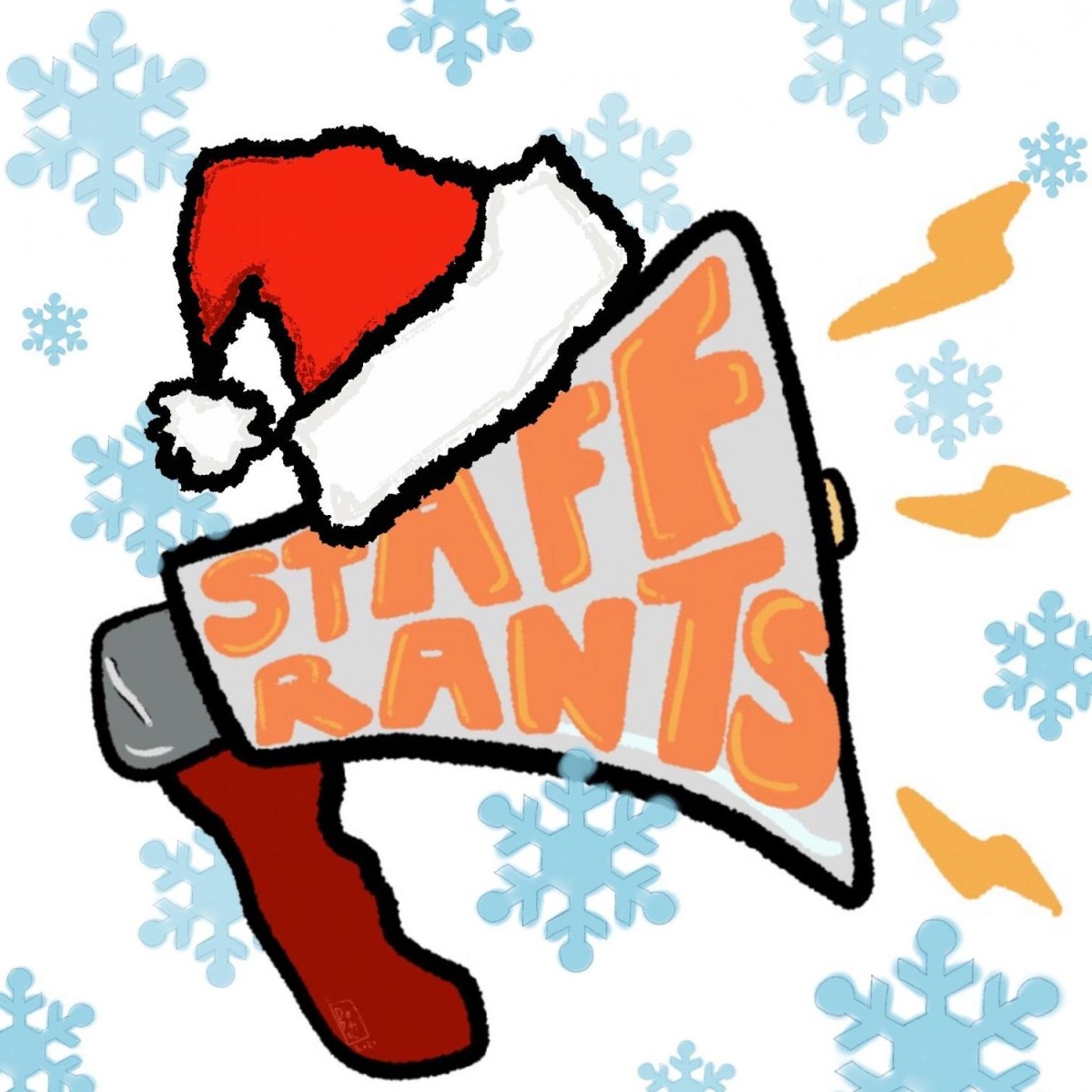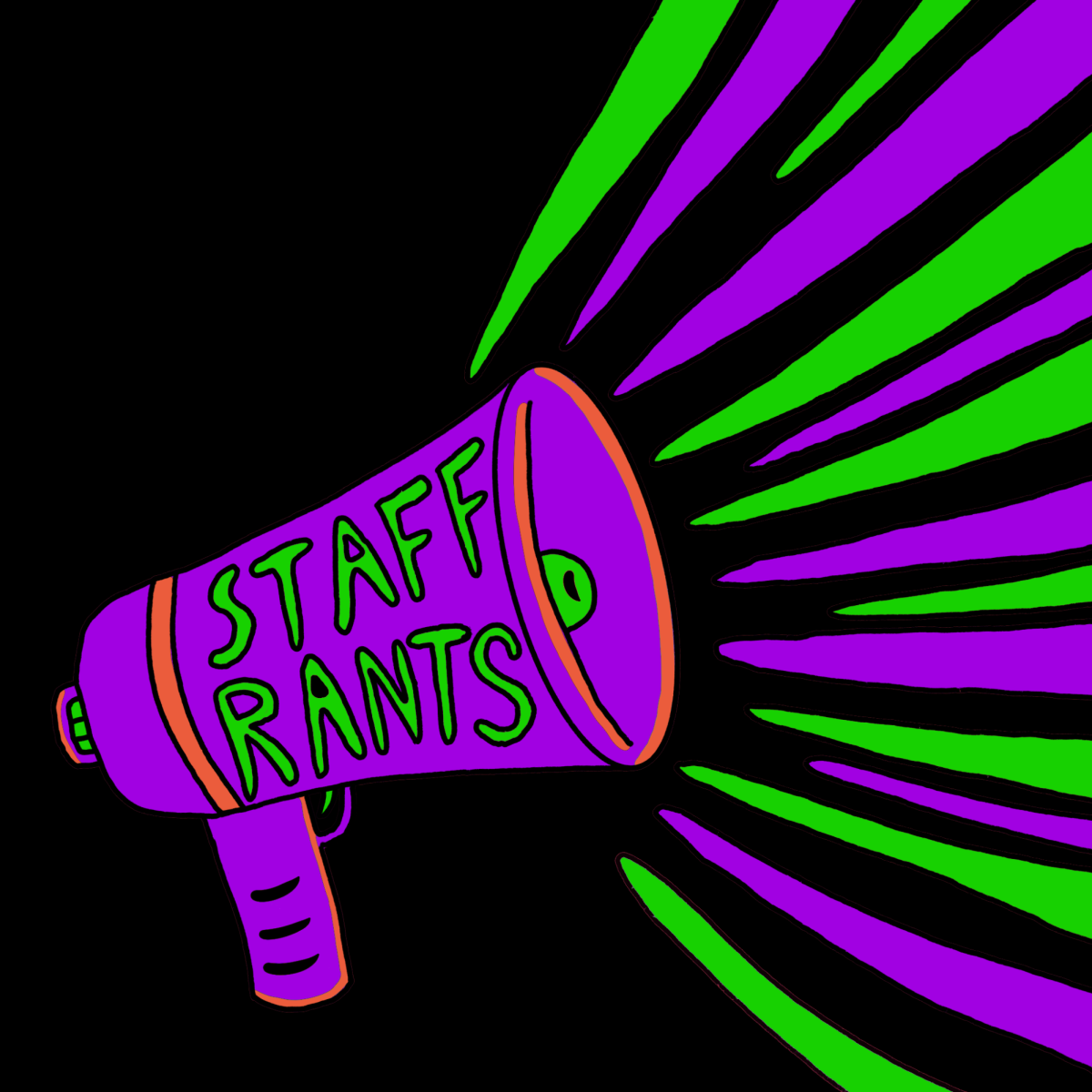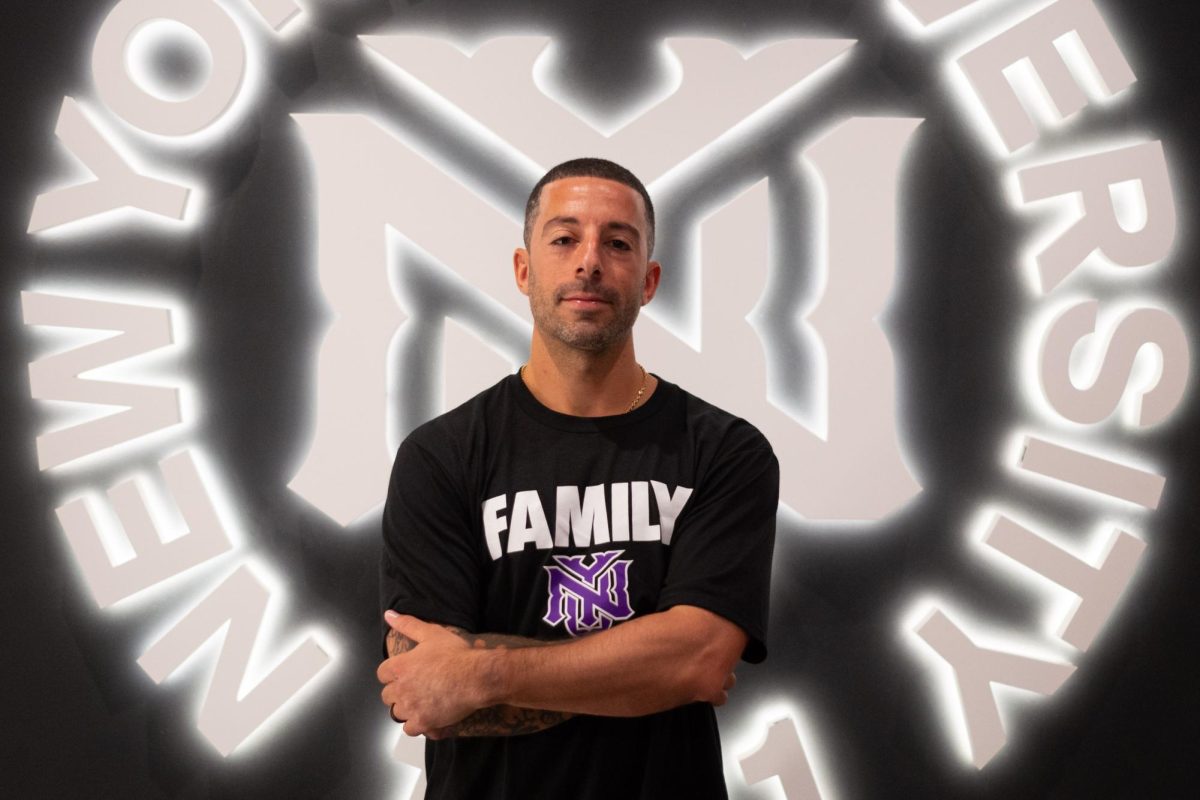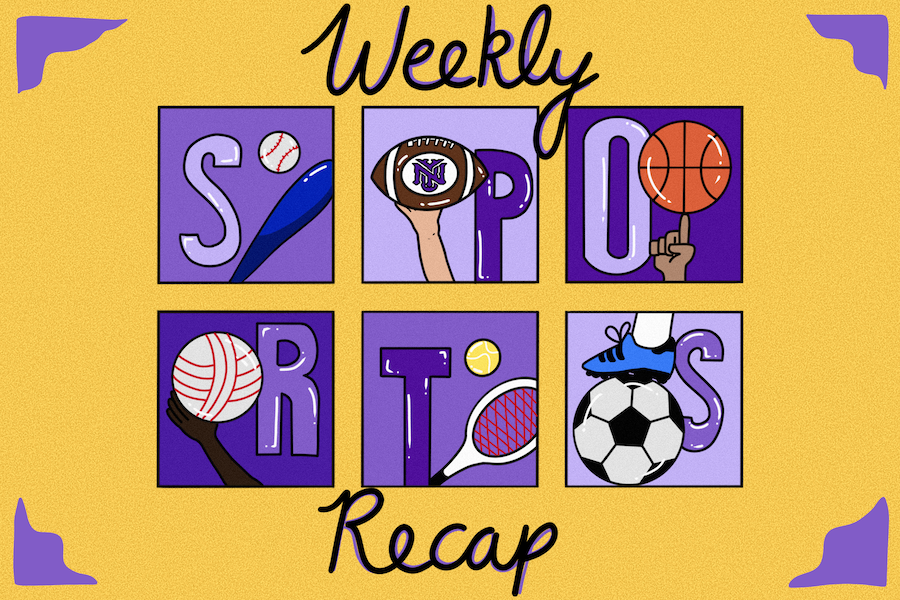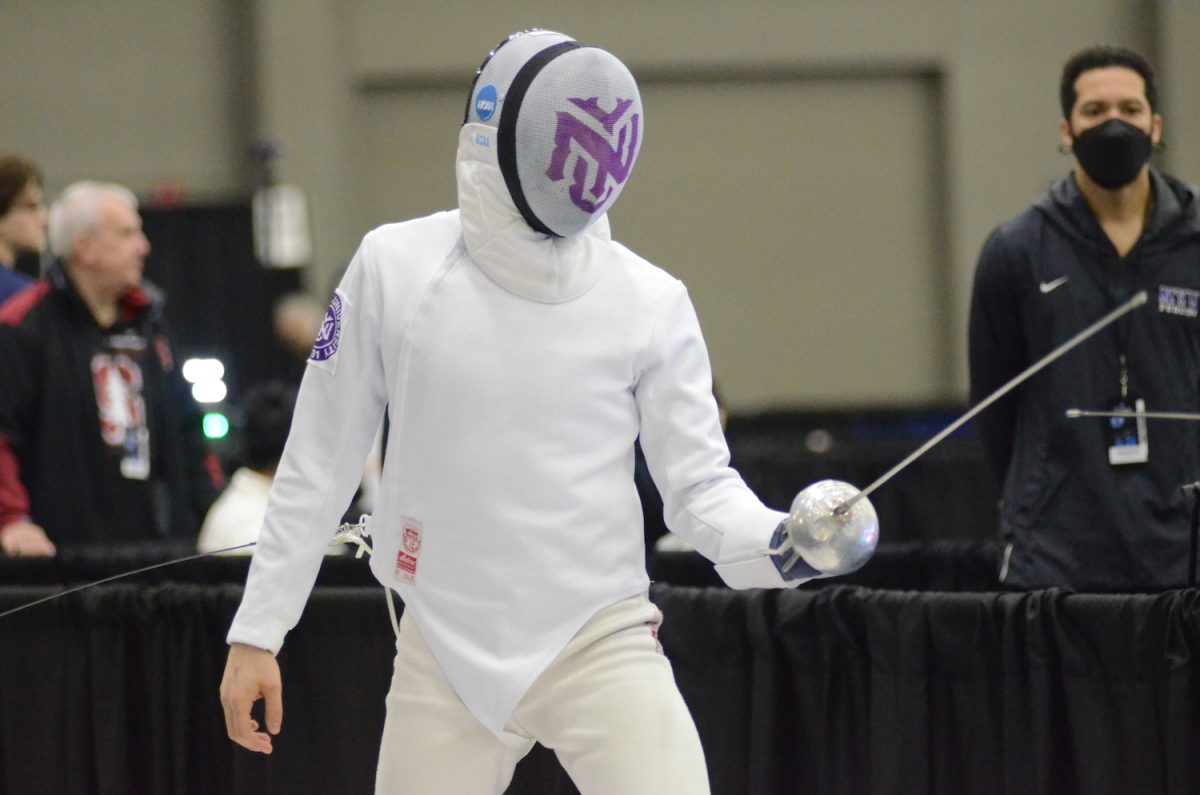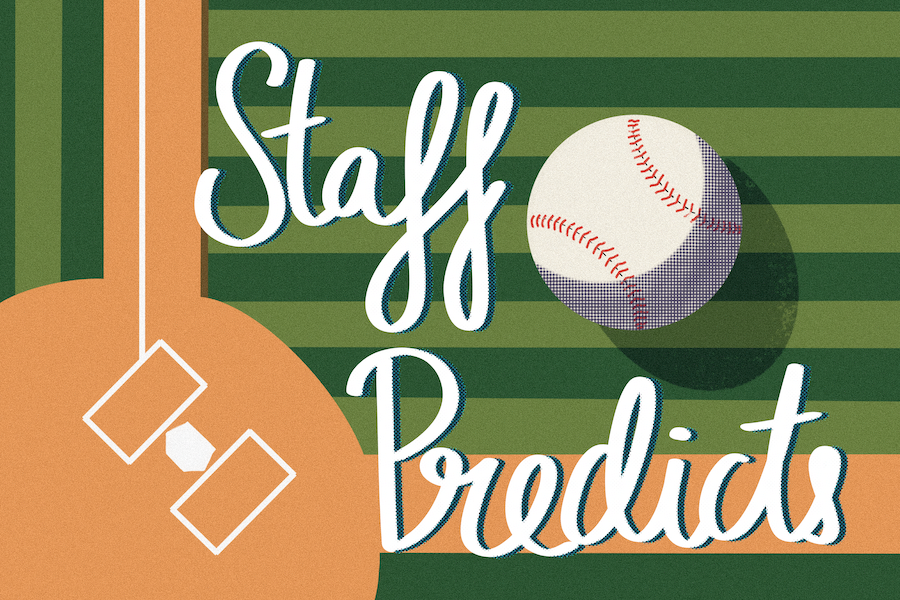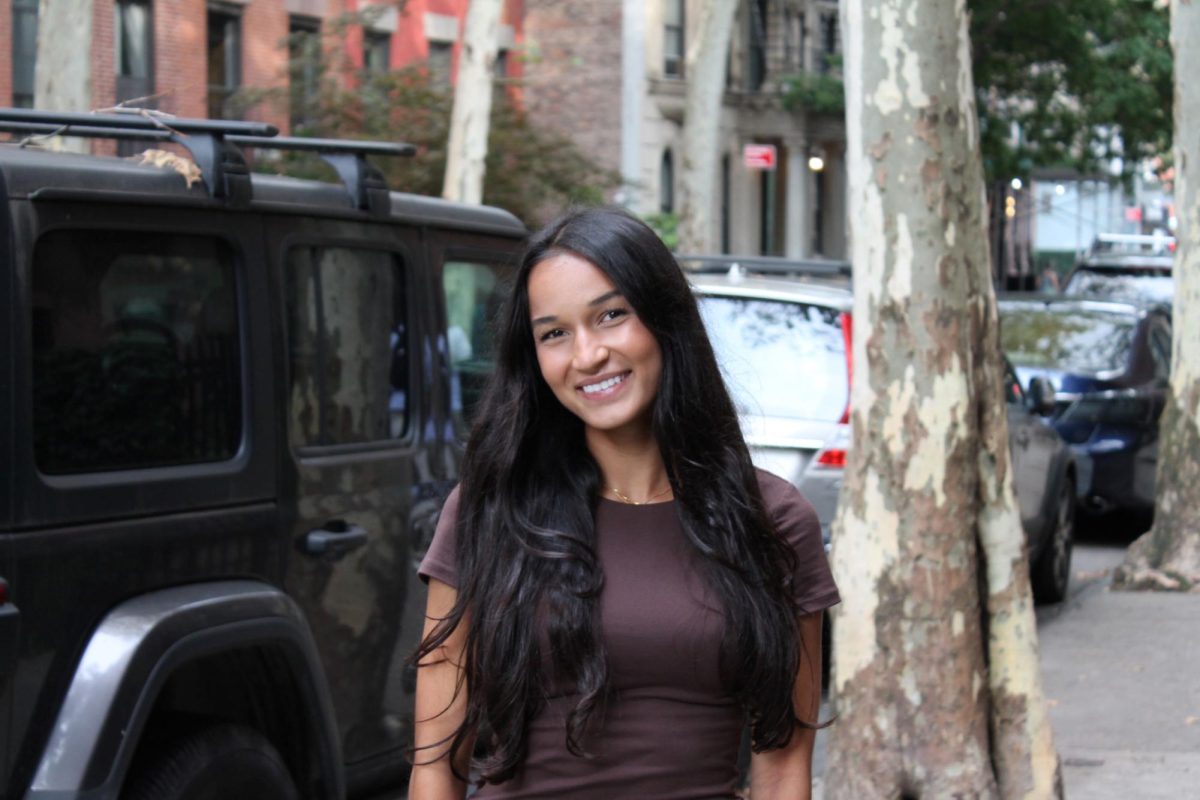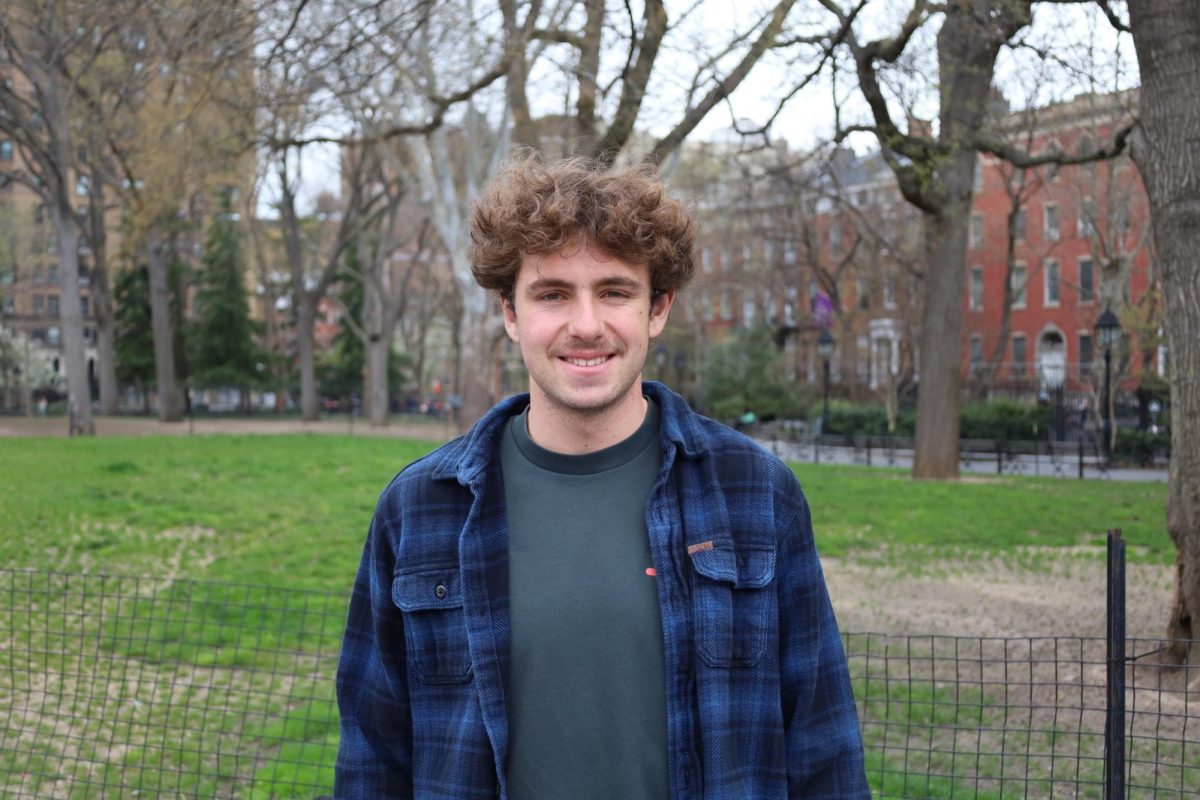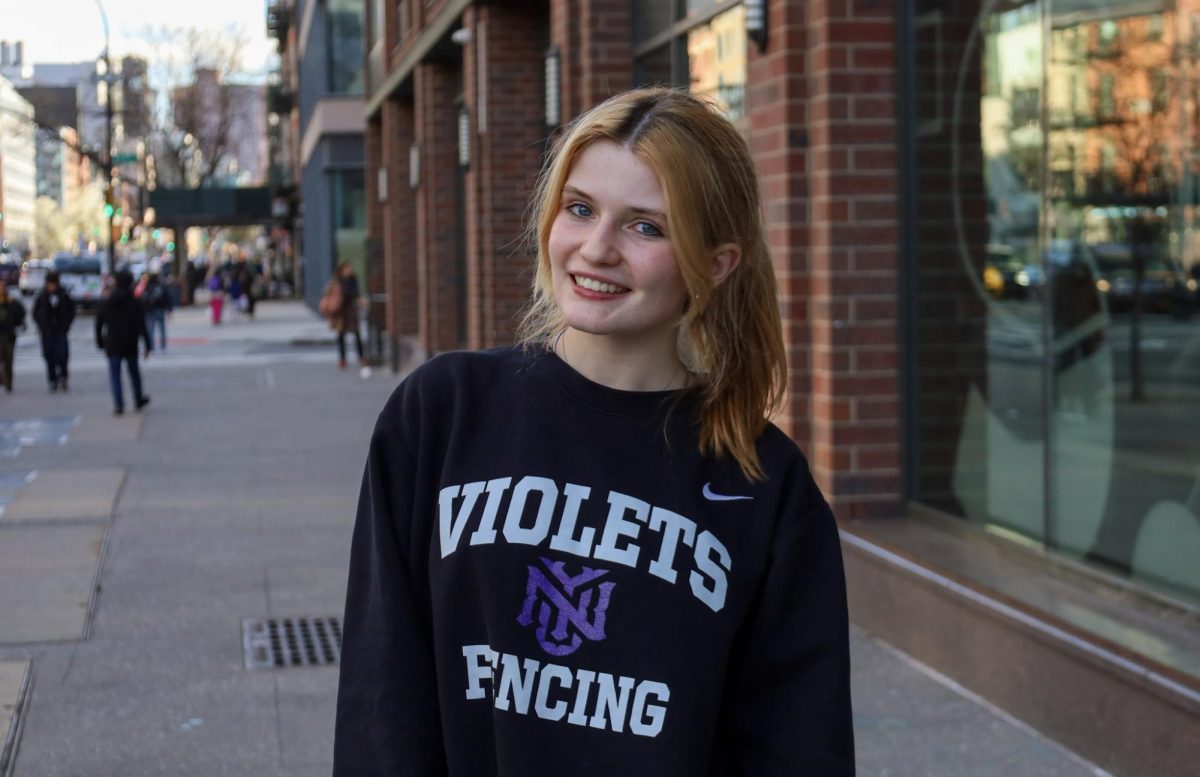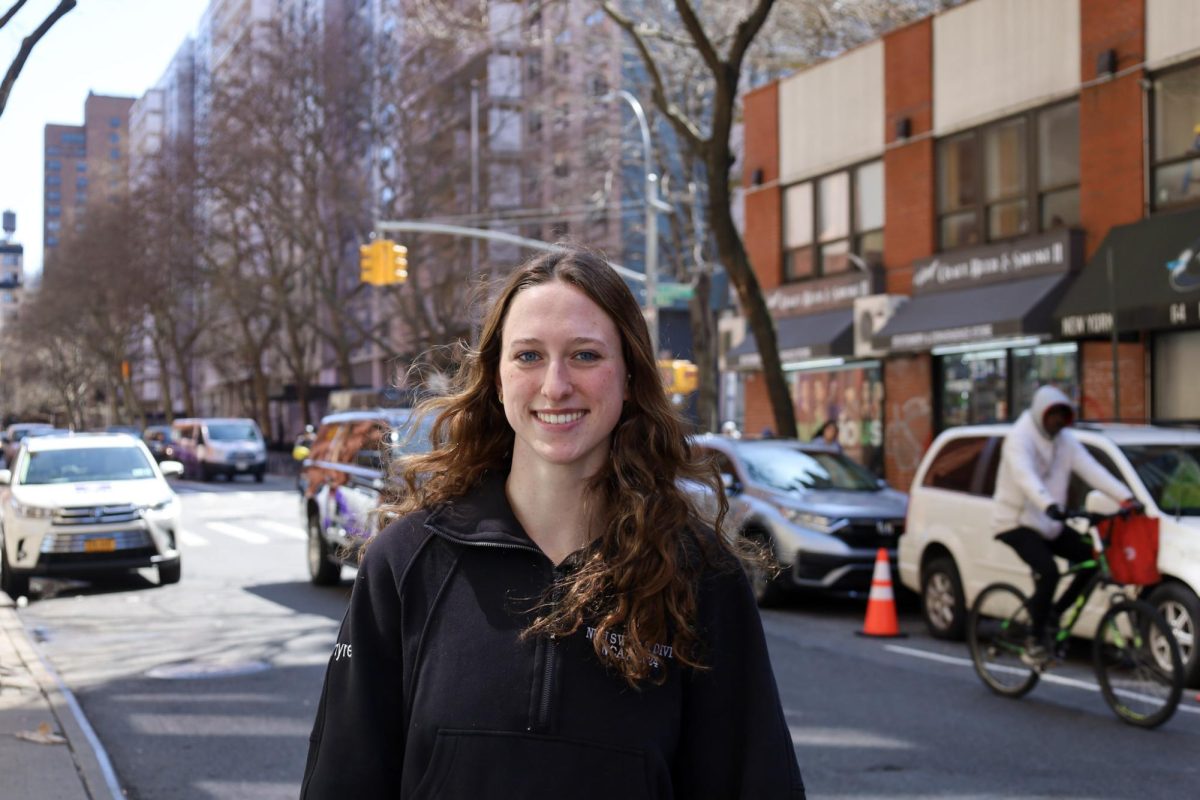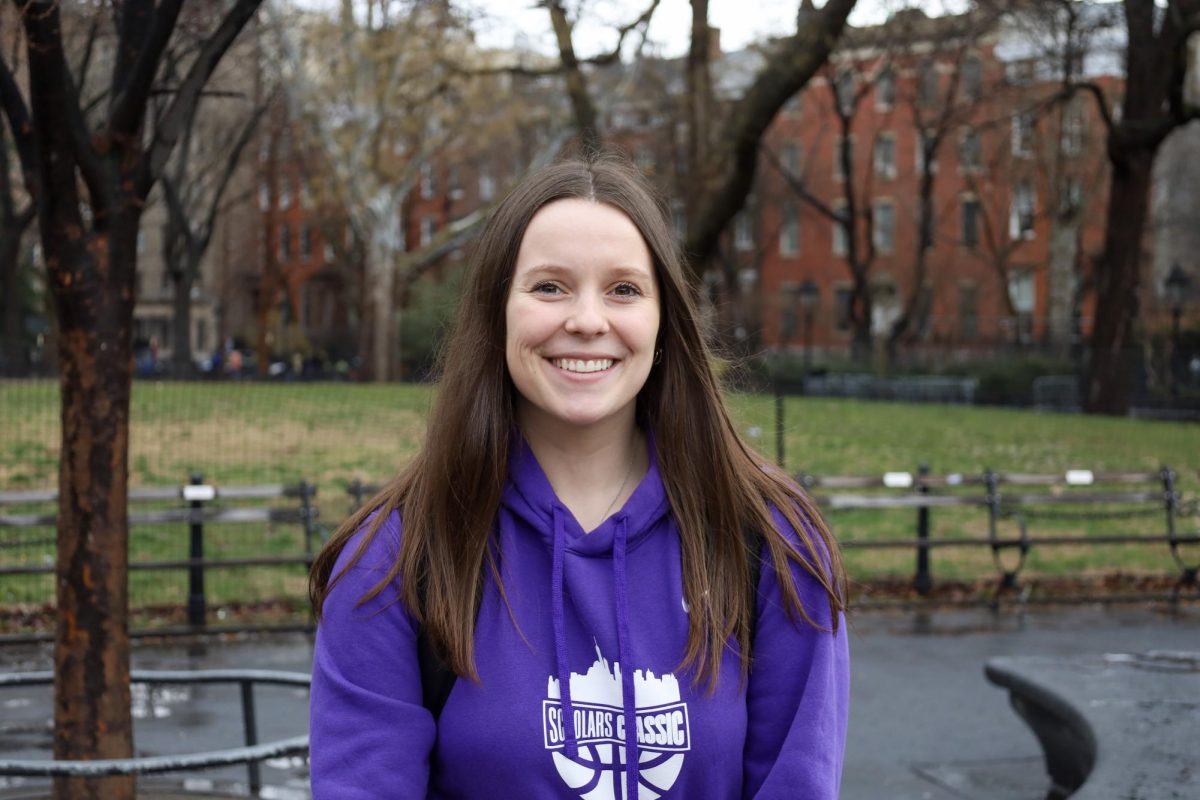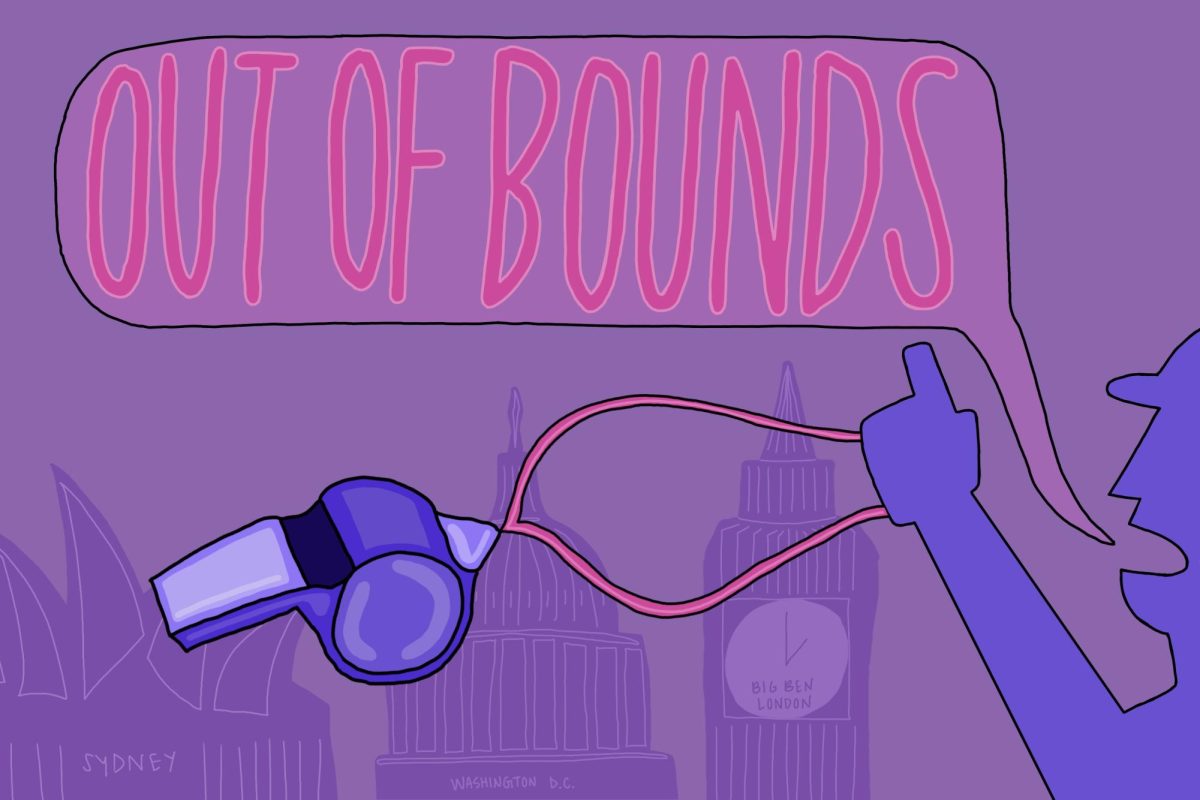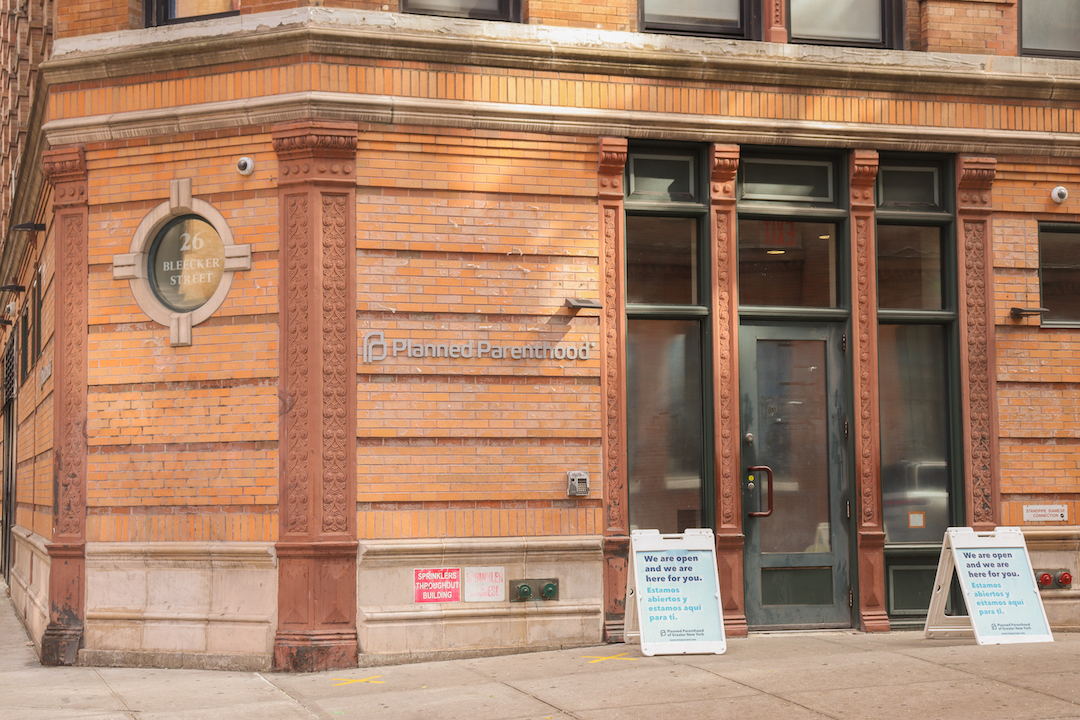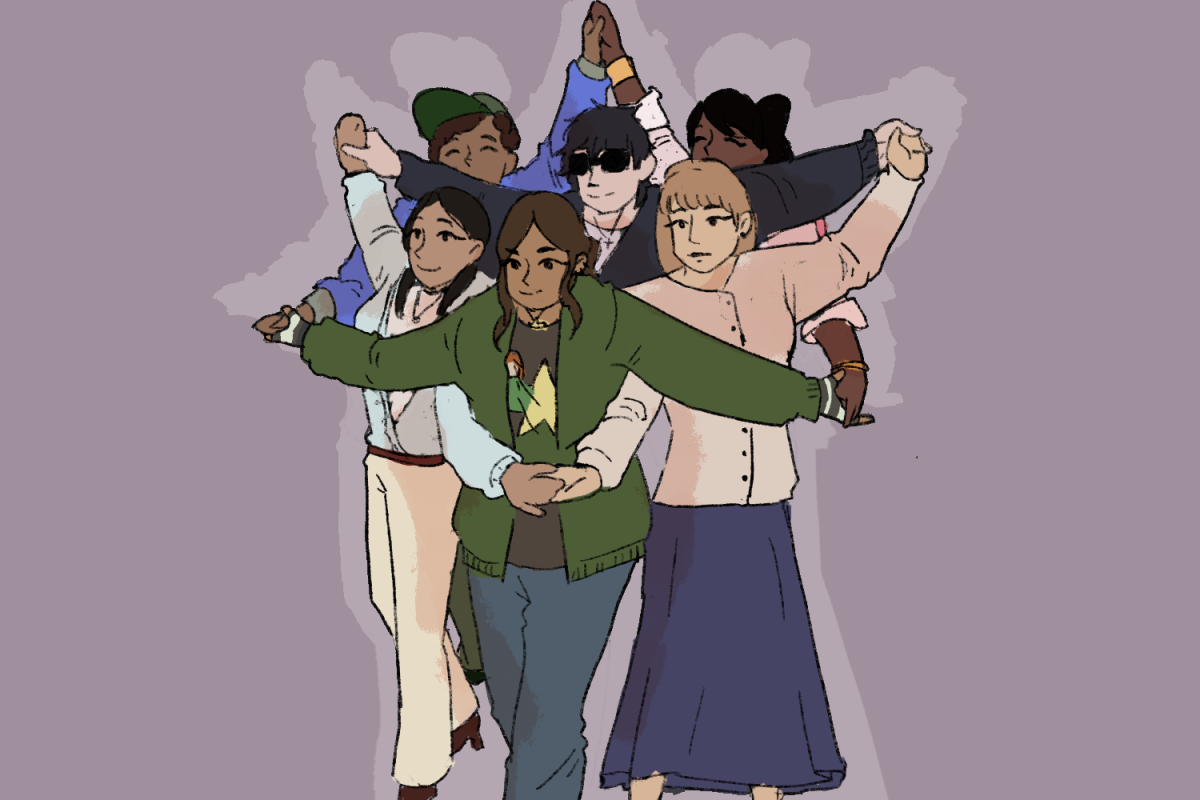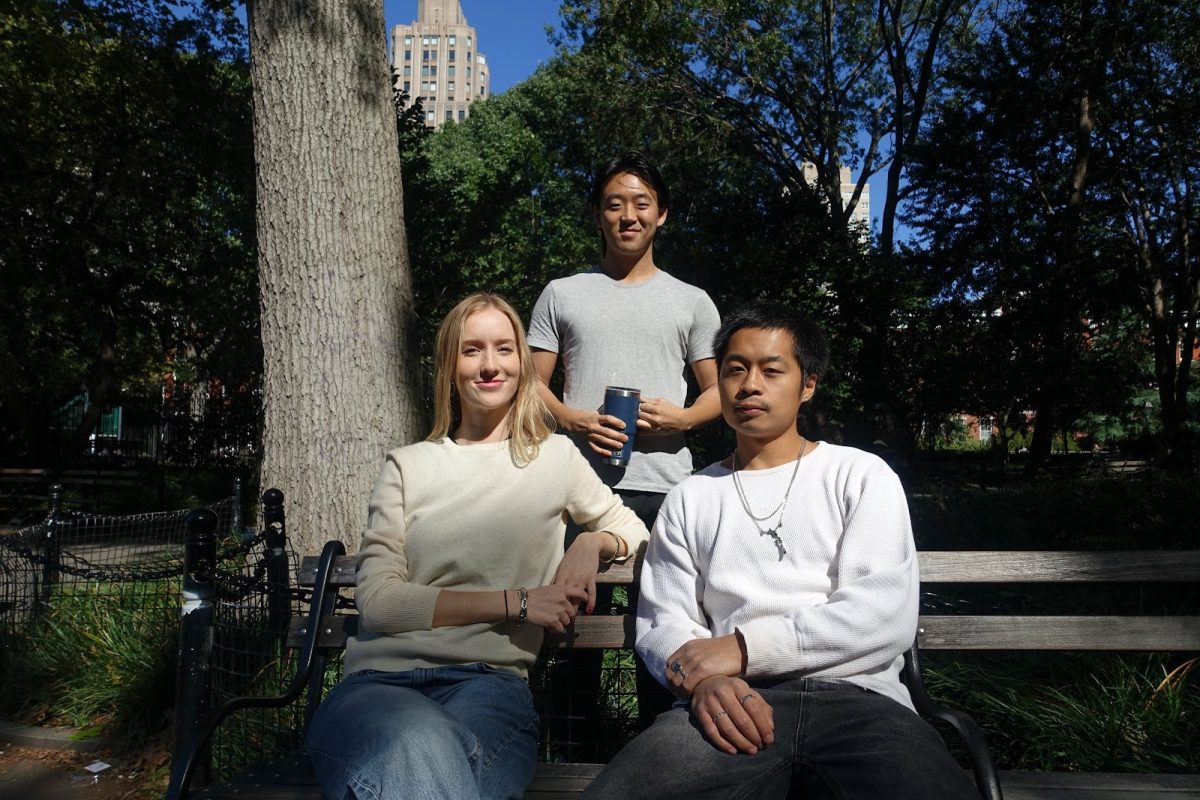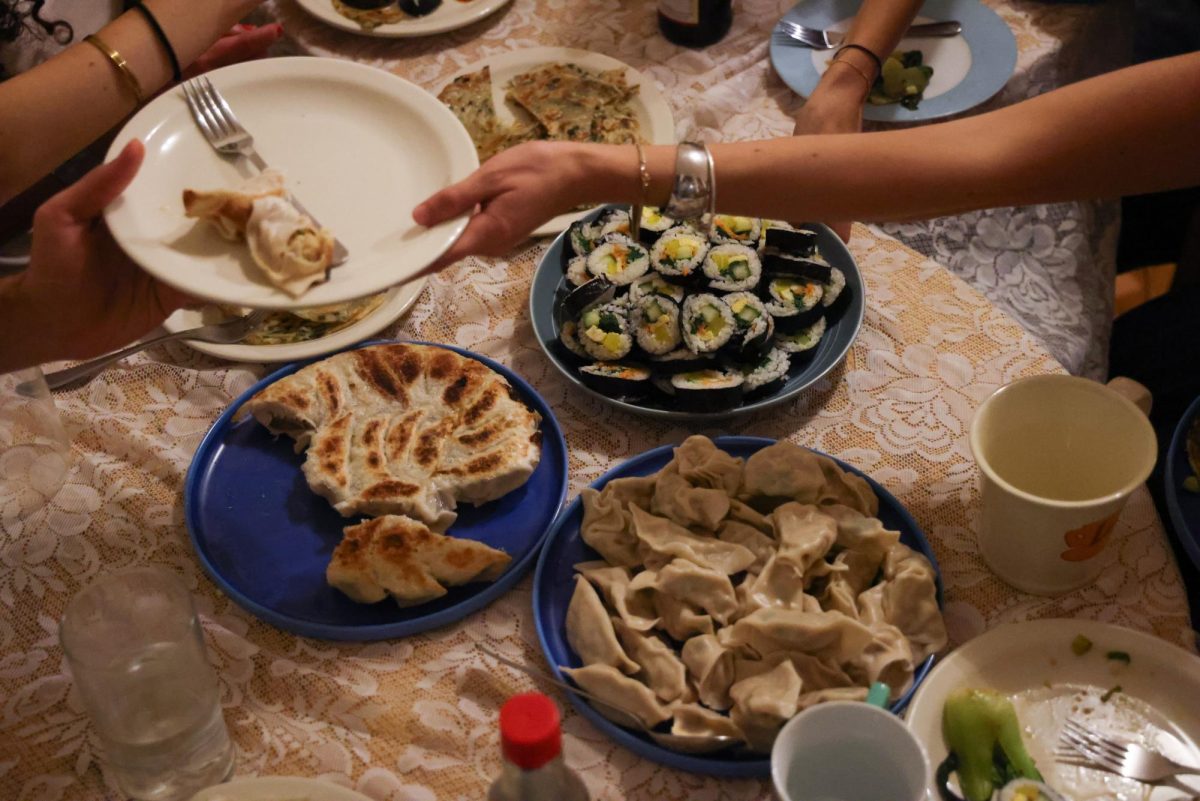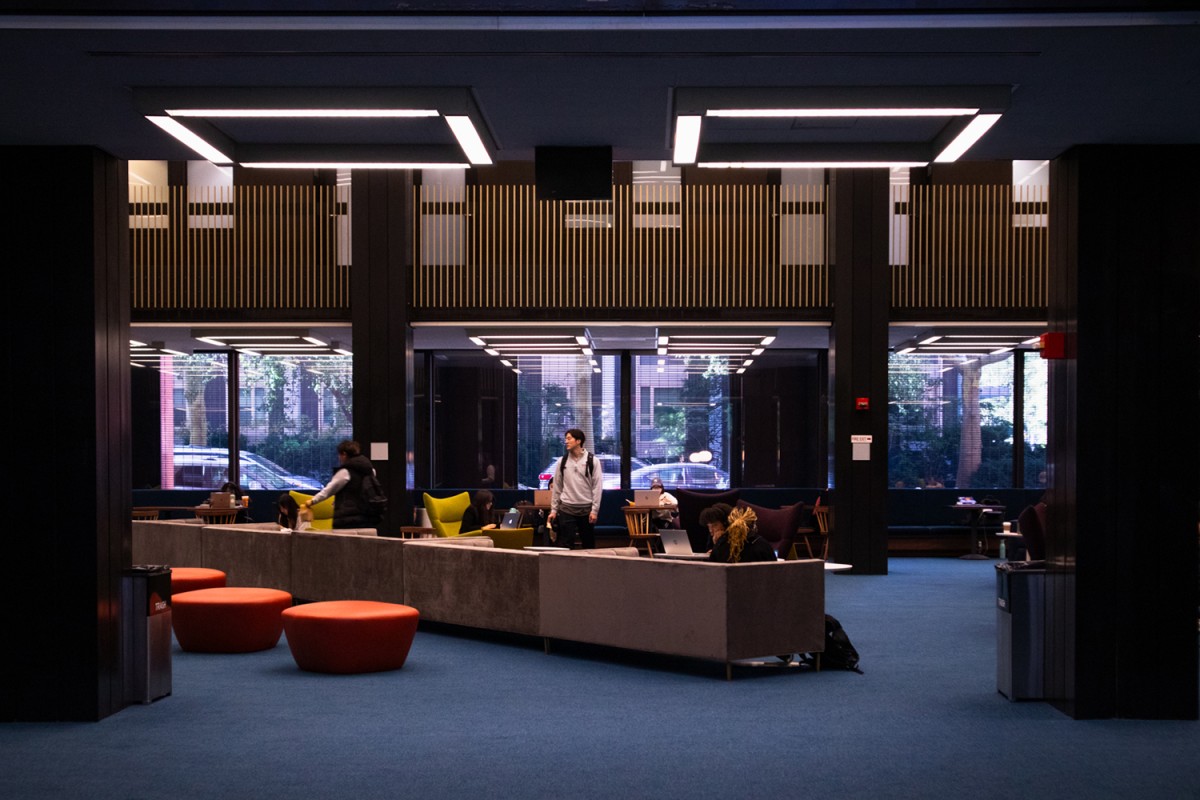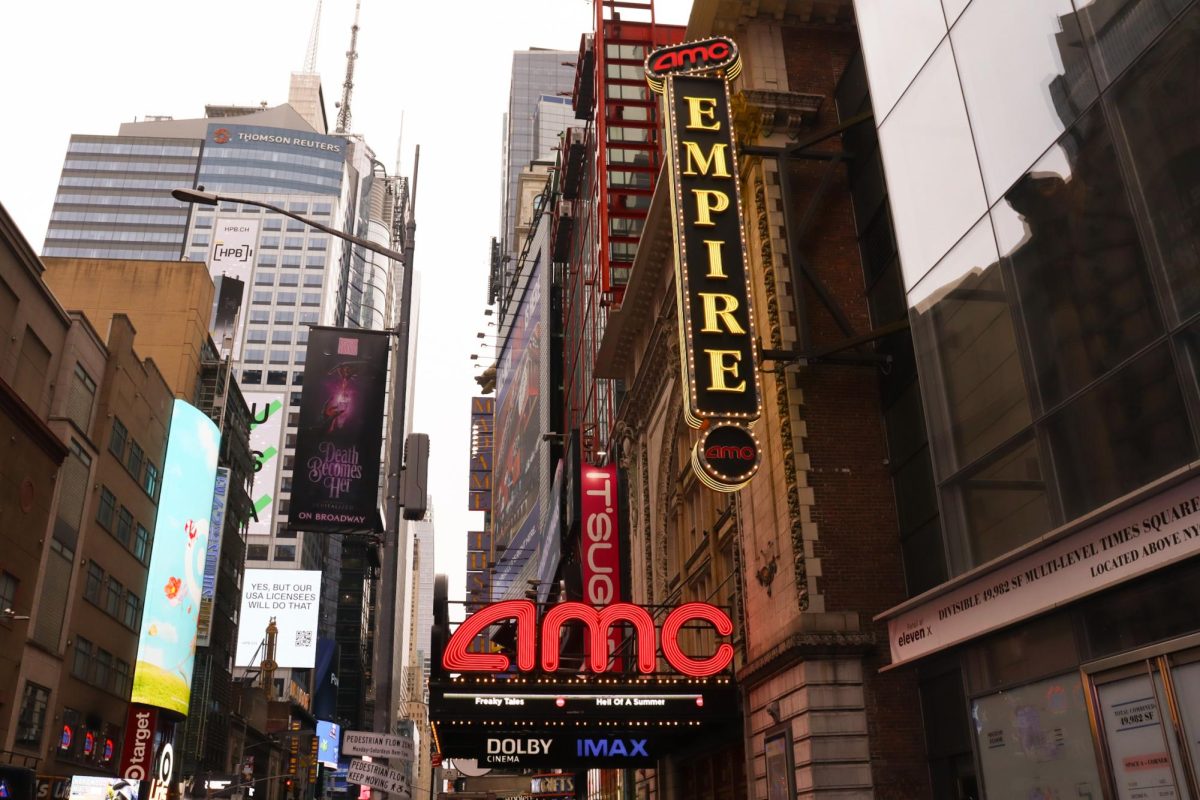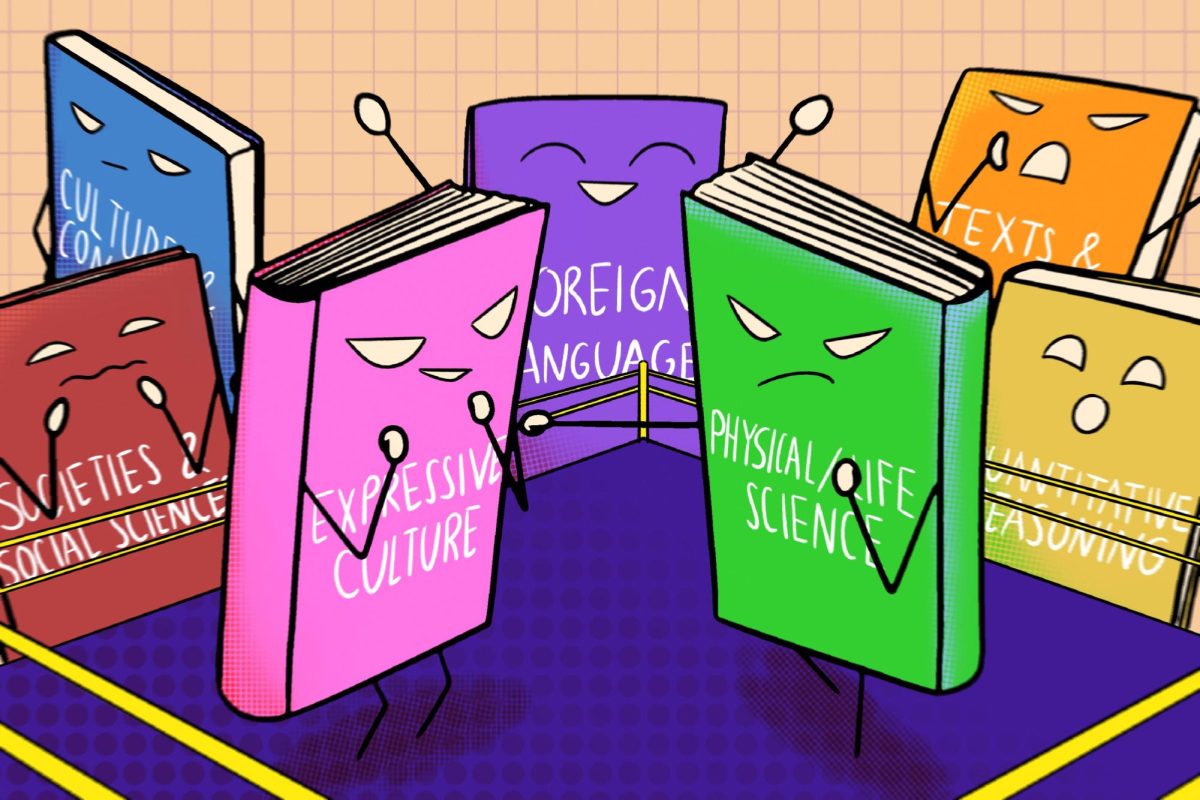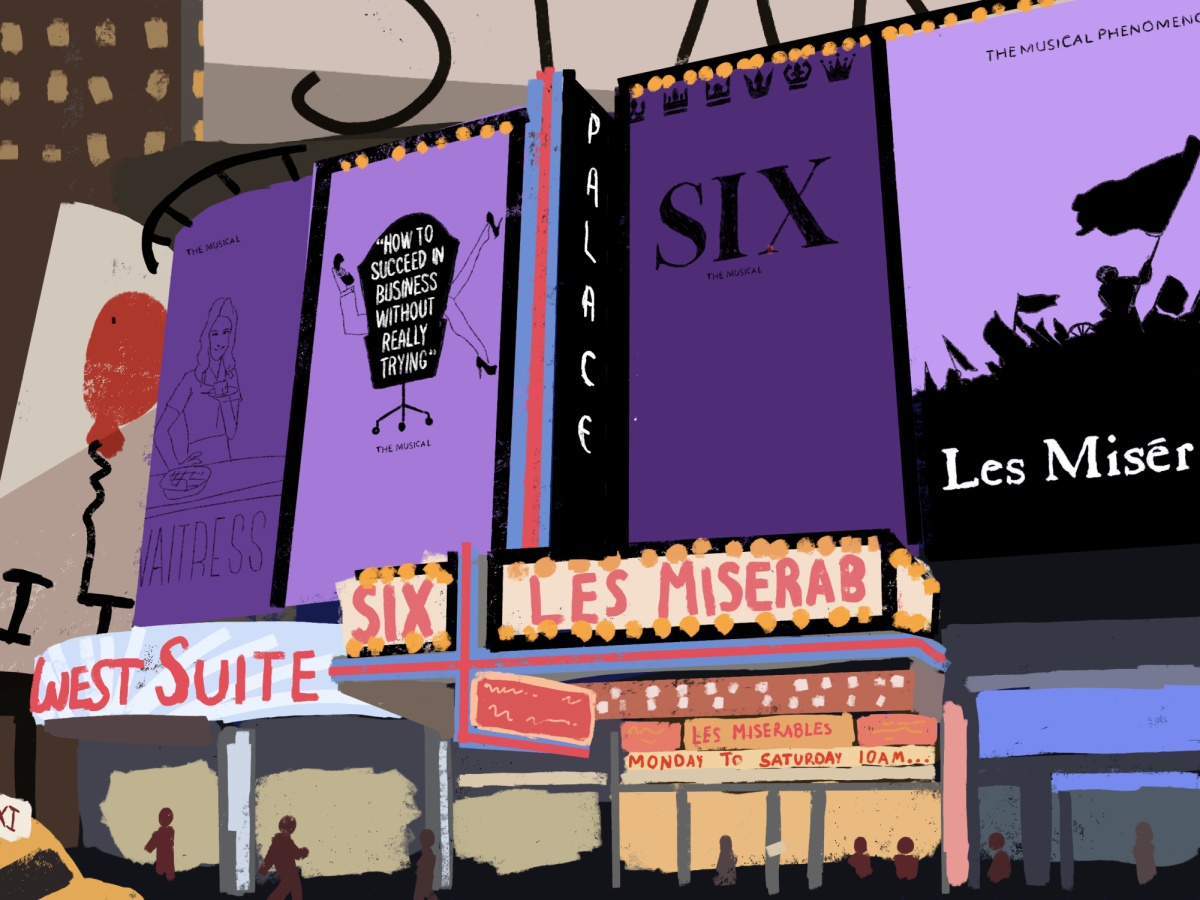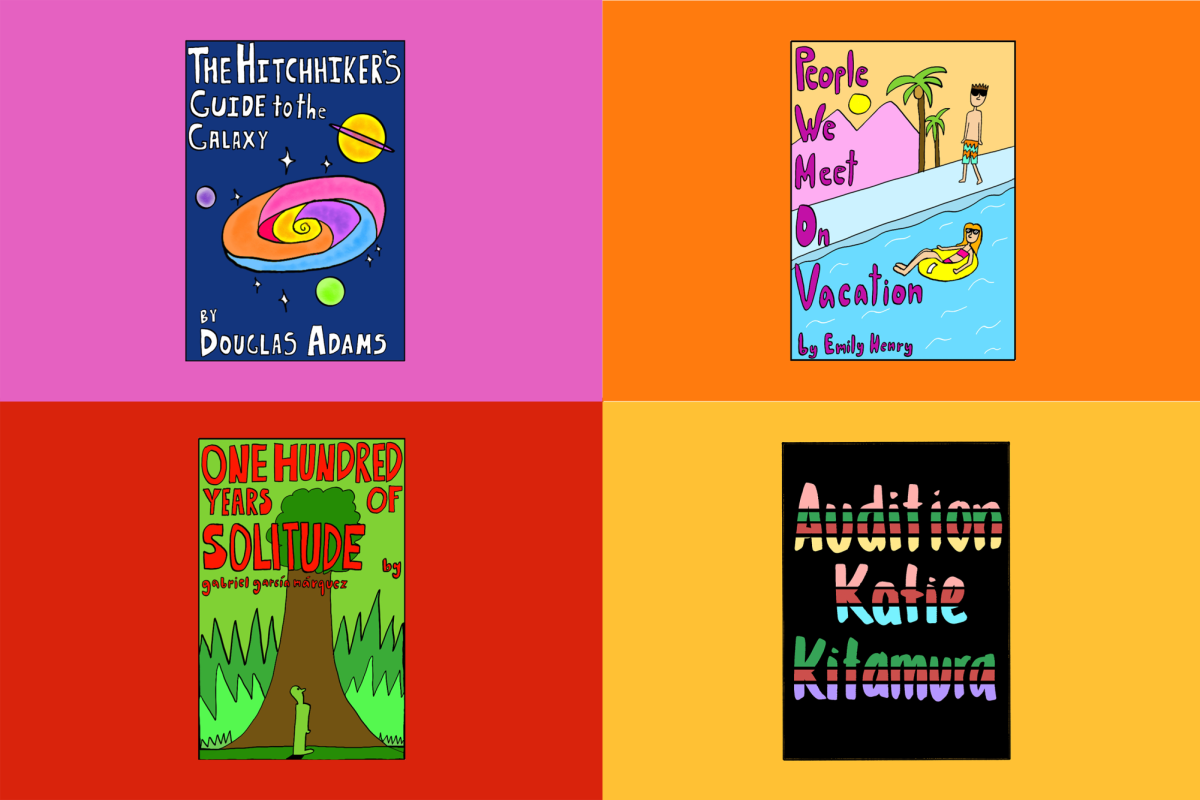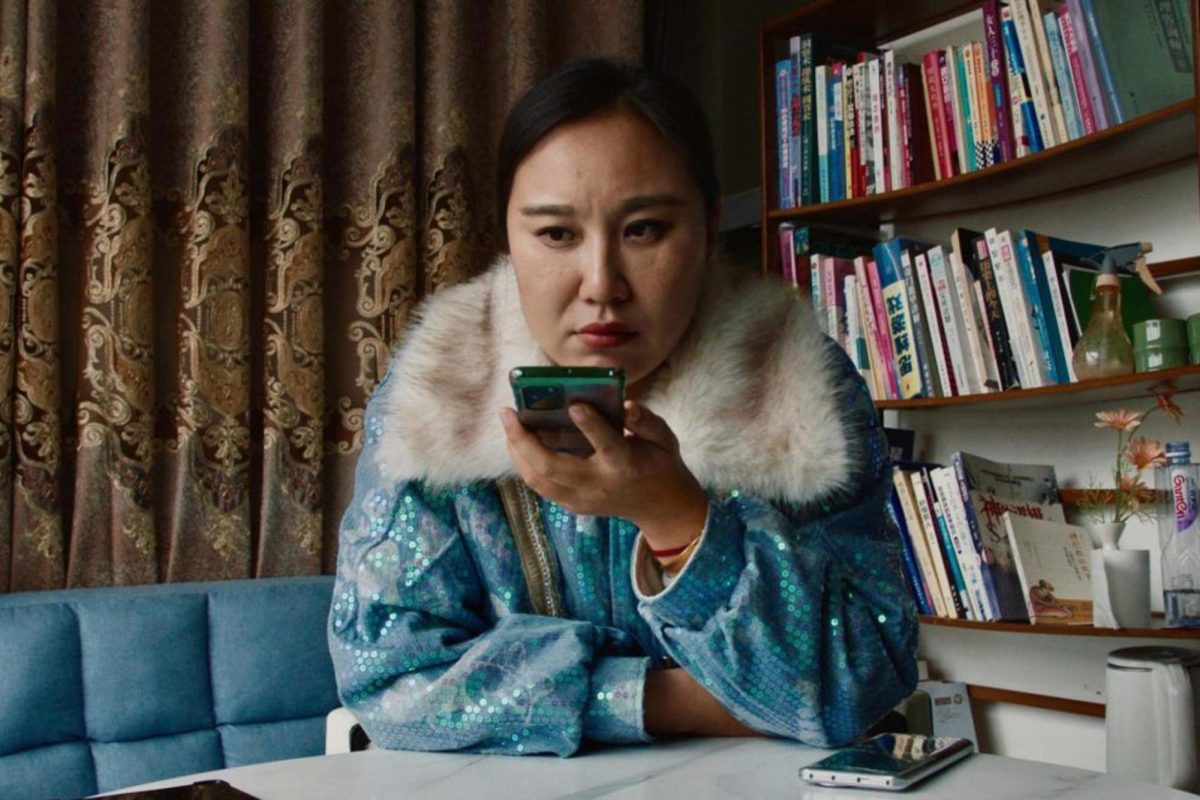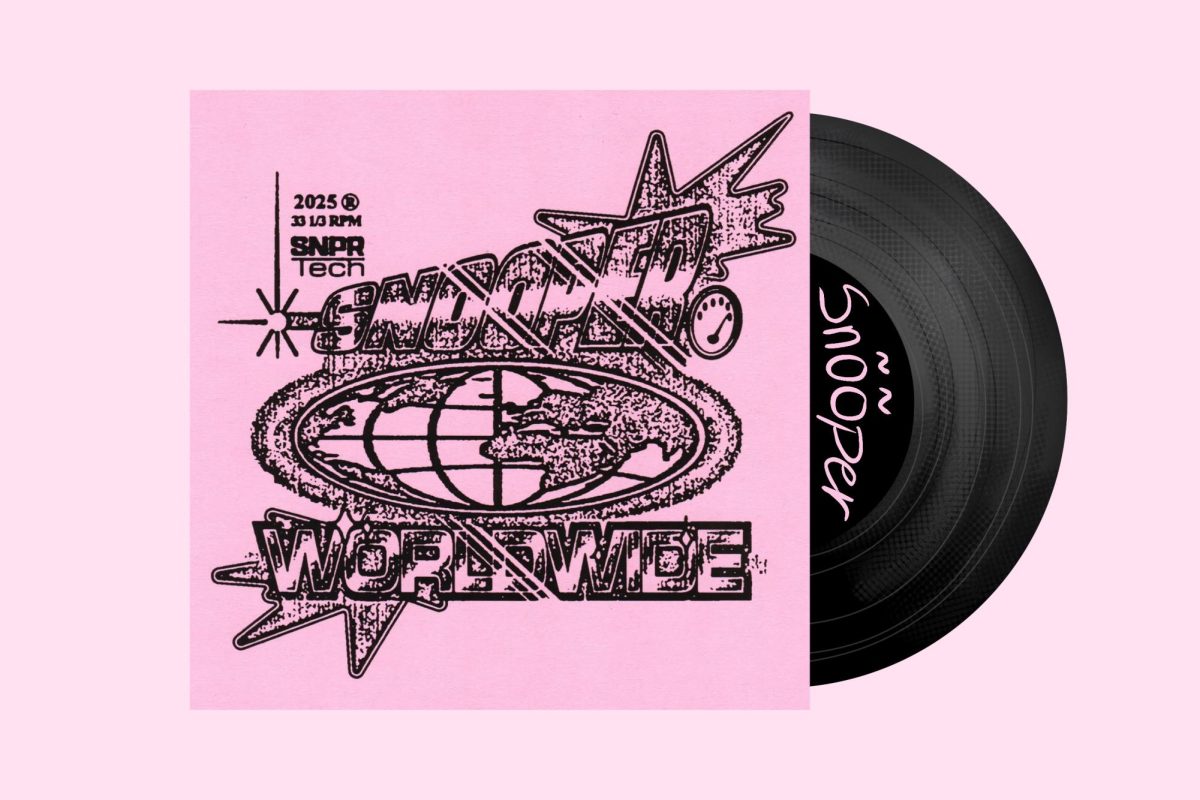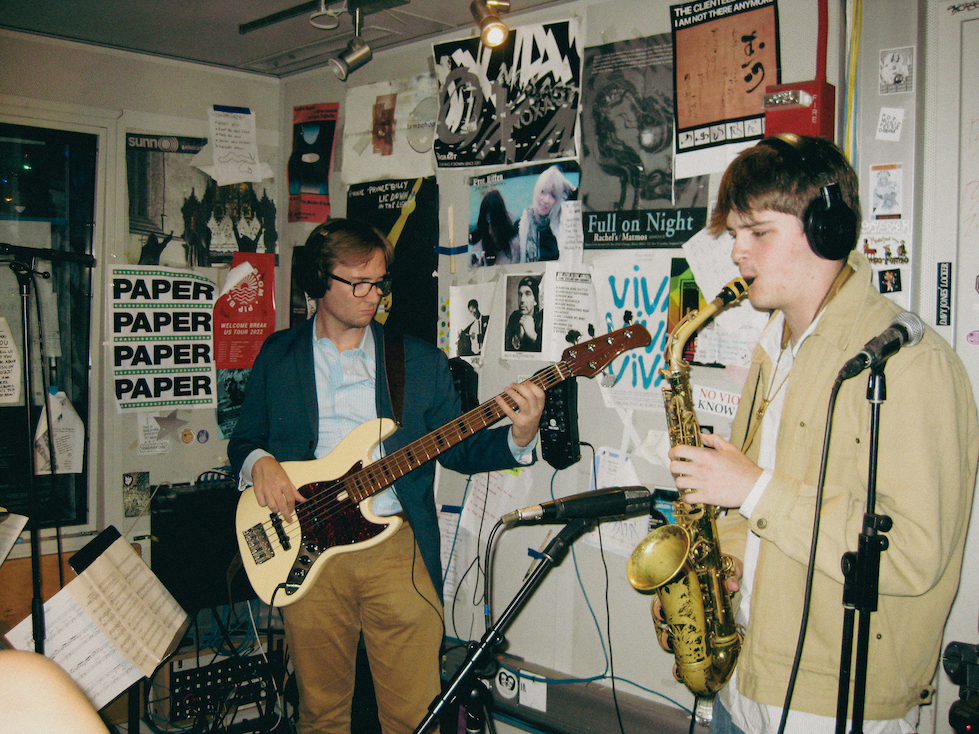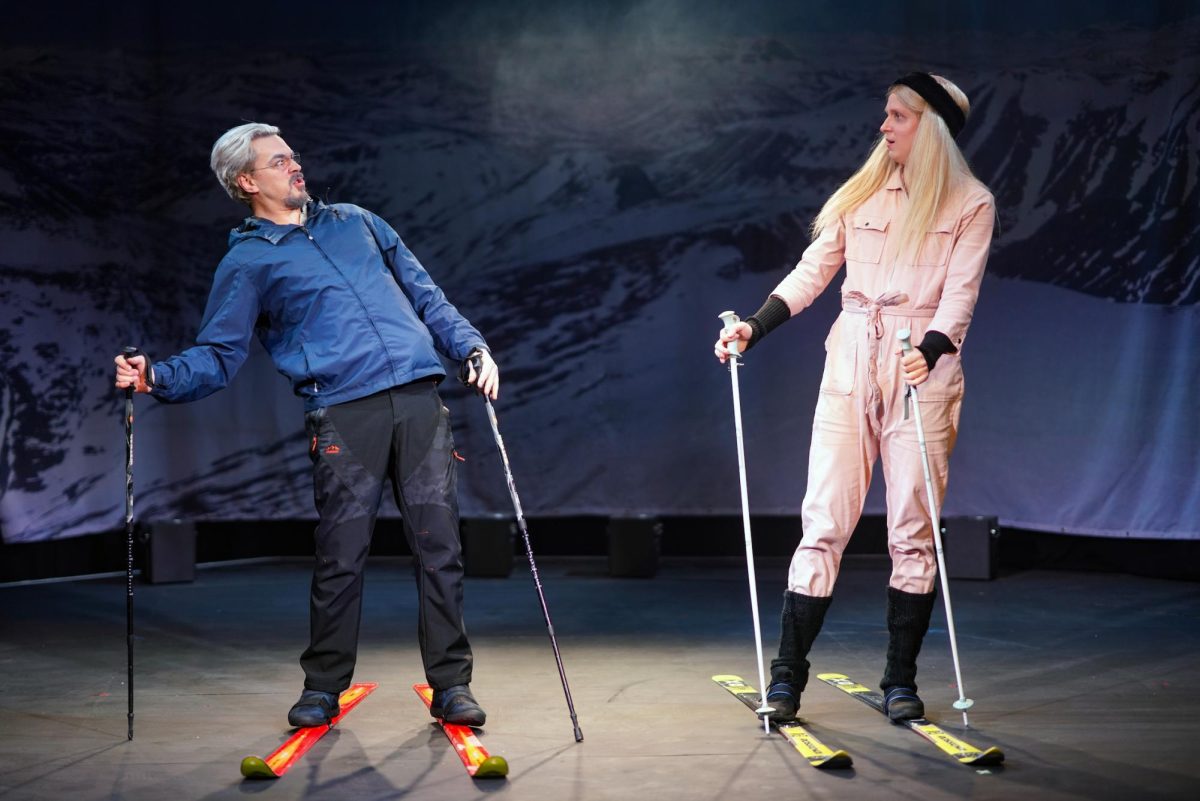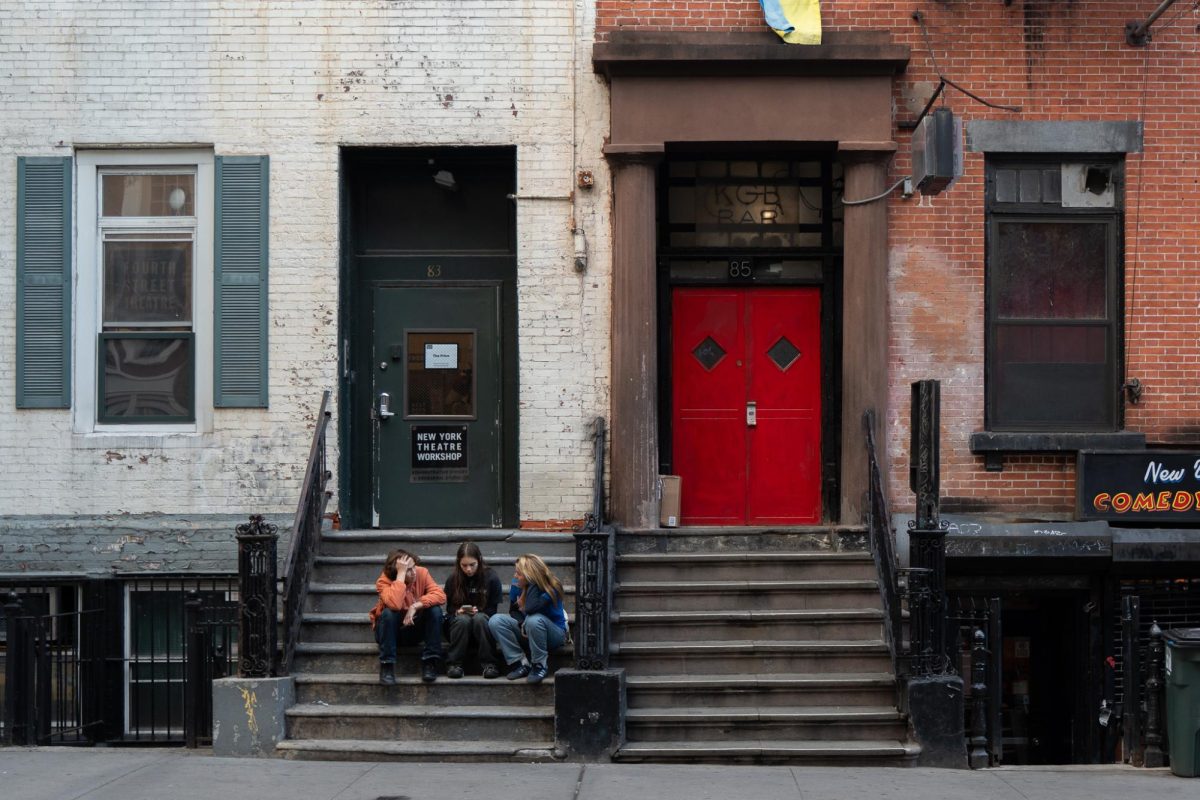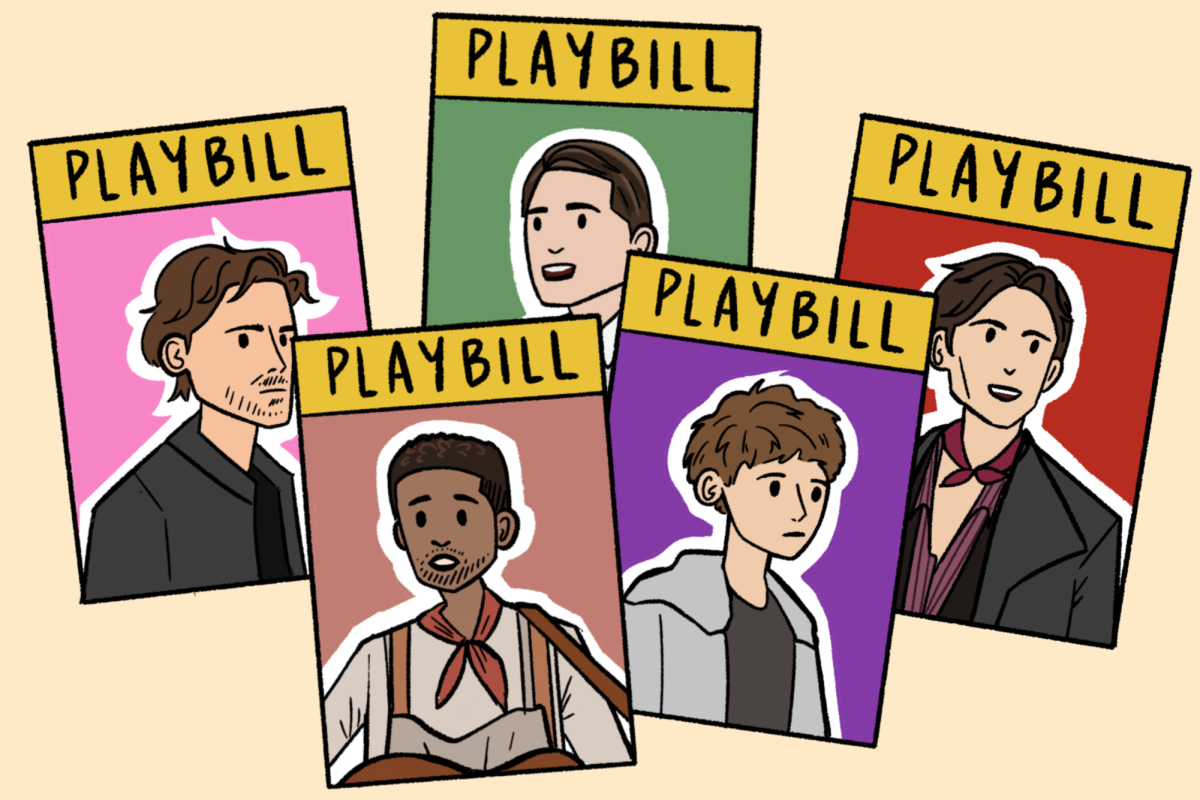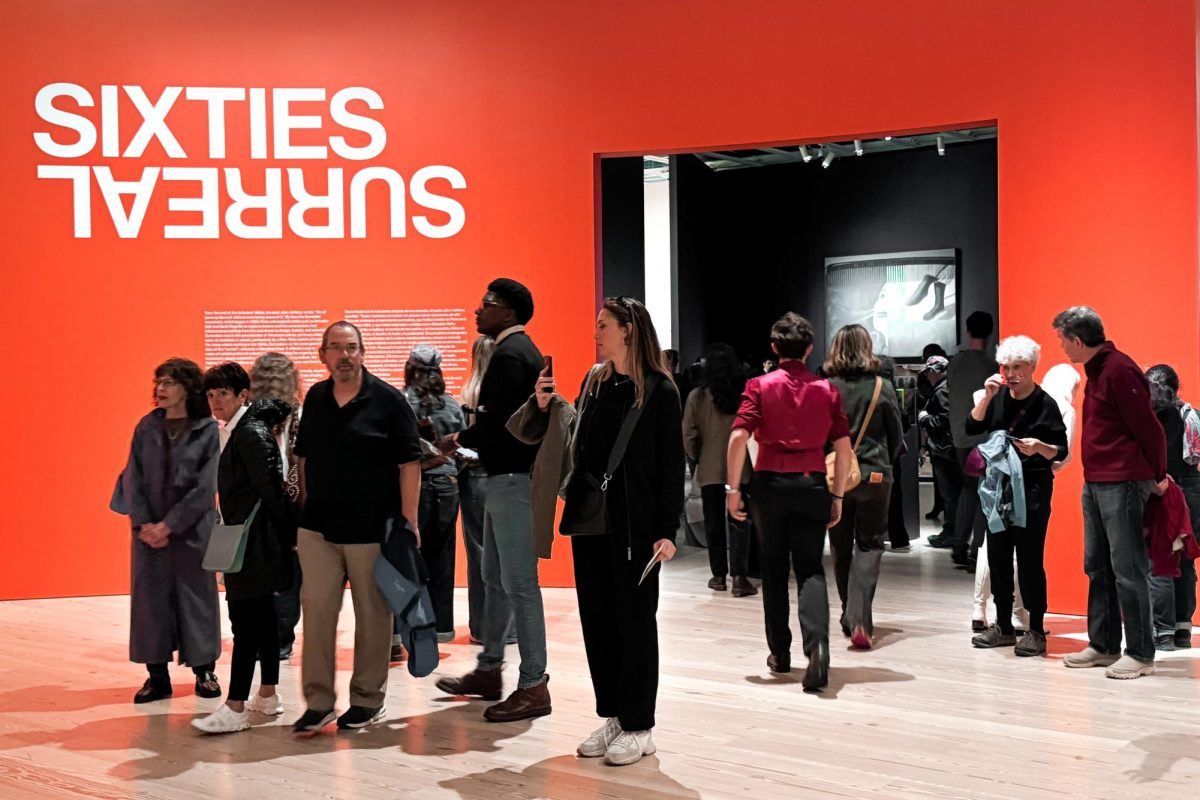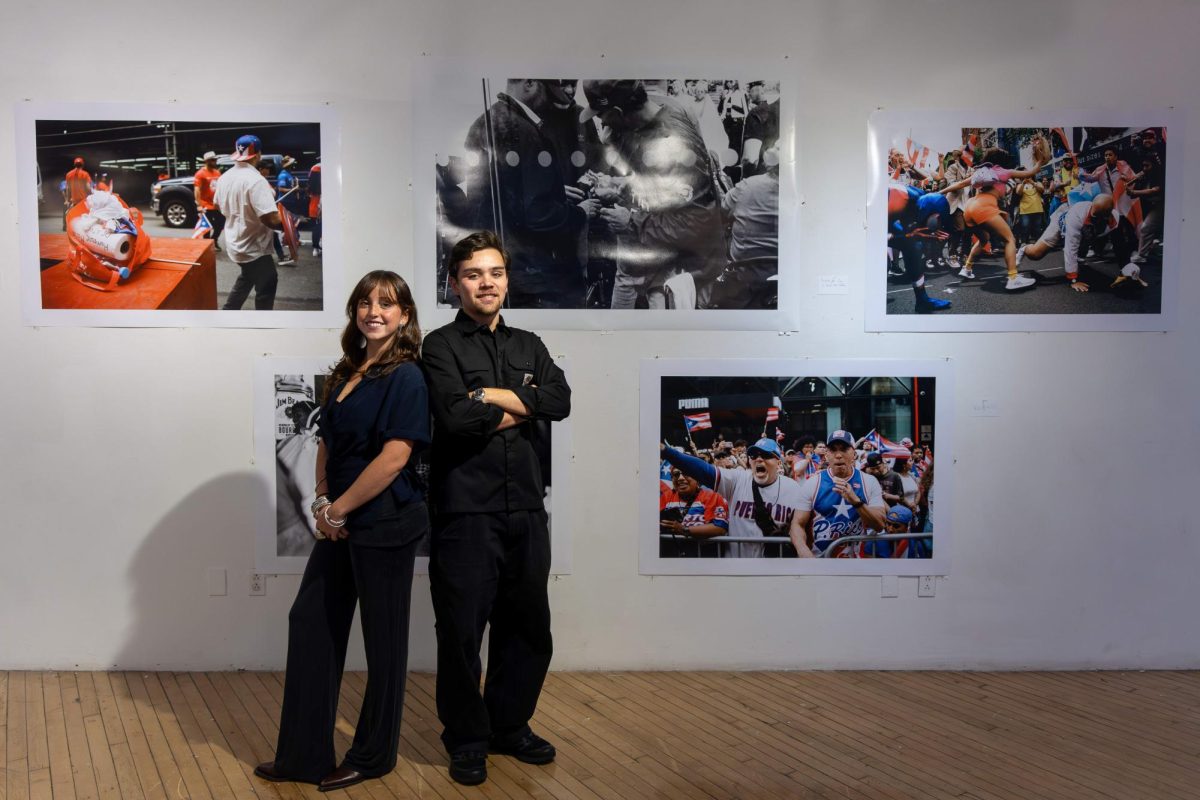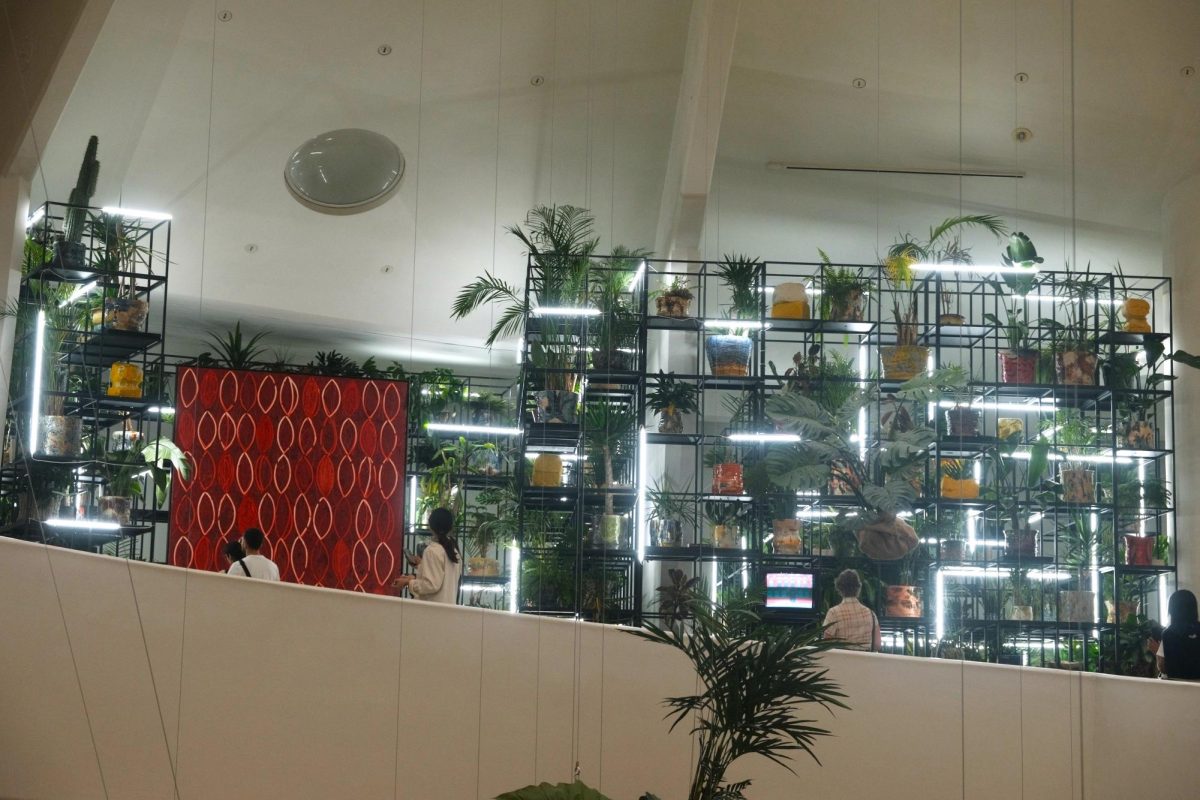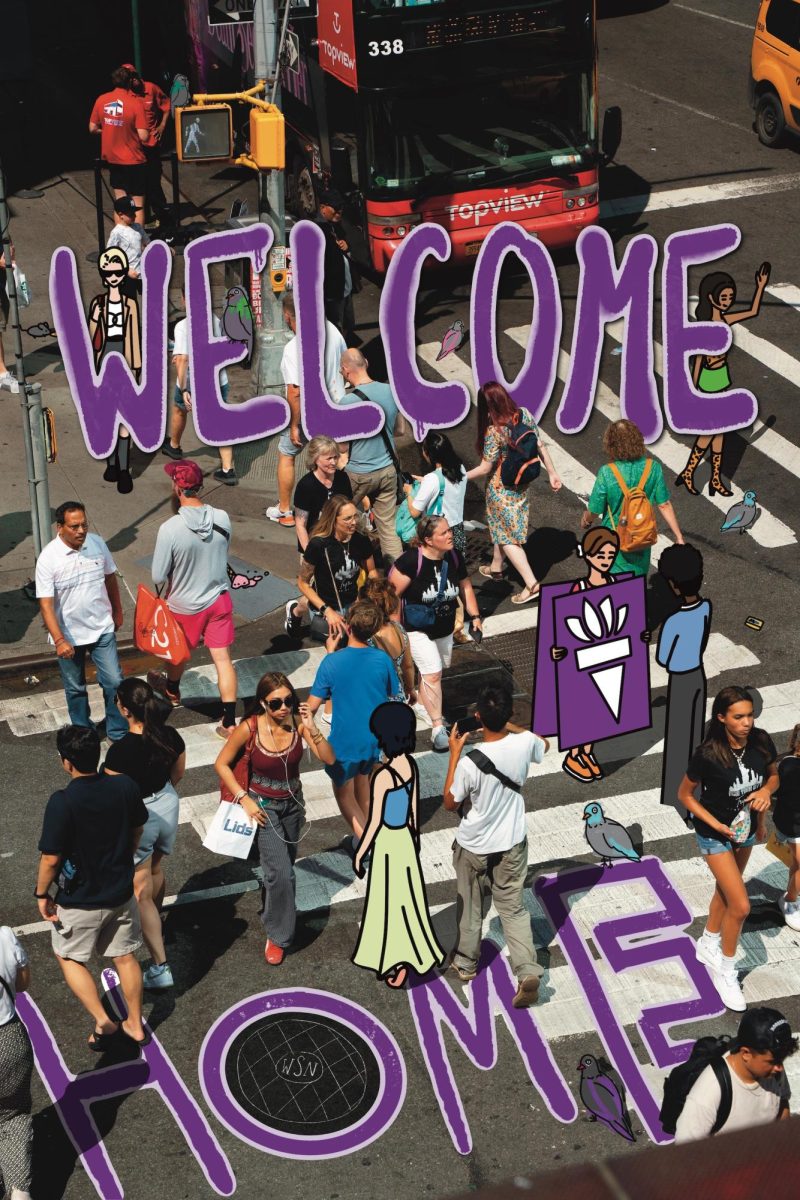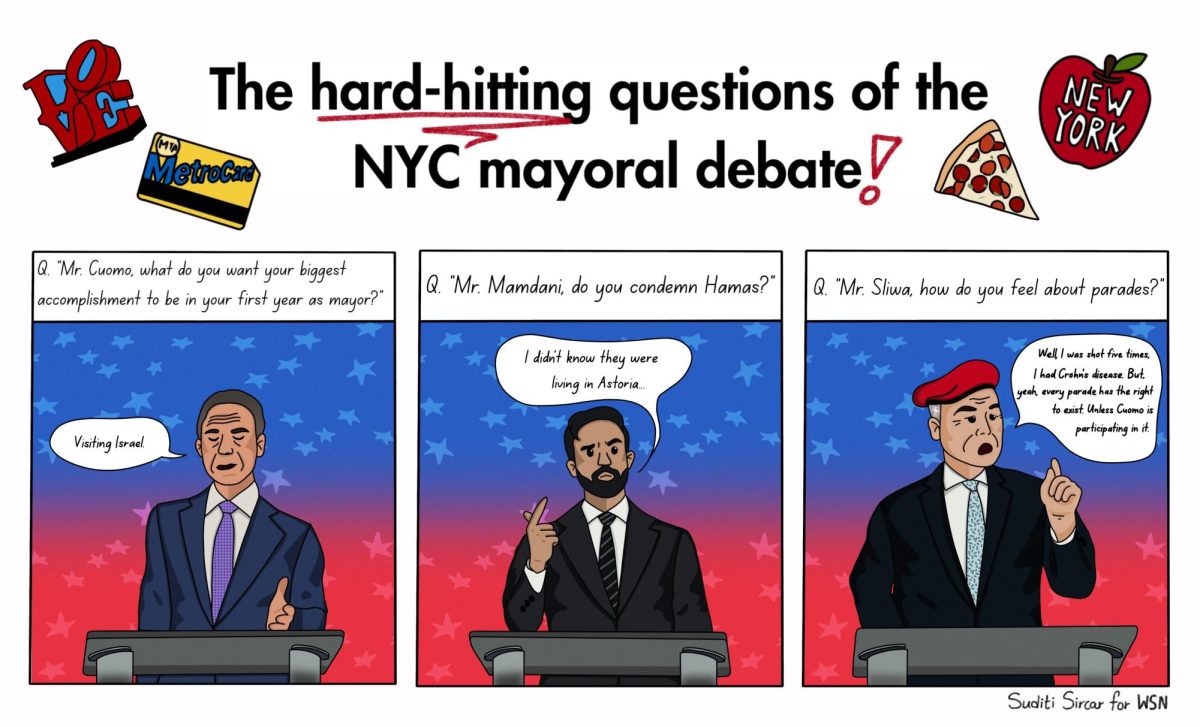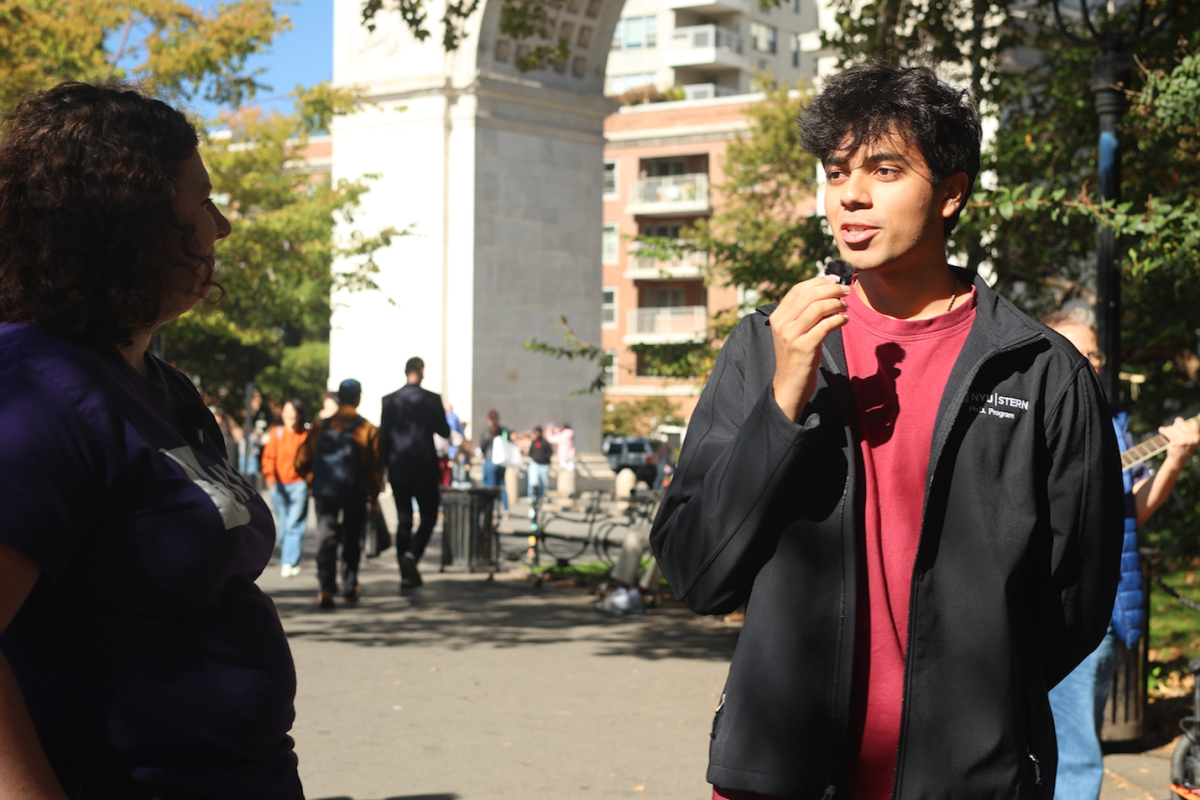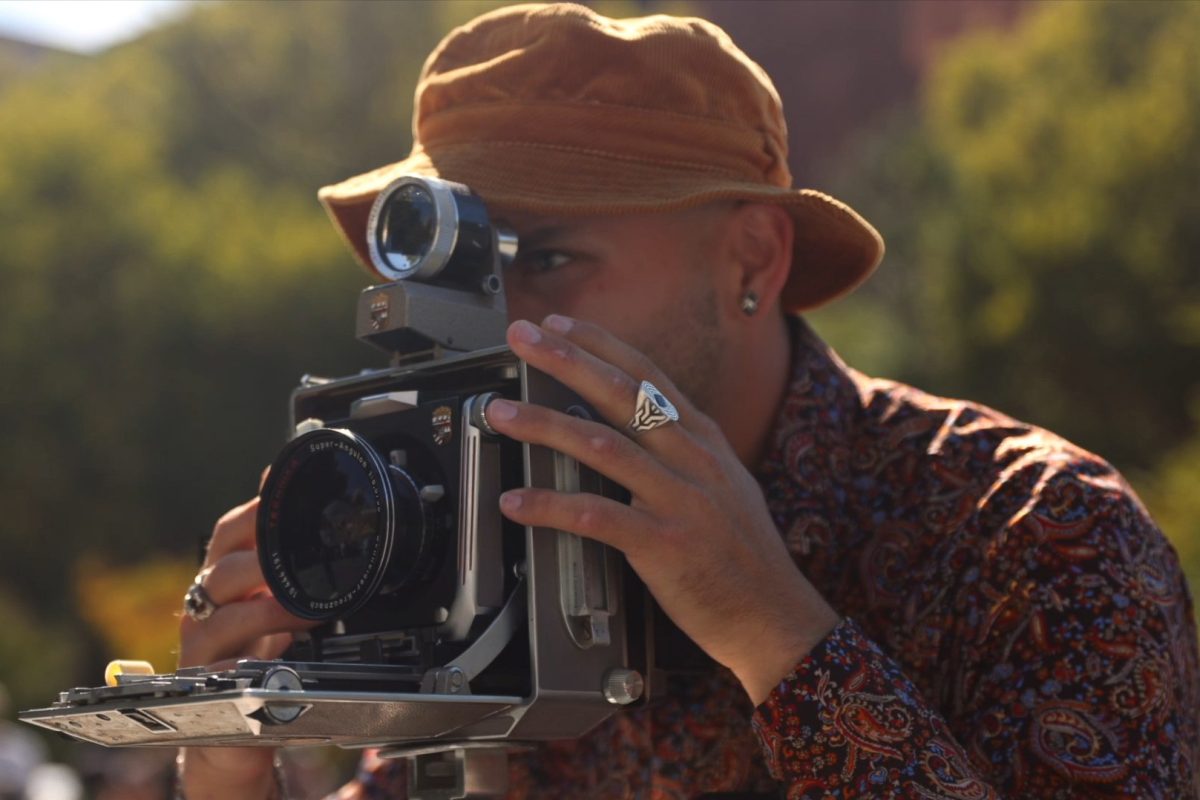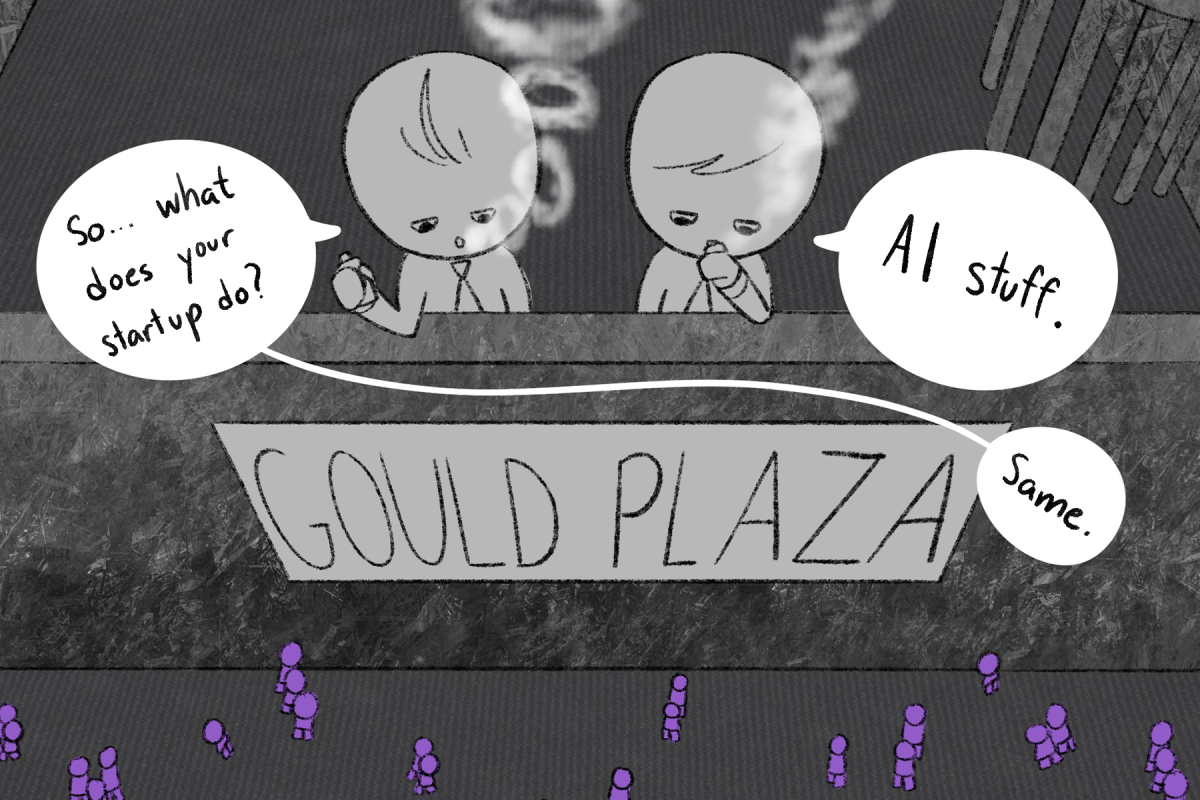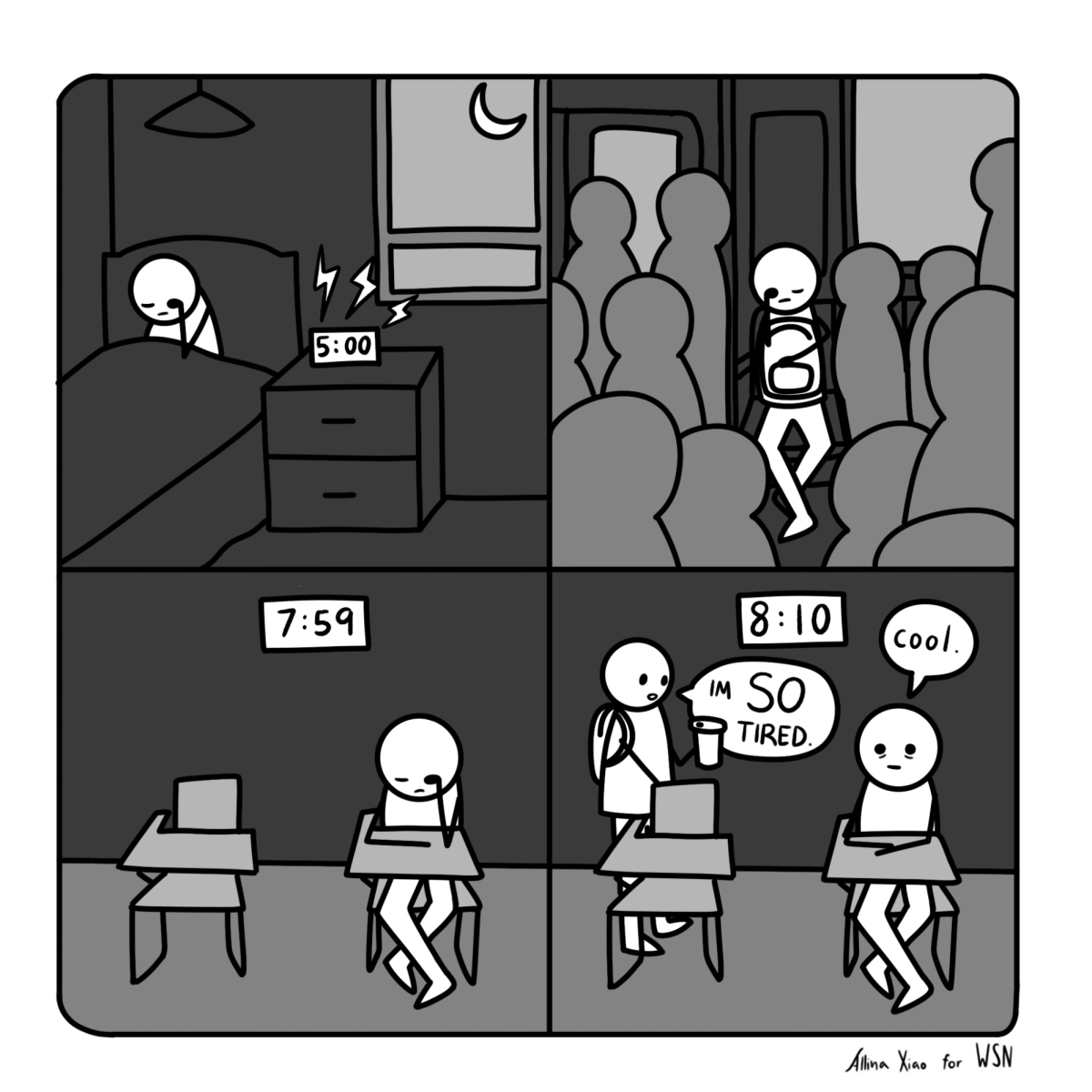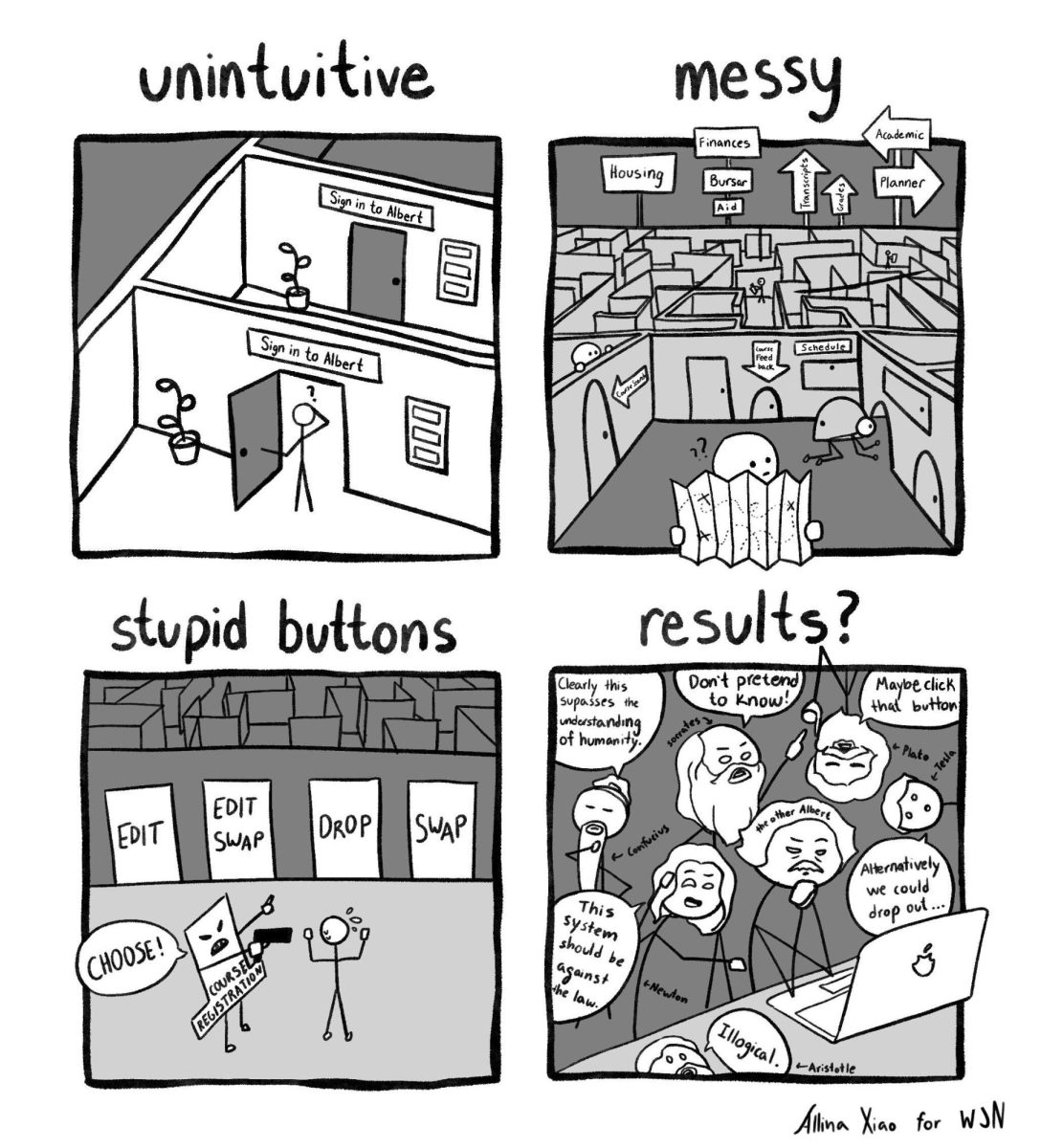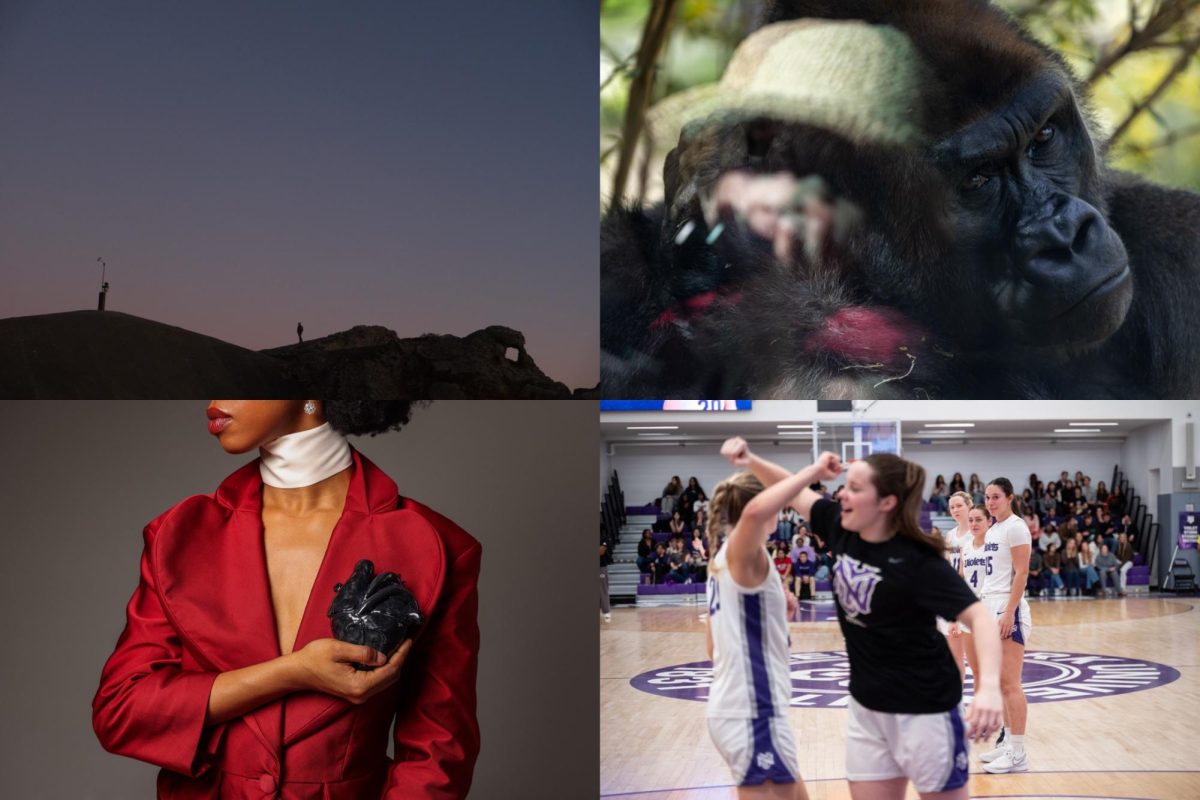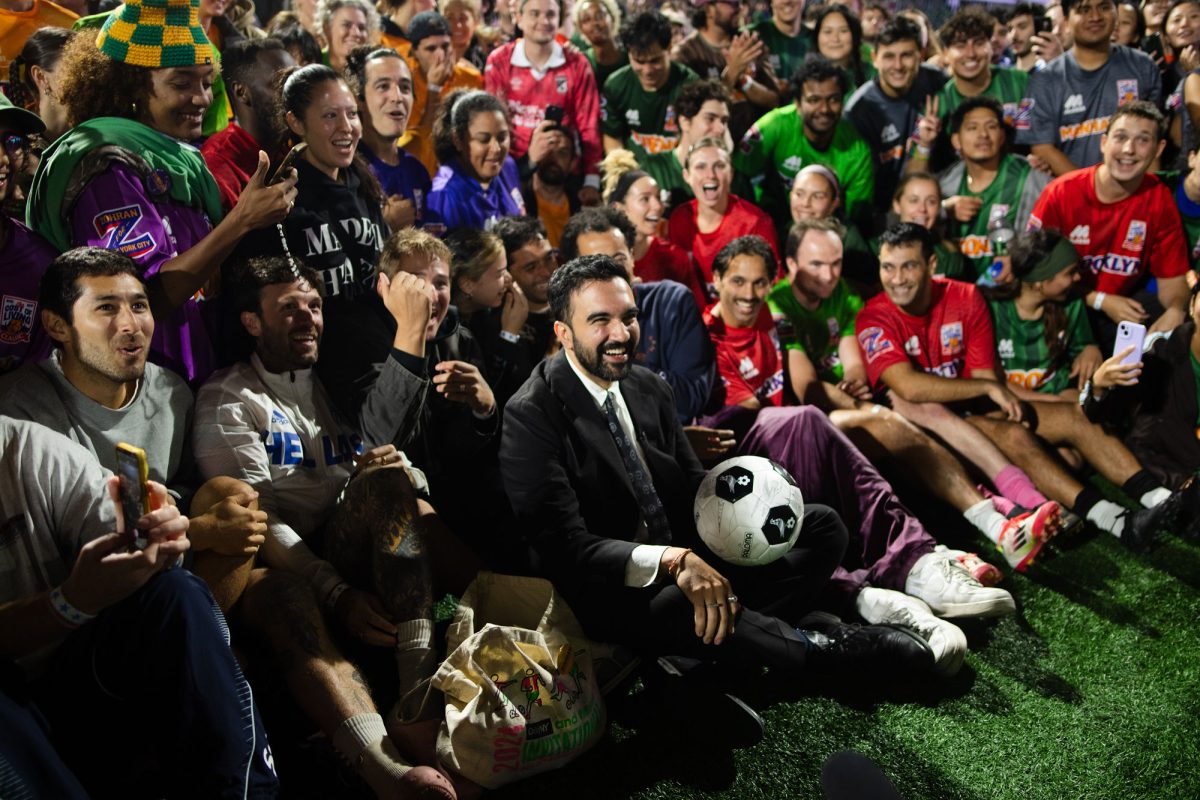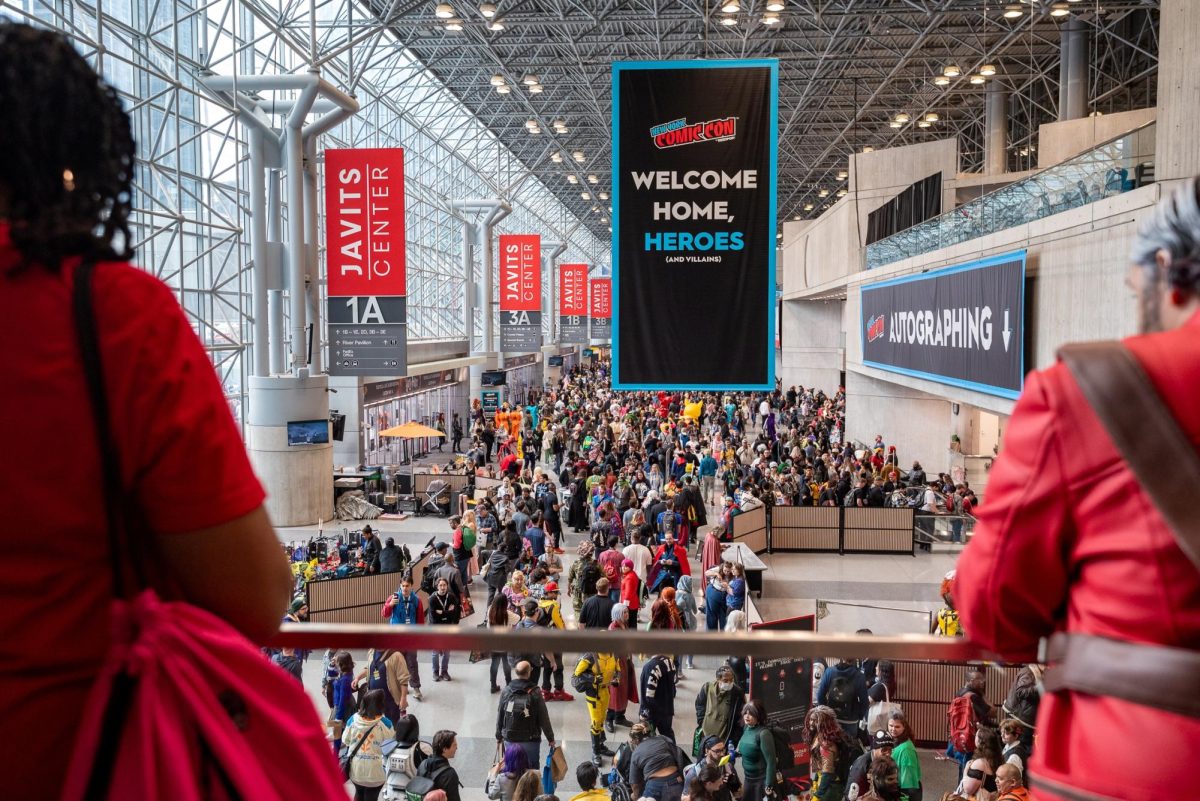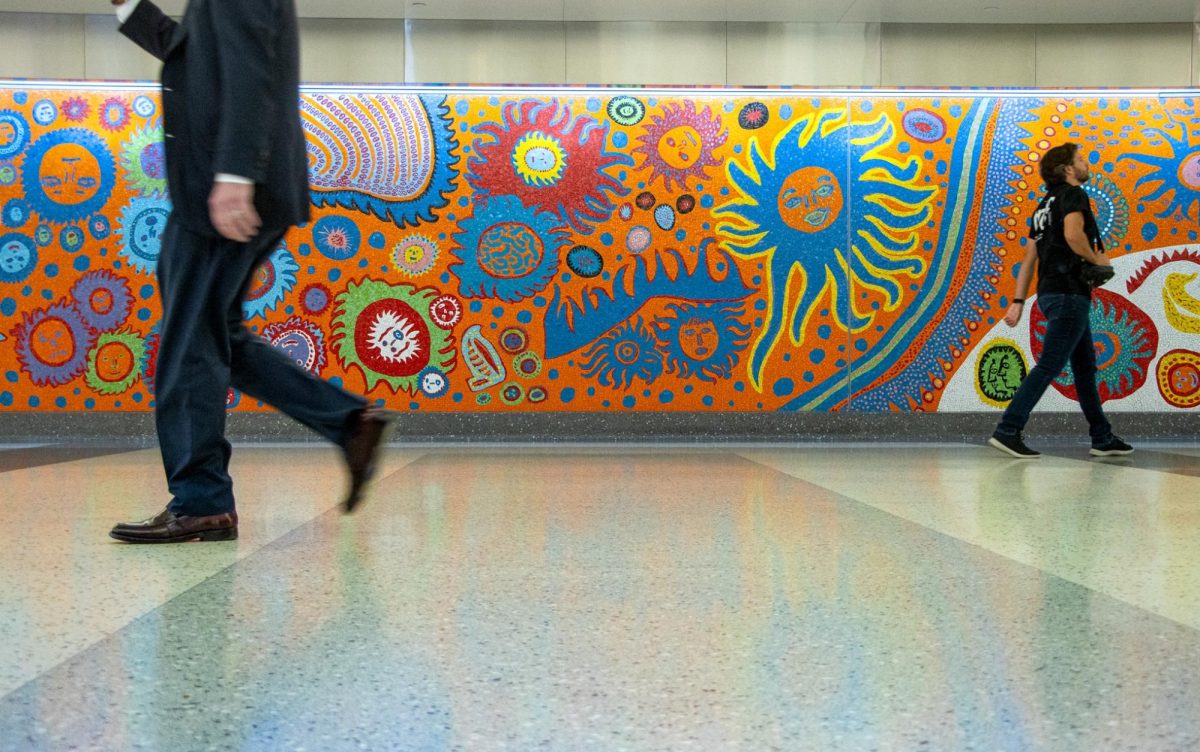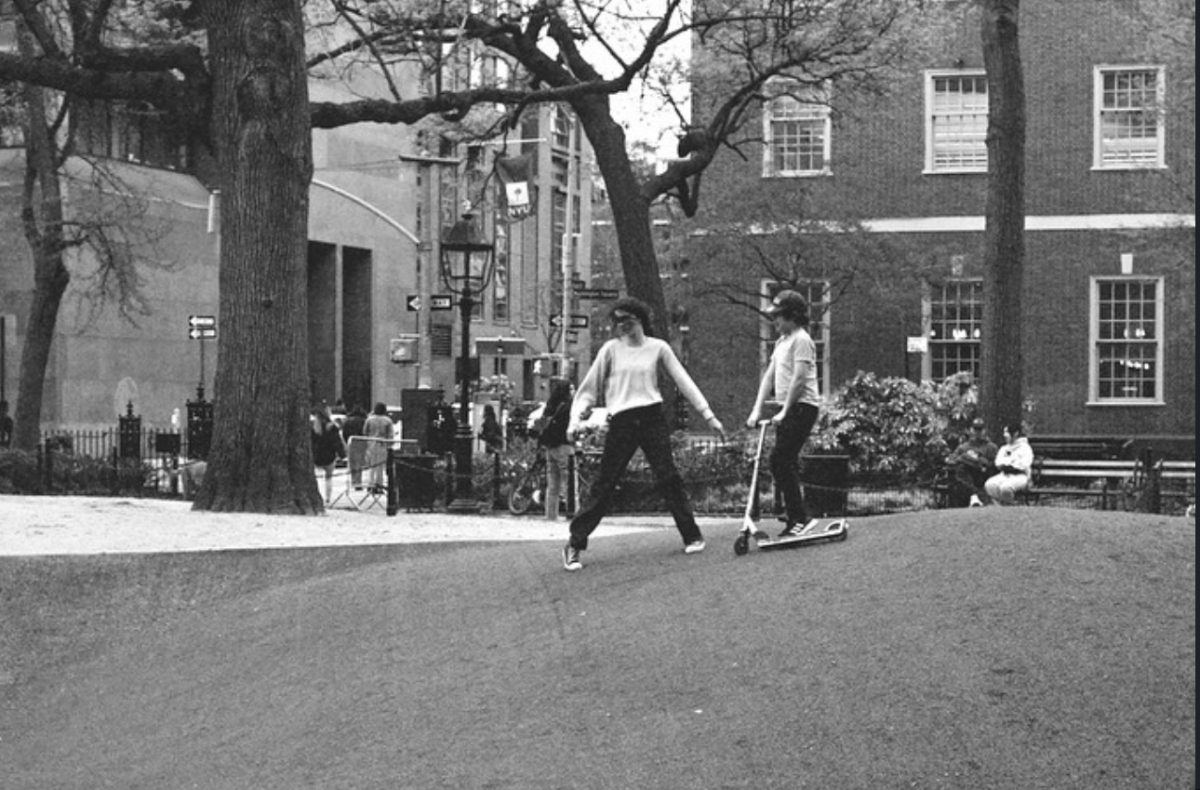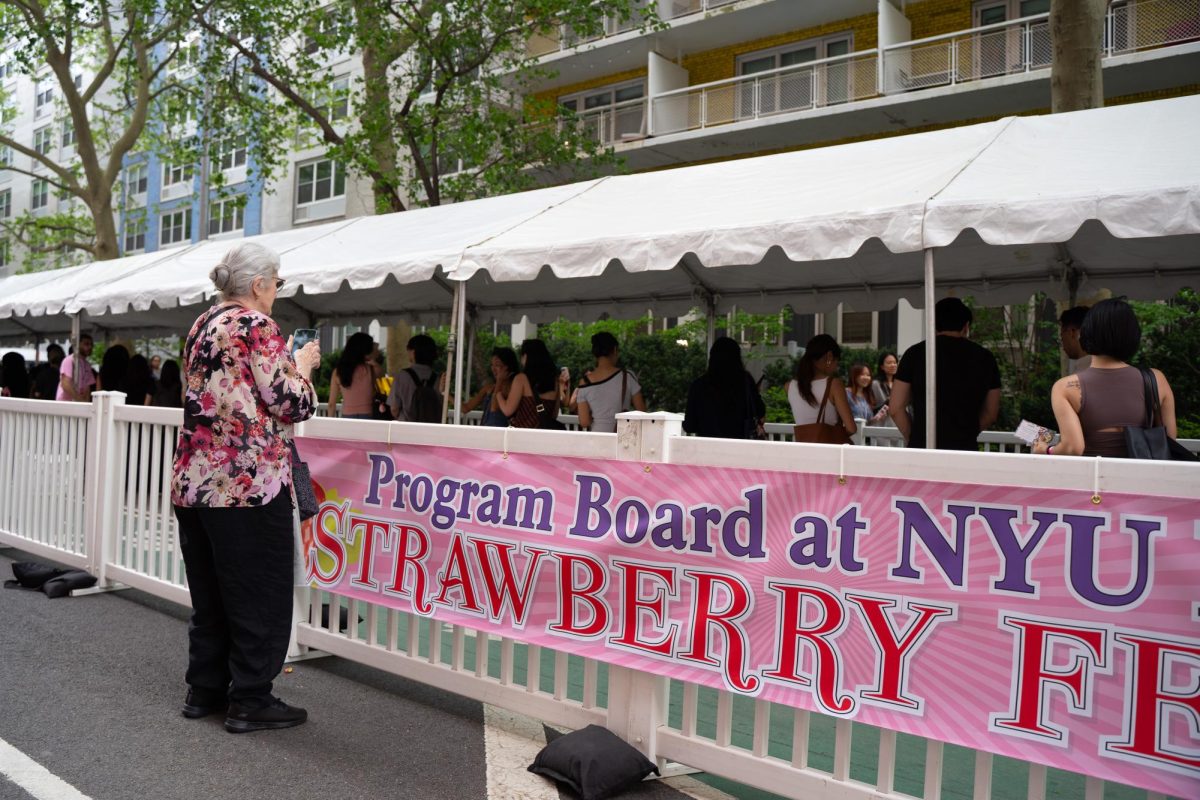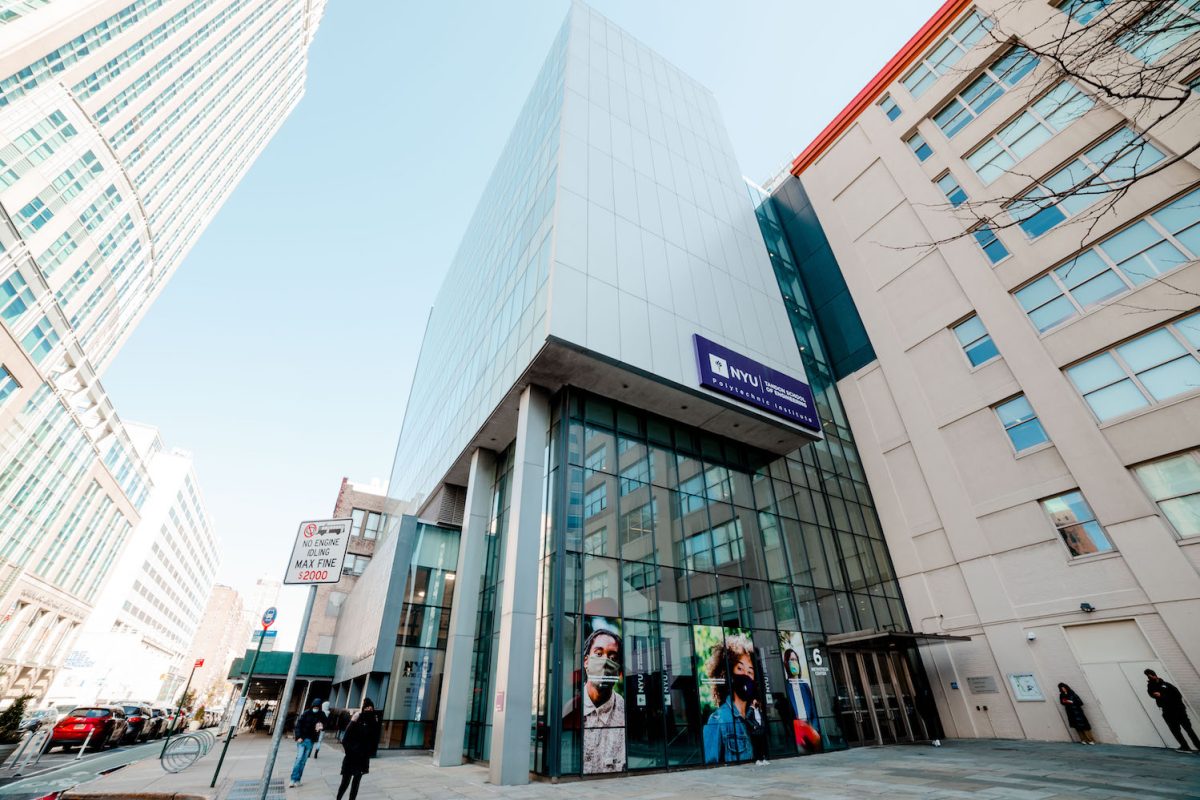Applications for NYU’s youth science and tech programs have nearly doubled in the past two years, bringing research and academic opportunities to hundreds of middle and high schoolers each summer. The program accommodates students from underrepresented backgrounds in STEM-related fields, offering free tuition and stipends for lower-income residents in New York City.
Run by the Tandon School of Engineering’s Center for K12 STEM Education, the program received just over 2,800 applications in 2023 — jumping to around 4,800 in 2024. Ben Esner, the center’s director, credited the program’s move toward STEM-focused careers and the center’s growing reputation for bringing in new applicants.
“Because schools don’t really have the time or expertise to provide the kinds of educational experiences we do, parents and students look for places like ours,” Esner said in an interview with WSN. “There are lots of students for whom none of this is accessible, and there are a lot of students who haven’t considered it as something they might be interested in — that speaks to the range of programs that we run.”
Esner has been with the center since its founding in 2011, when its summer course received just dozens of applications. The program offers 11 different courses in areas including machine learning, digital design and other STEM-focused subjects.
One of the center’s most popular offerings — which received around 1,800 applications in 2024 — is the Applied Research Innovations in Science and Engineering program, a 10-week course offering areas of study focused on chemical, computer and other forms of engineering, anthropology and biology. For each course, students work closely with researchers in NYU’s undergraduate and graduate programs to support ongoing projects. The program provides participants a stipend of at least $1,000 for work in research labs and is only open to high school sophomore and junior New York City residents.
“We want to make sure that all students have access to a high quality engineering, technology and science education,” Esner said. “We are interested in students exploring whether these kinds of fields are where they want to be.”
Khanh Duong, the center’s marketing and communications manager, said that improving accessibility is the central focus of all the programs. Esner said that while many of the programs target students already involved in STEM, there are also introductory options for those who are “STEM-curious.”
“Seeing students get hands-on STEM experience, especially those who haven’t explored STEM as a career option, is inspiring,” Duong said in a statement to WSN. “The recent growth has been particularly exciting because it has allowed us to reach more students and expand our programs in ways that weren’t possible before.”
Duong added the center’s surge in popularity was the result of efforts from staff, alumni and program partners, as well as a recent uptick in media attention and public recognition following expanded branding, marketing and outreach efforts. He also cited a program that tasks undergraduate ambassadors visiting high schools to drive engagement and participation.
Tandon senior Katherine Rodriguez told WSN that she has worked as a Dean’s Outreach Influencer for the program since 2022. Rodriguez said that as a member of the recruitment team, she communicates frequently with schools, hosts in-person and virtual informational assemblies about the program and offers workshops for prospective applicants.
Esner said that watching students connect what they learn at the programs to real-life experiences is one of the most rewarding parts of his work. He added that the center connects students, families and communities at-large by integrating real-world urban problems in the coursework.
“The feedback from parents is almost always extraordinary,” Esner said. “It will make you cry.”
Five of the programs are free or offer students a stipend, while the other six have a sticker price between $3,050 and $10,350. They primarily support students from underrepresented socioeconomic backgrounds in science and technology, including Black or Latino students, students from lower income areas, and girls and young women. Applications are evaluated based on grades, personal essays, extracurricular activities and letters of recommendation.
Looking ahead, the program’s staff aim to continue to expand its outreach, specifically addressing high schoolers and educators from resource-deficient areas. After the team added multiple course offerings for this summer, they will dedicate the next few years to ensuring the current selection of courses remains stable and well-supported.
“We have a good mission — and we’re good at it,” Esner said. “We are gonna build on that curriculum. We are hopefully gonna have more students than we’ve ever had this coming summer.”
Contact Juan Hanes at [email protected].

